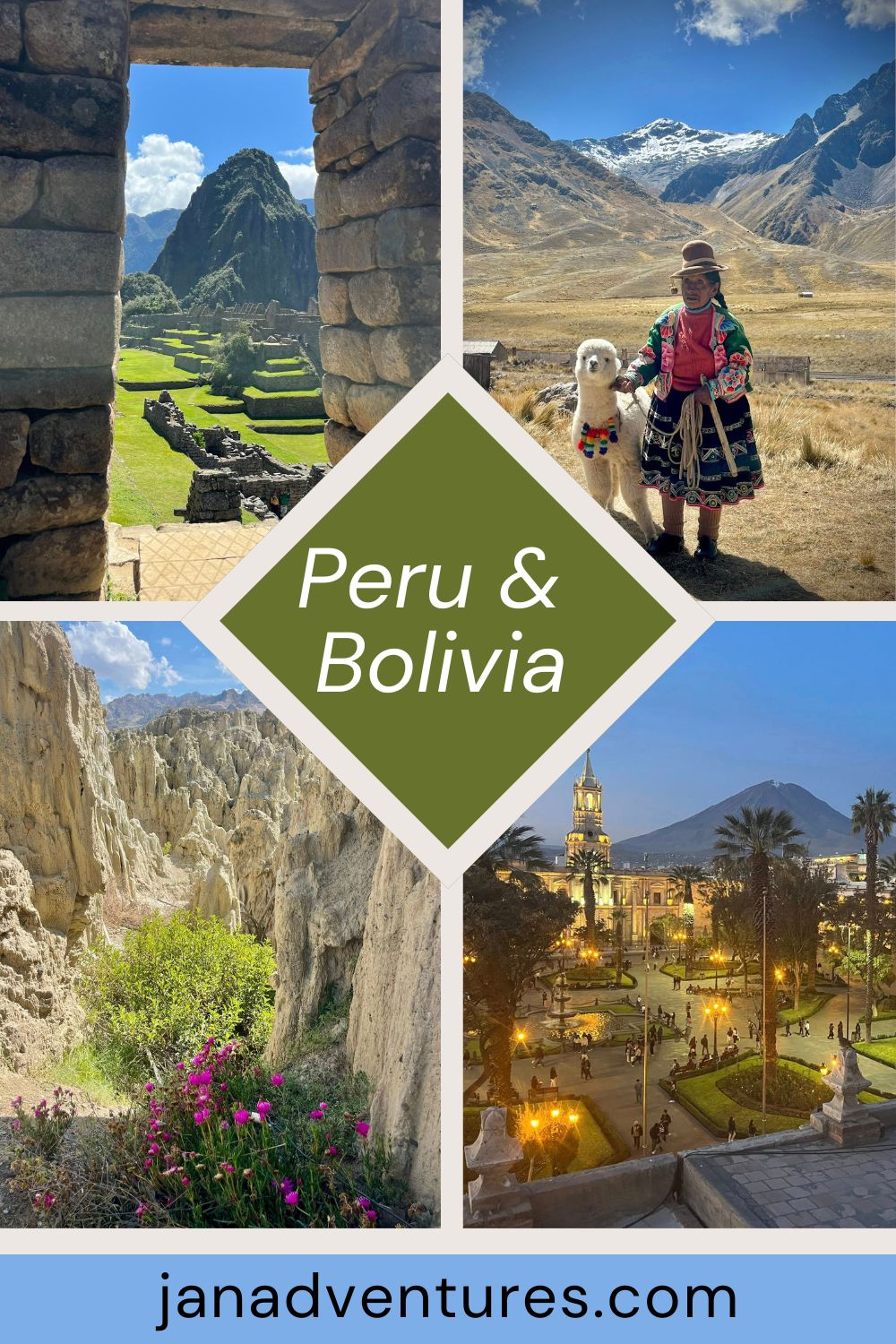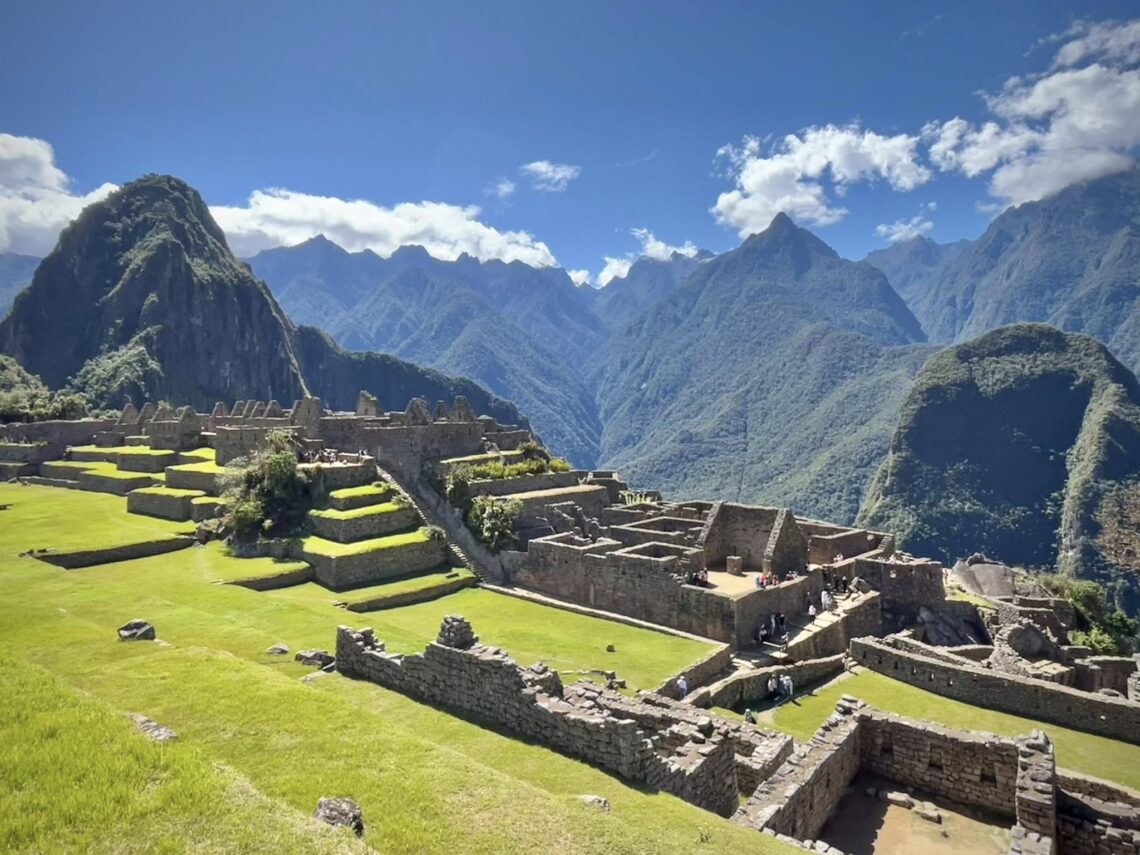
Peru and Bolivia Itinerary
I spent two weeks touring around Peru and Bolivia in June 2025. What an amazing experience to see these two countries. This trip increased my total countries visited to 75! Read on to learn about my Peru and Bolivia Itinerary.
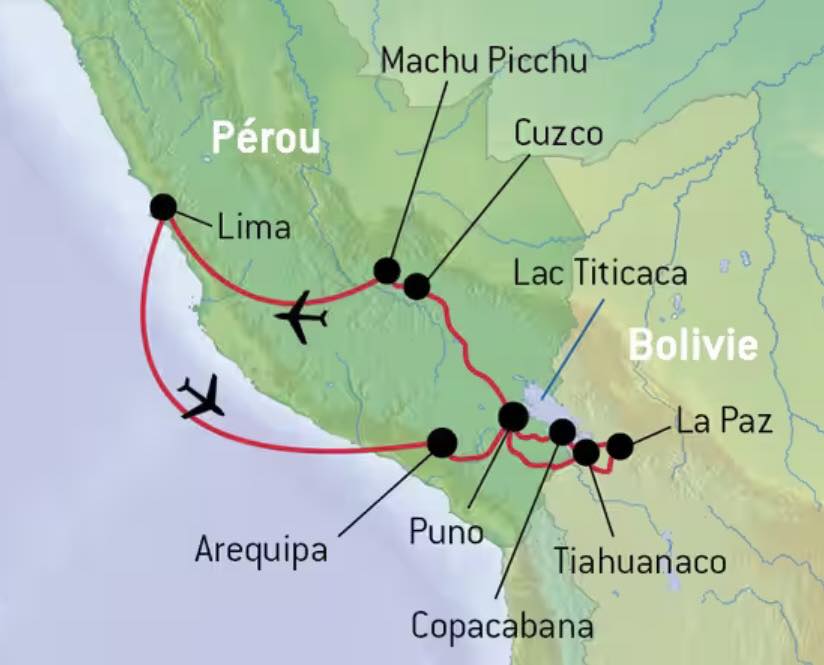
If you are looking for assistance to plan your next trip, I am here for YOU! I love to plan travel itineraries for myself and others. For more details on how I provide this service, please check out my Itinerary Planning page and drop me a quick email at jan@janadventures.com to get started!
I used a Swiss-based travel company called Nettours.ch. We’ve used them many times in the past to countries like Azores, Cyprus, Tanzania, and Turkey. You can read about those trips by clicking on the links.
This two week trip was probably the furthest I’ve traveled with Nettours. We were very happy with the service and especially the low cost this company offers. If you’re not sure about doing organized tours, read my article on the Pros and Cons of Tour Packages.
Day 1 – Lima
After our flight from Geneva to Madrid and a 12-hour flight to Lima, we arrived safely but tired. The next day we had a half-day tour of Lima, focusing on the historic center and UNESCO World Heritage Site.

There are 11 million people living in Lima, more than the total of Switzerland (where we live). Our bus drove us through the elegant Miraflores neighborhood and into the center and main square. We walked around the Plaza de Armas to see the colonial buildings including the Government Palace, Lima Cathedral, and the Archbishop’s Palace.
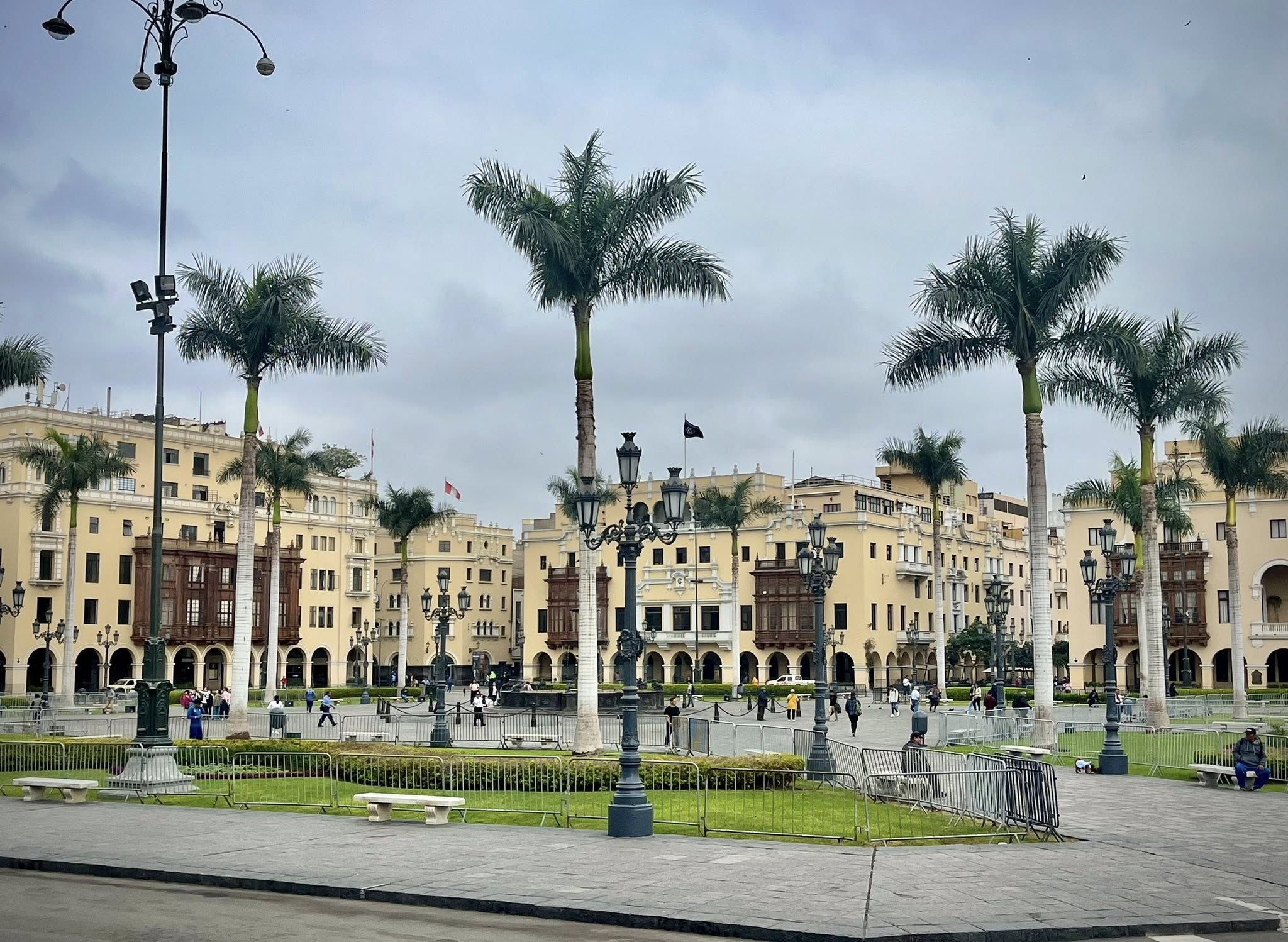
We saw many wooden box balconies in the historic part of Lima. They are called miradores and were inherited from the Mashrabiya tradition of Moorish architecture, as the Moors occupied Southern Spain. The term ‘mirar’ in Spanish translates to “to look”. This indicates that the balconies give residents an extensive view of the scenery. Click here for more info.
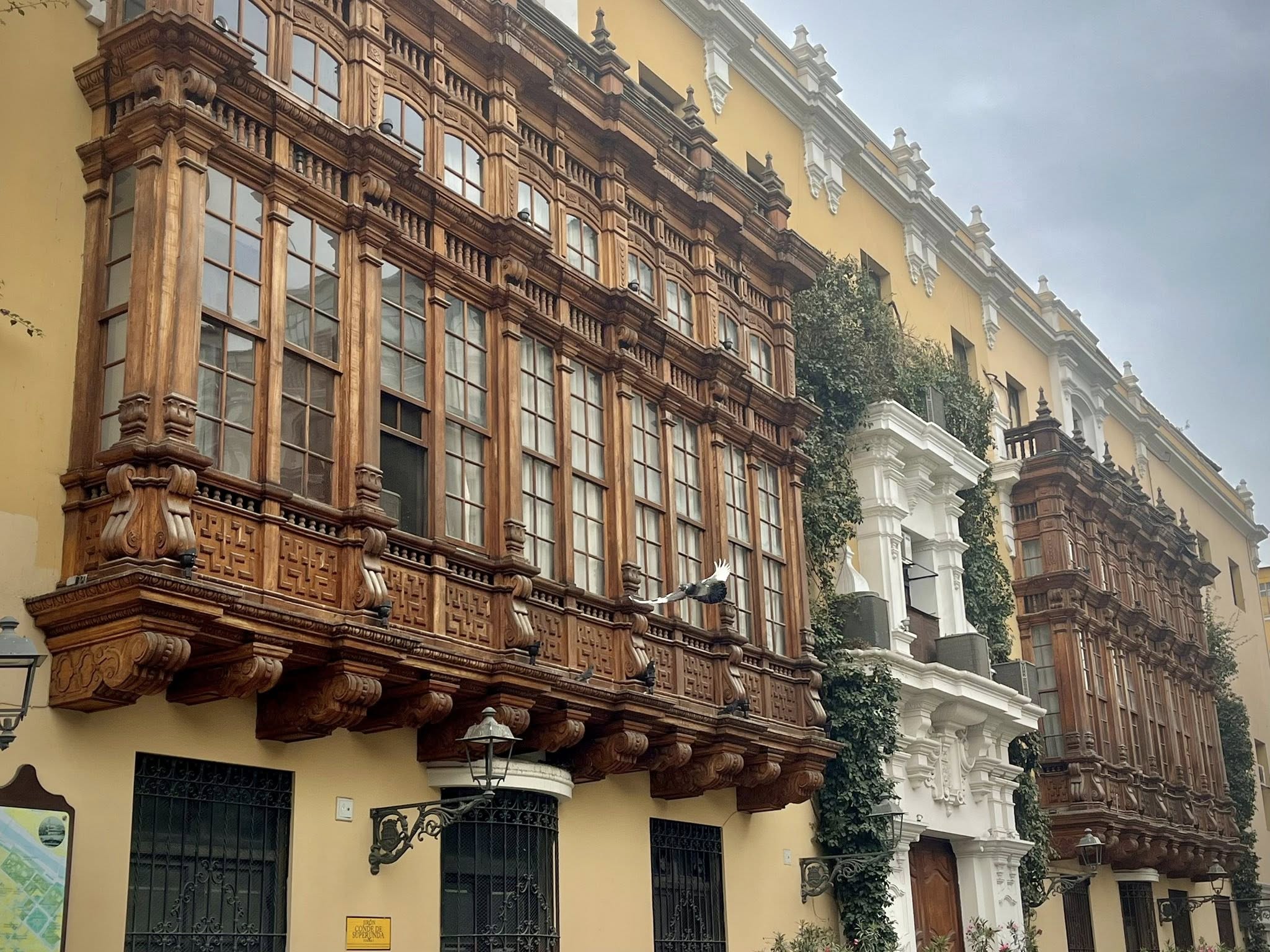
Our last tour stop in Lima was a visit to the Larco Museum, housed in an exquisite 18th century mansion. It was built over a 7th century pre-Columbian pyramid and surrounded by beautiful gardens. The Museo Larco was established in 1926 by Rafael Larco Hoyle, a pioneer of Peruvian archaeology, and it houses a fascinating collection of pre-Columbian art with 45,000 objects.
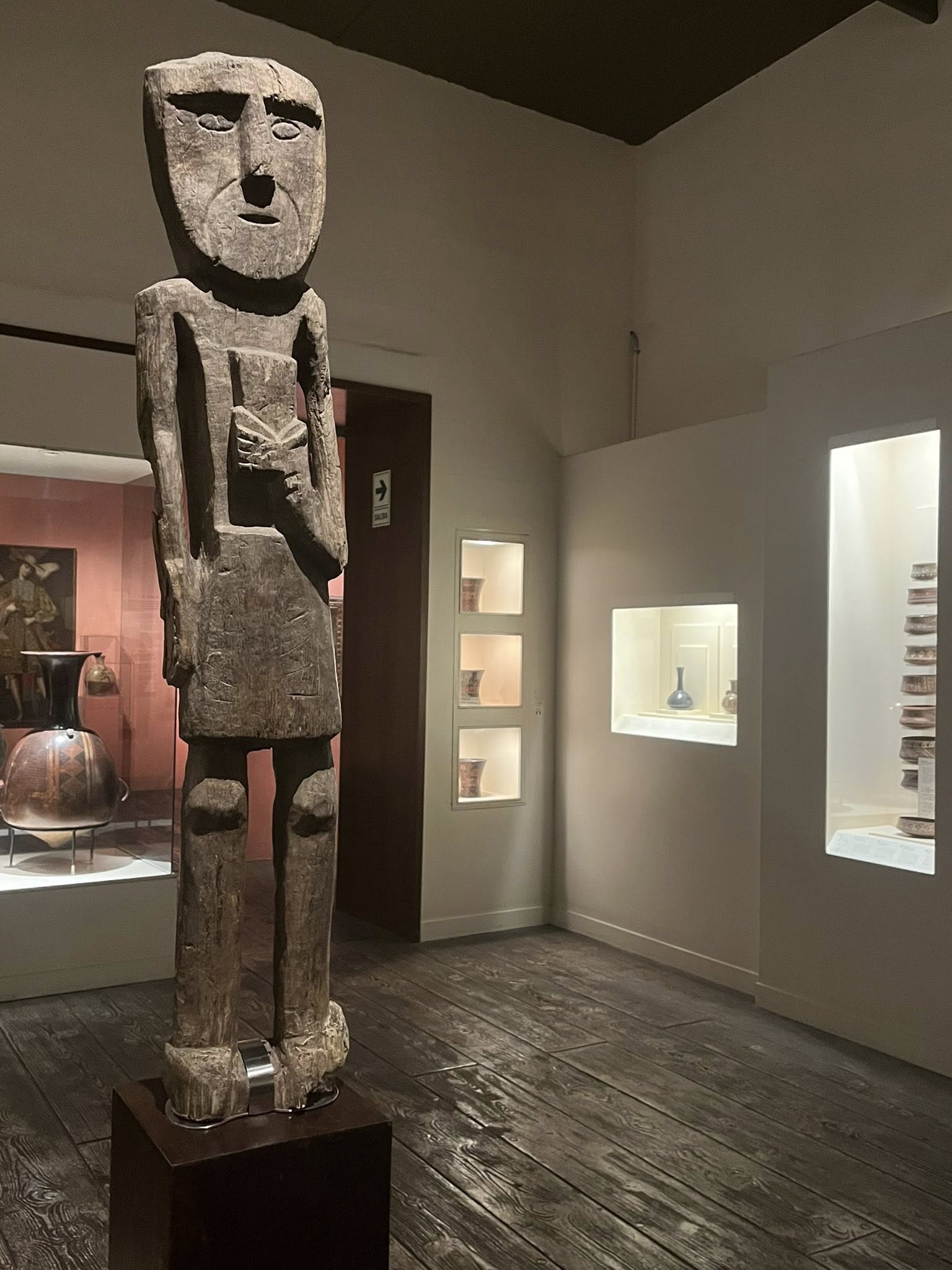
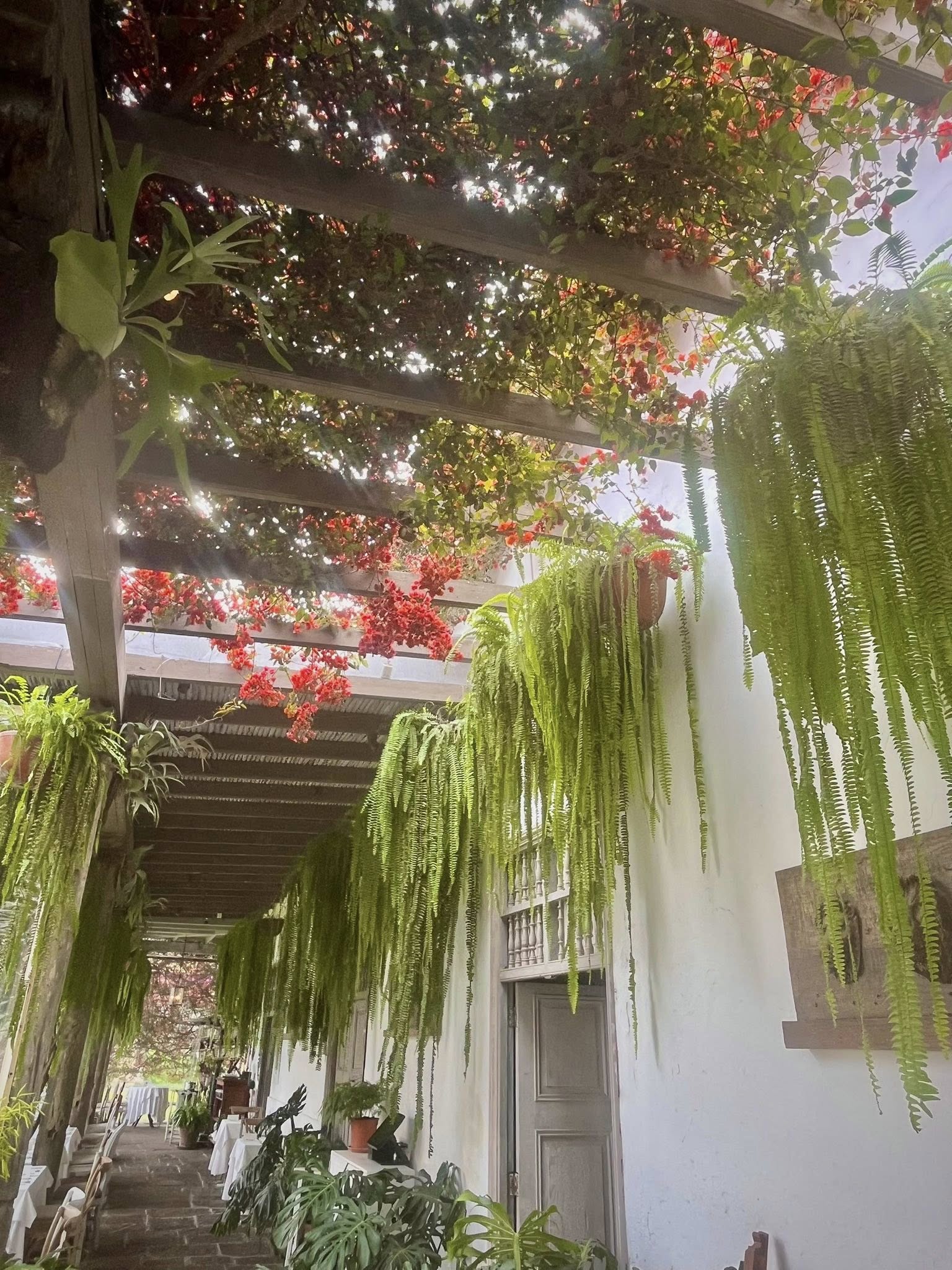
We had a delicious lunch at the restaurant on the premises where we got our first taste of Peruvian food (I love Ceviche) and the popular Pismo Sour cocktails.
If you are looking for excursions in Lima, check out the below GetYourGuide tours.
Day 1 – Lima to Arequipa
After our short tour of Lima, we took a 1-hour domestic flight to Arequipa, nestled between majestic volcanoes at an altitude of 2,335 meters above sea level. The views from the plane were interesting with very dry mountain terrain and some snow-capped mountains.
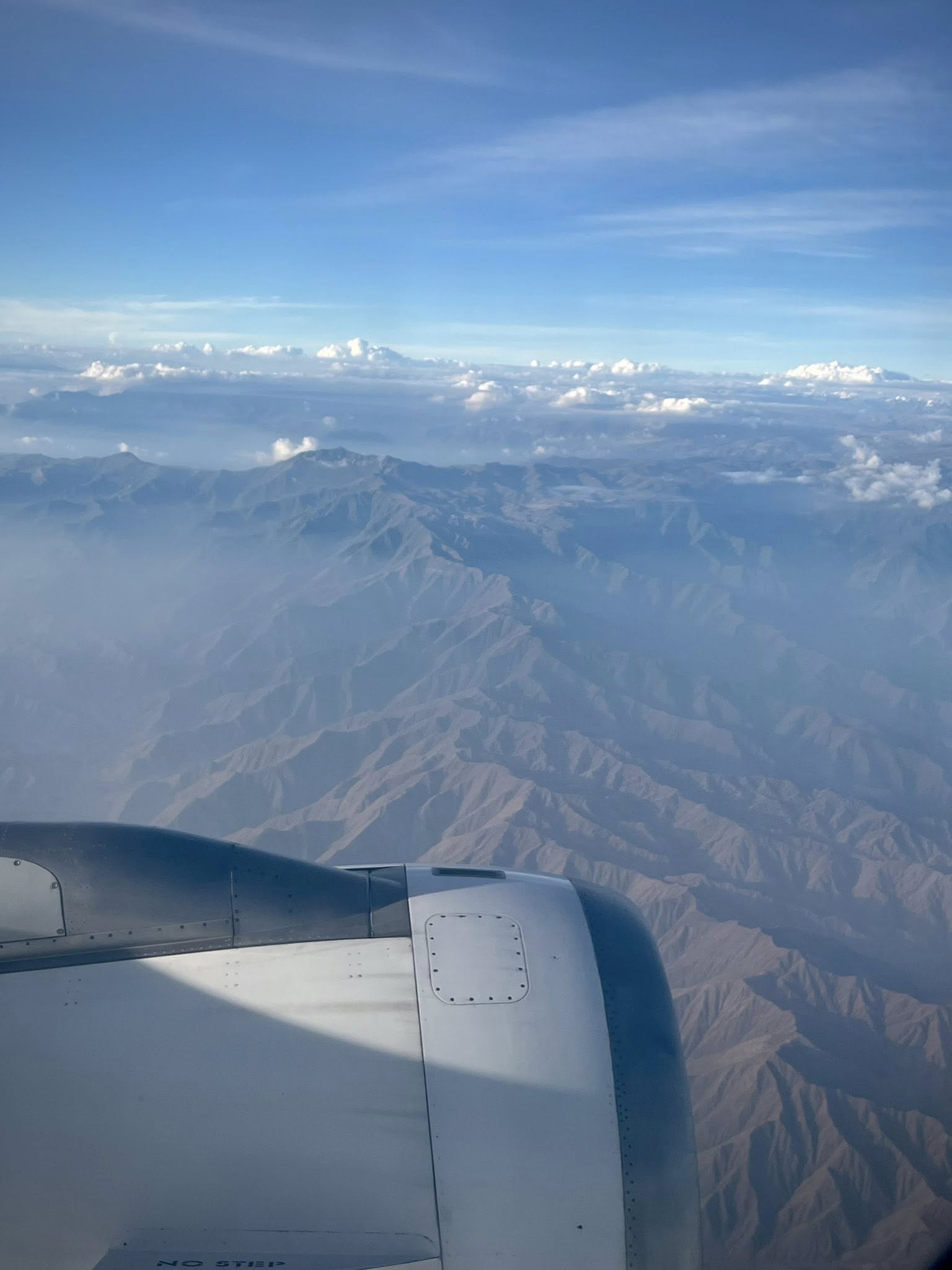
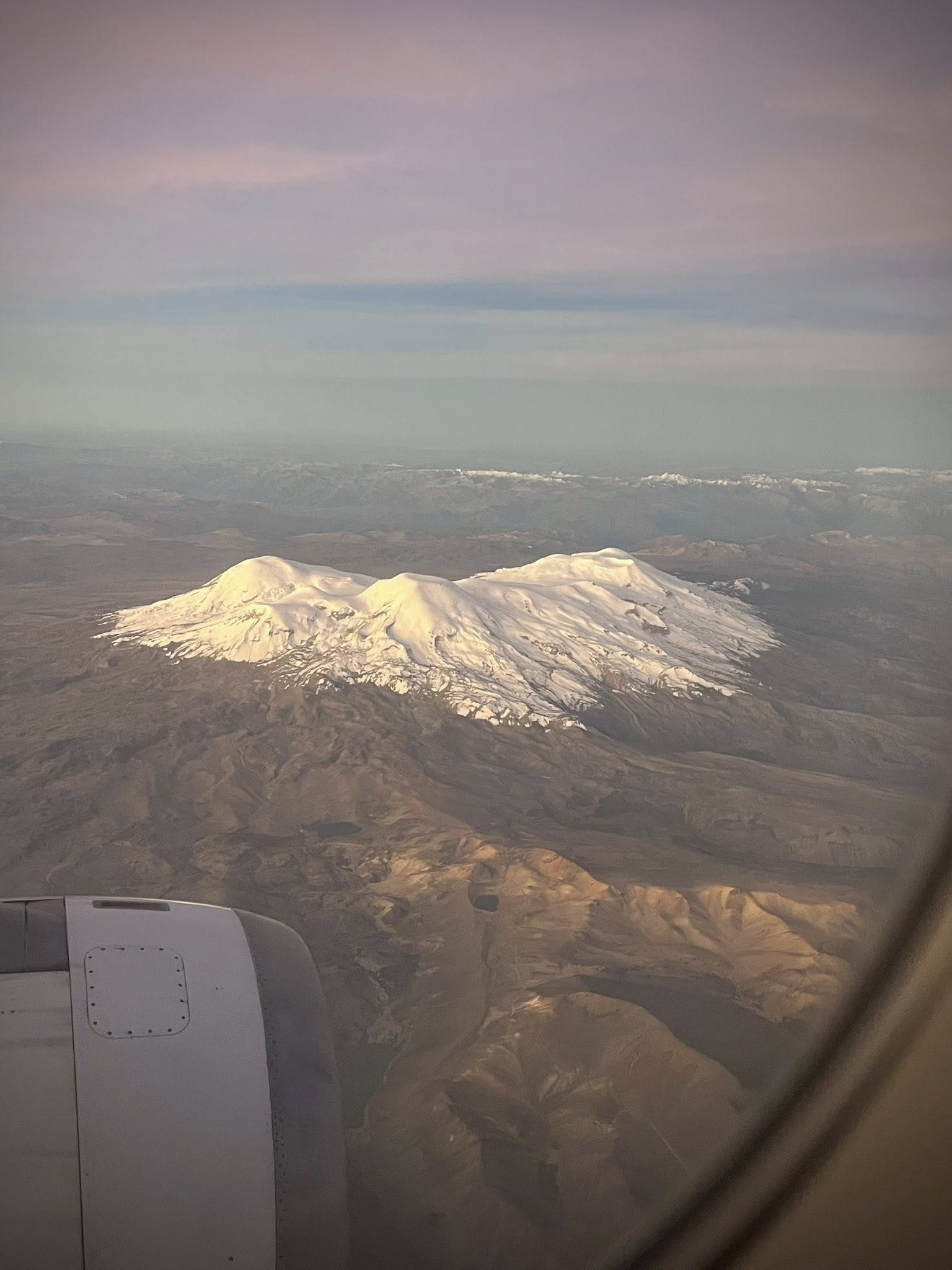
After landing in Arequipa and getting settled into our hotel, we ventured off on foot to the center of town where we had a delicious meal with some people from our tour group.
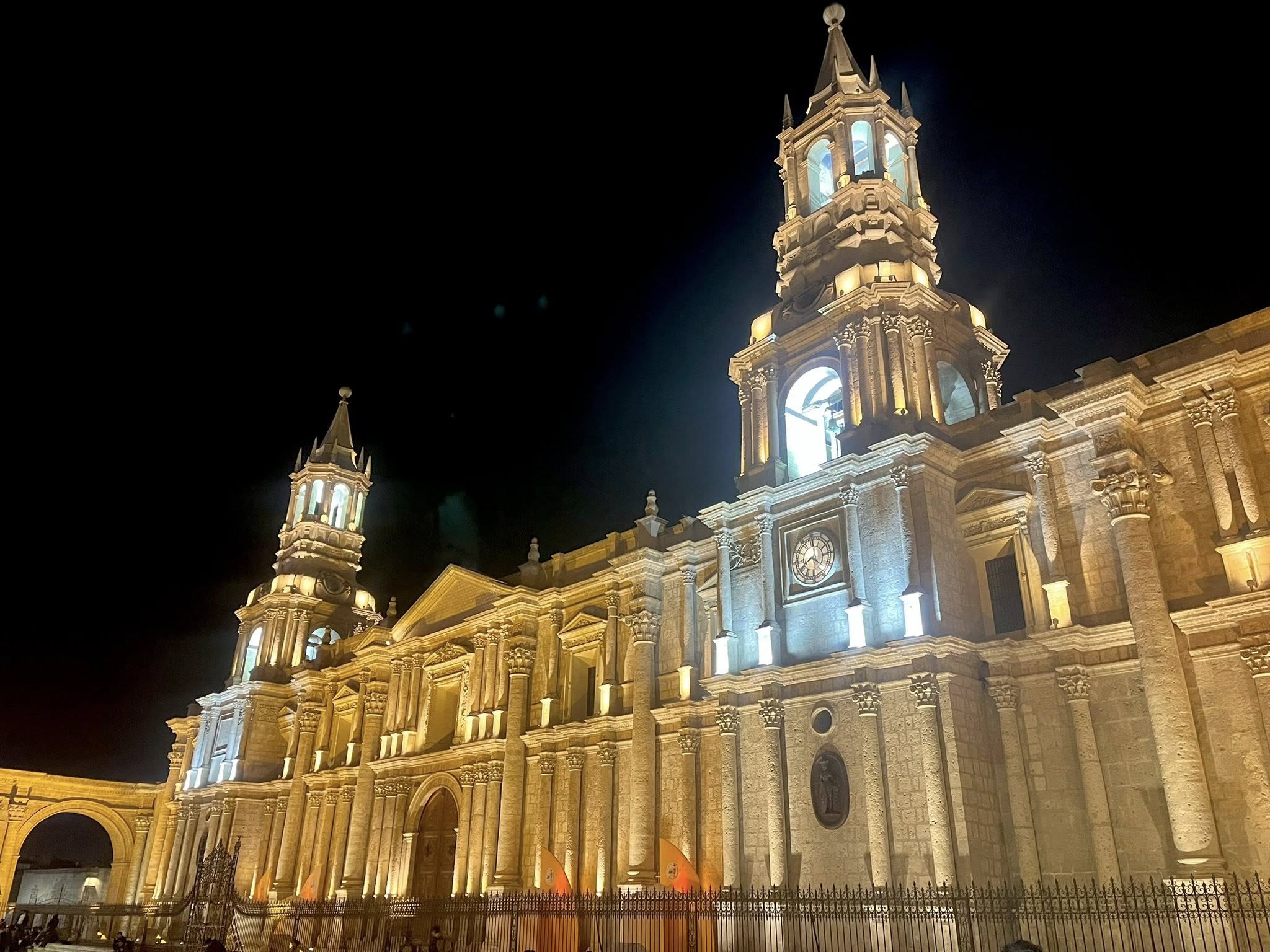
The city at night is fabulous with all the lights of the cathedral. There are several quaint pedestrian streets around the cathedral and the Plaza de Armas where you can find shops and restaurants (Santa Catalina, Mercaderes, and Pje de la Cathedral).
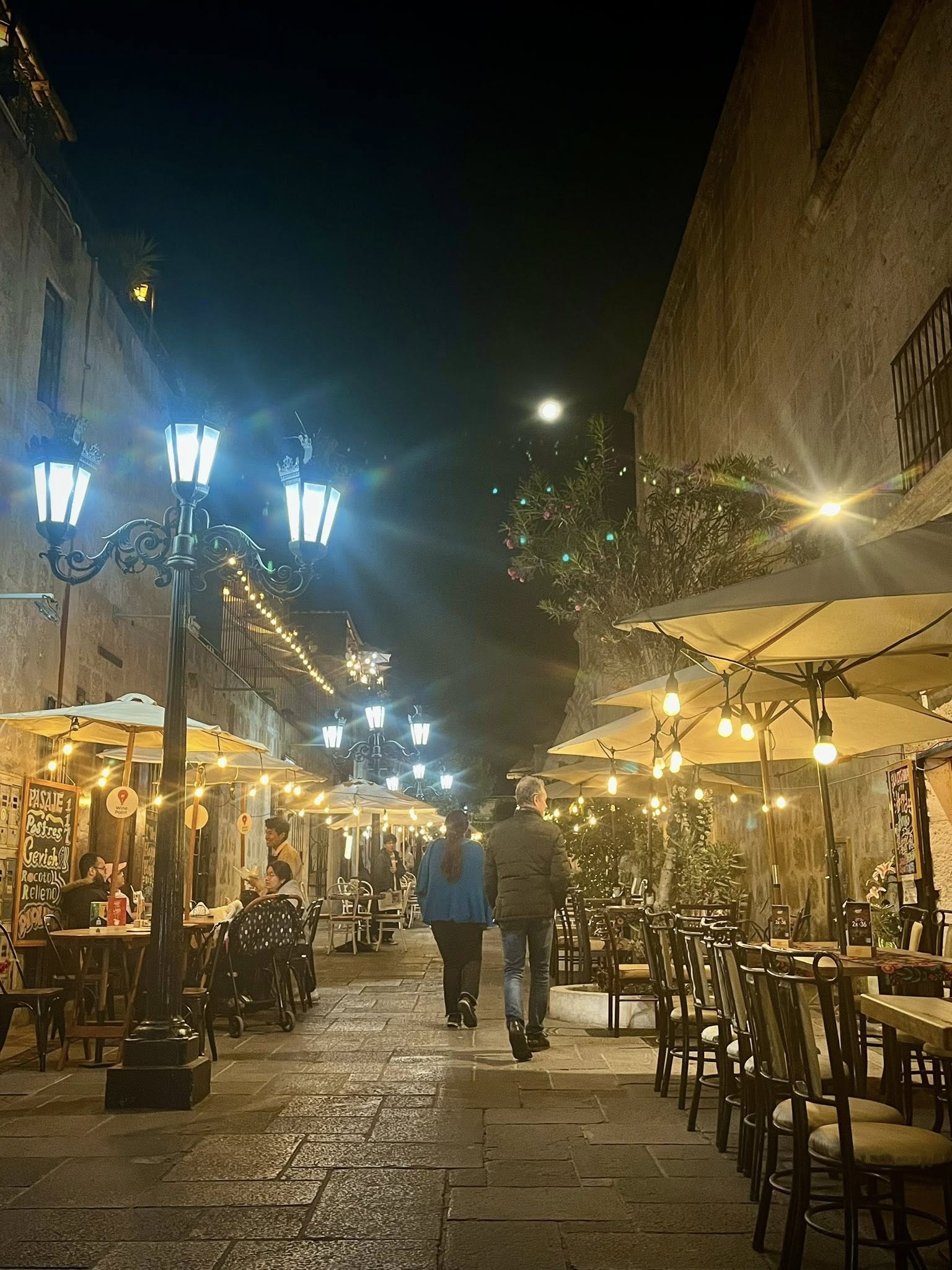
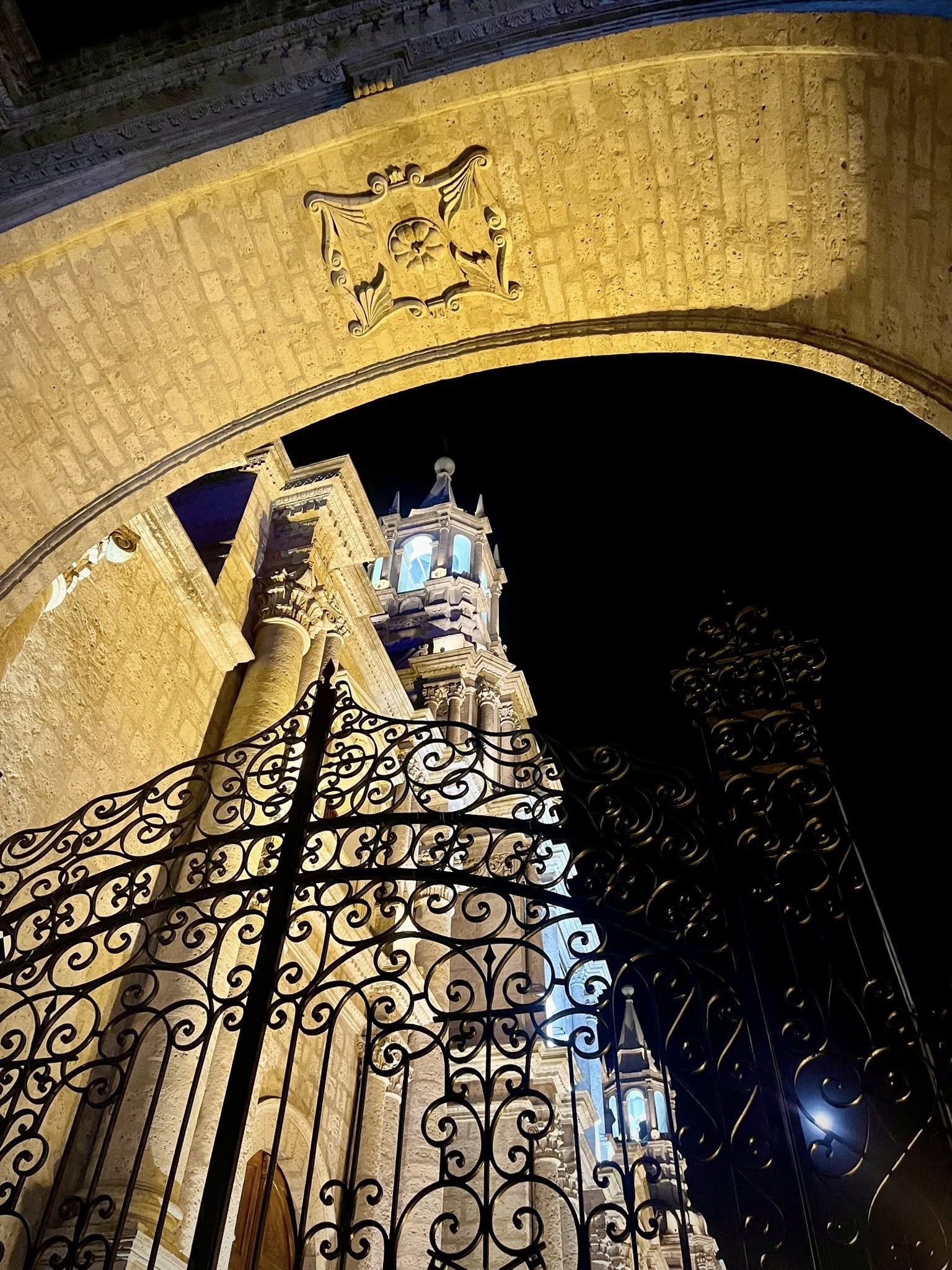
We had our dinner at a restaurant called Mirador Misti. They have outdoor seating with views of the top of the cathedral. The food was plentiful and amazing!

Day 2 – Arequipa
The next day in Arequipa, we started off with a bus tour to visit the Yanahuara neighborhood which offered a lovely view of the surrounding volcanic mountains (Misti, the most prominent with a height of 5822 meters / 19,100 feet, Chachani, and Pichu Pichu).
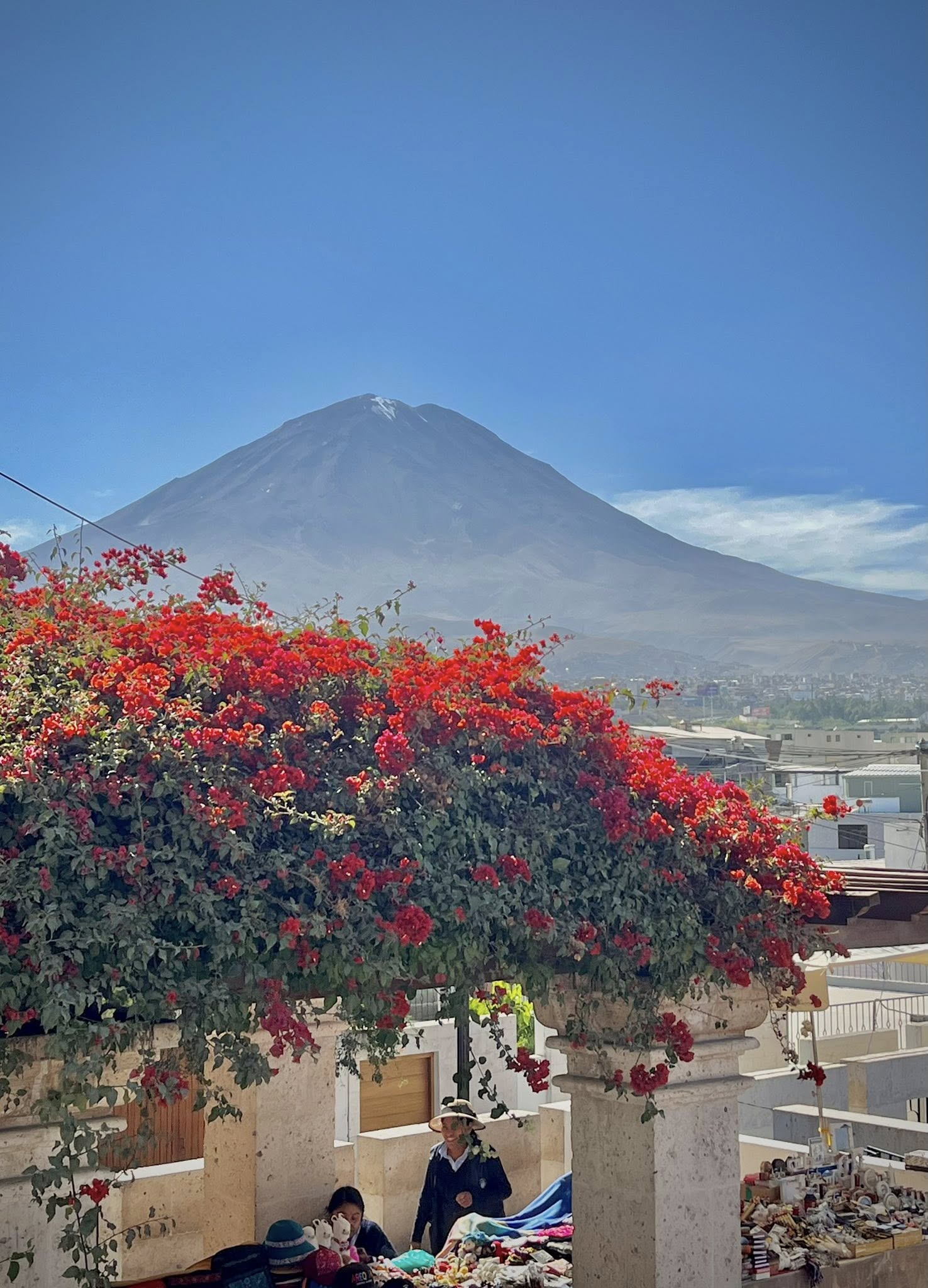
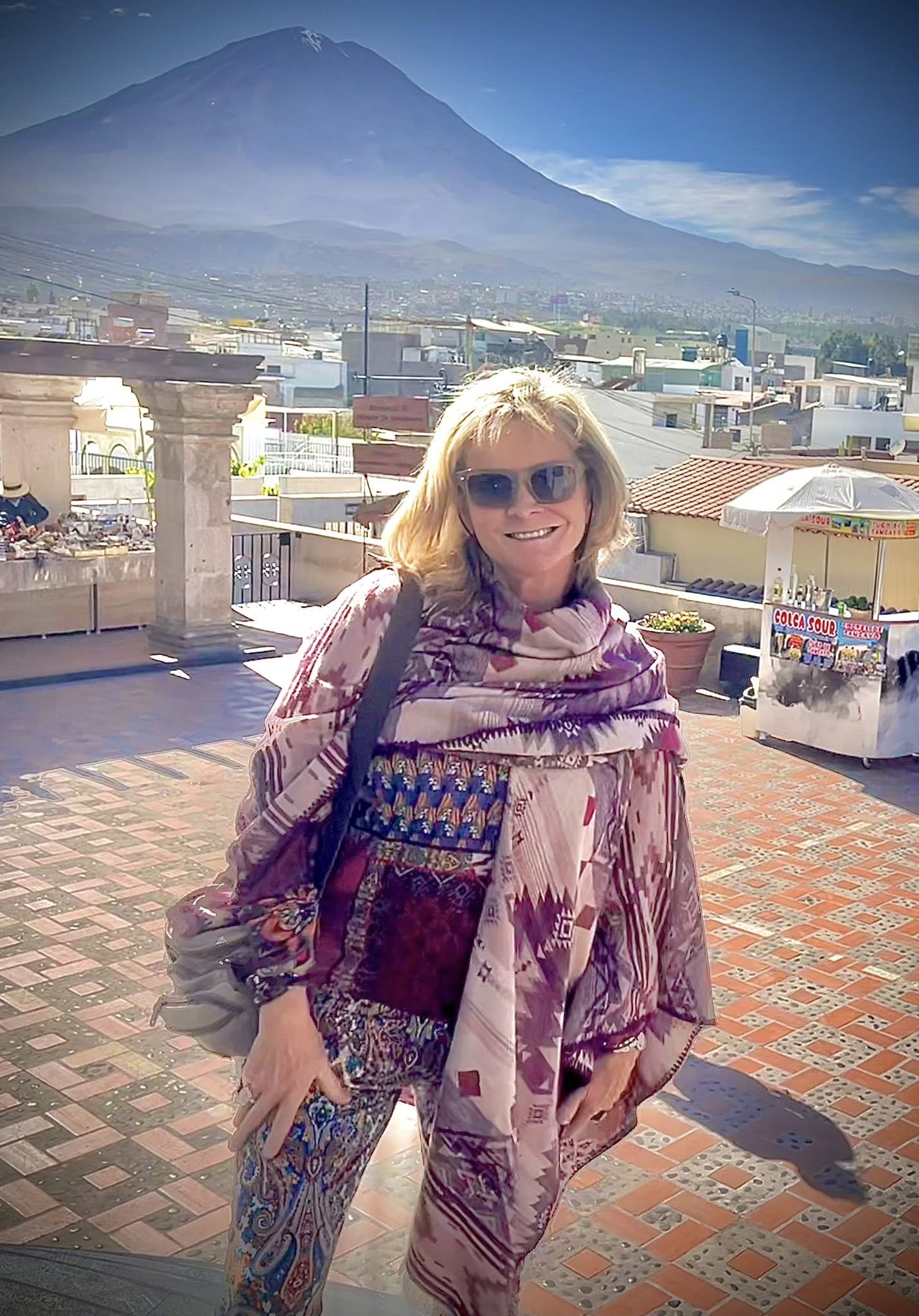
We then went to the center of town where we did a walking tour, first to see the Church of the Company of Jesus. It’s the the oldest church in Arequipa dating from 1578. I especially liked the altar covered with golden leaves in Churrigueresque style, a kind of Spanish baroque style.
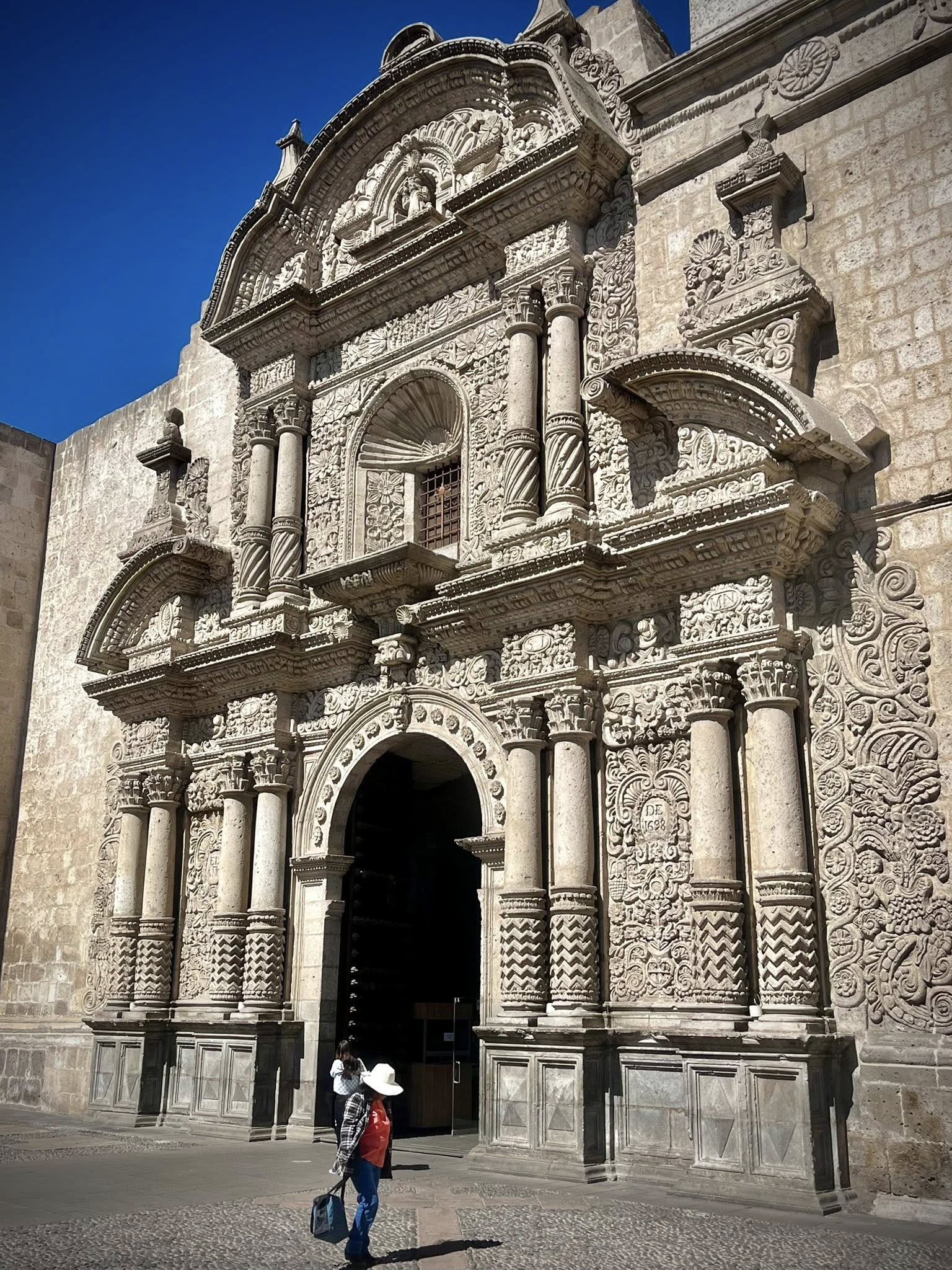
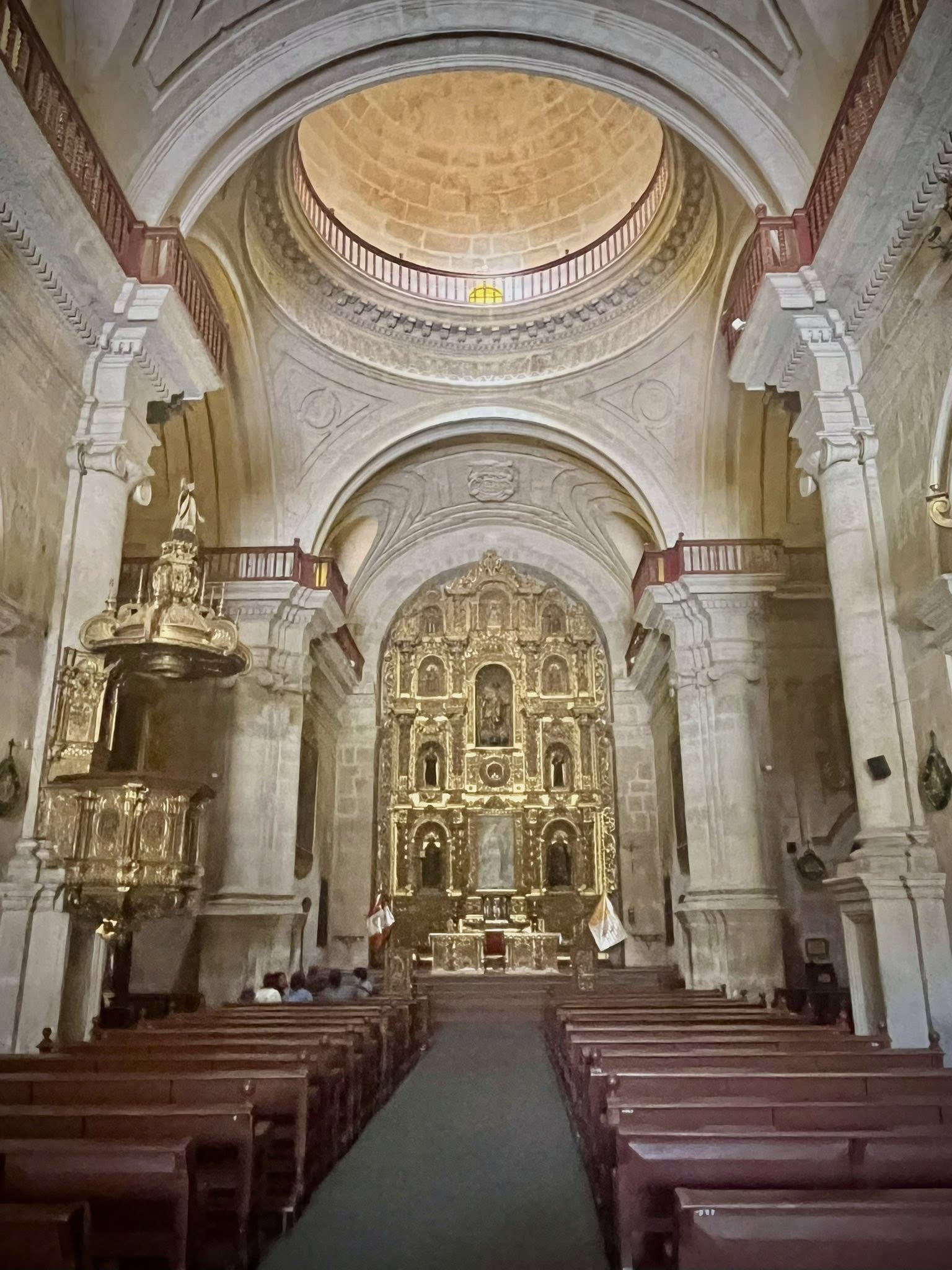
Due to repeated earthquakes over more than four centuries, the building had to be rebuilt in various periods. The main façade was restored in 1698 after a violent seismic movement.
Santa Catalina Monastery
We had a 1-hour guided tour of the Santa Catalina monastery, a UNESCO World Heritage site. Built in 1579, the Convent served as a cloister for Dominican nuns from the sixteenth to the eighteenth centuries, and still houses a small religious community today.
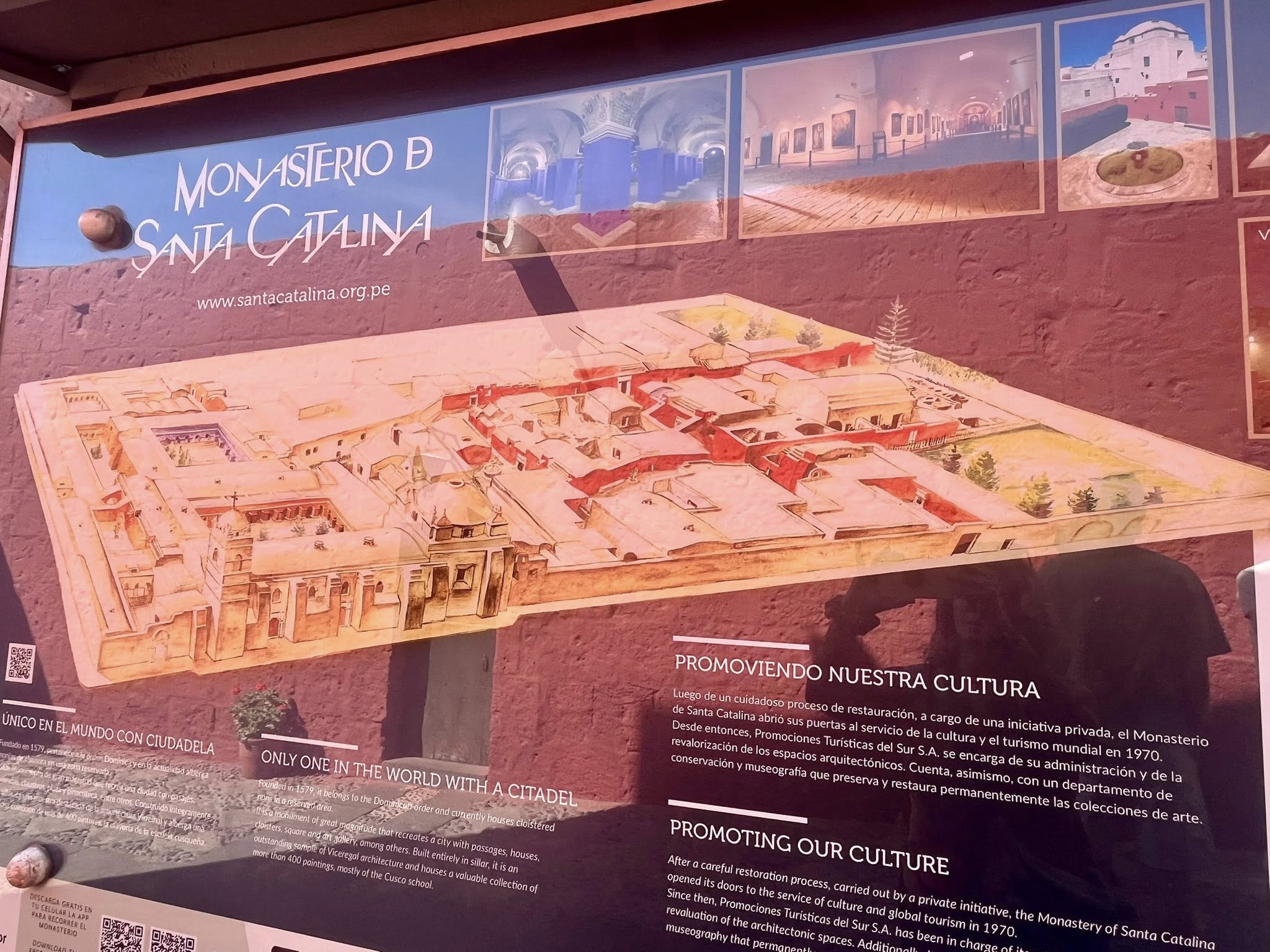
The complex stretches over 20,000 square meters and was built from volcanic stone. It is organized into cloisters, living quarters, a plaza, a gallery, and a chapel.
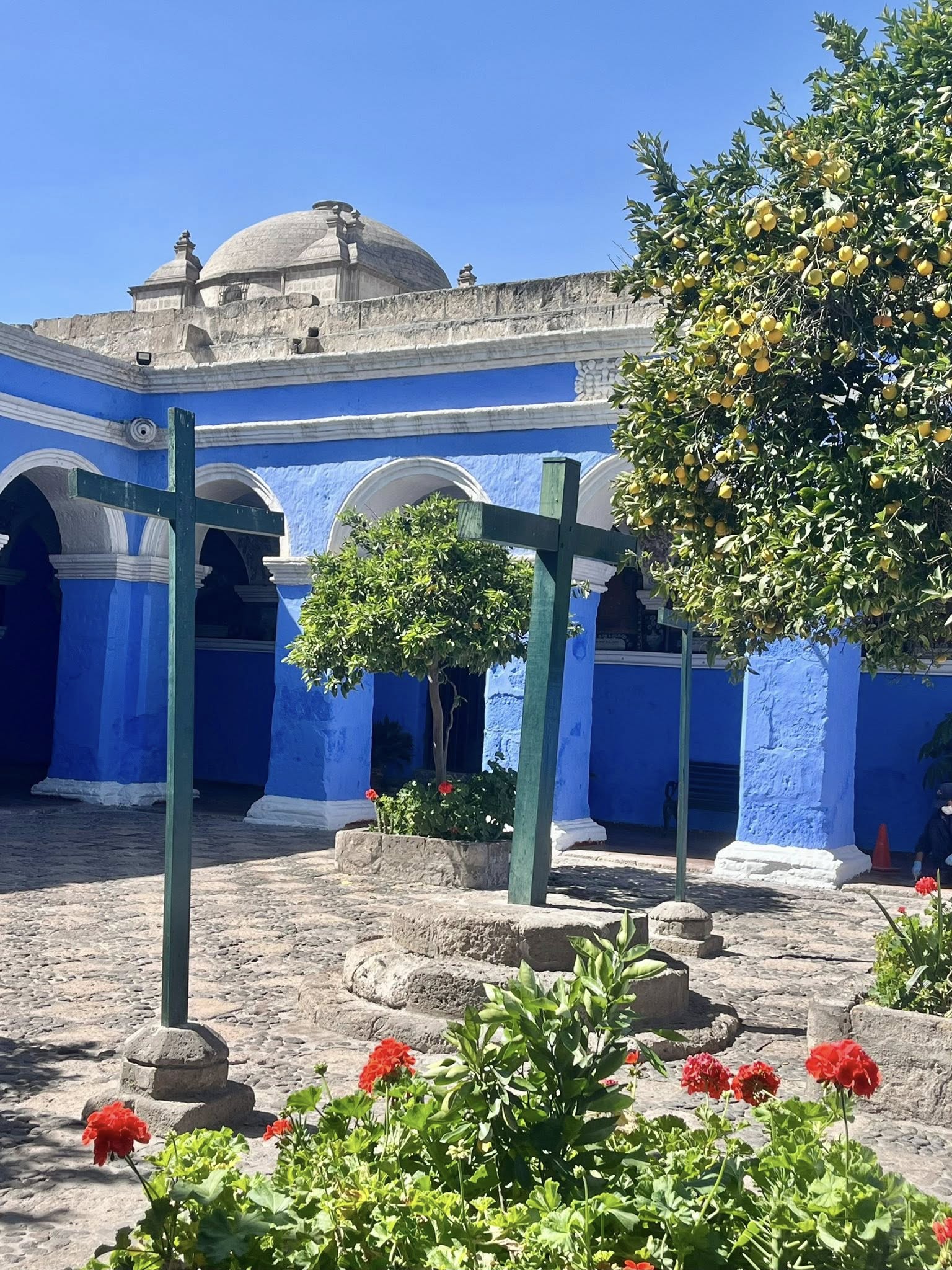
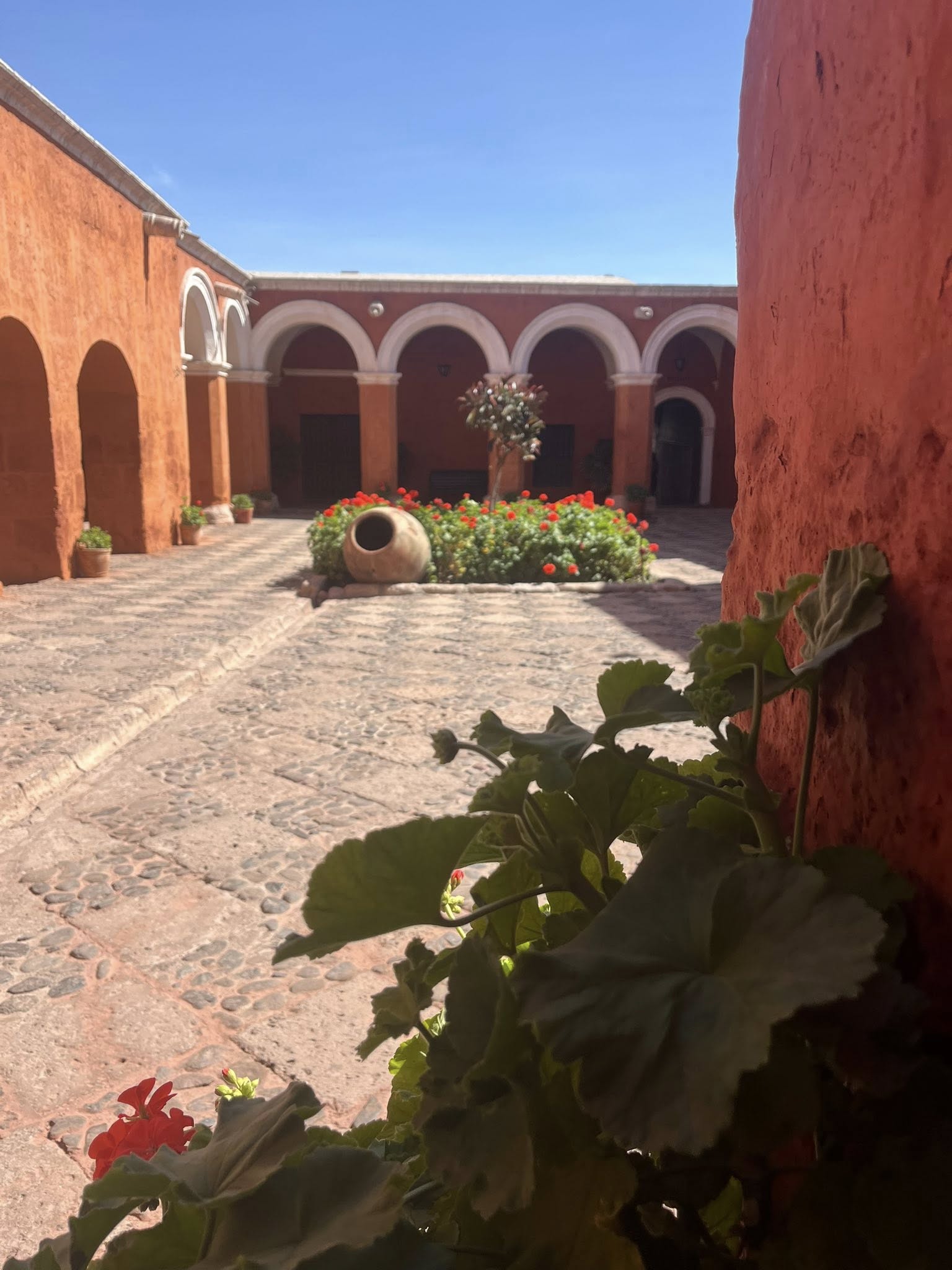
It was fascinating to learn how the nuns made their home here, at one time 450 women. The monastery was funded by a rich widow, Maria de Guzman. At the time, it was tradition that the second son or daughter of the family would enter into a life of service to the church and only women from upper-class families were accepted.
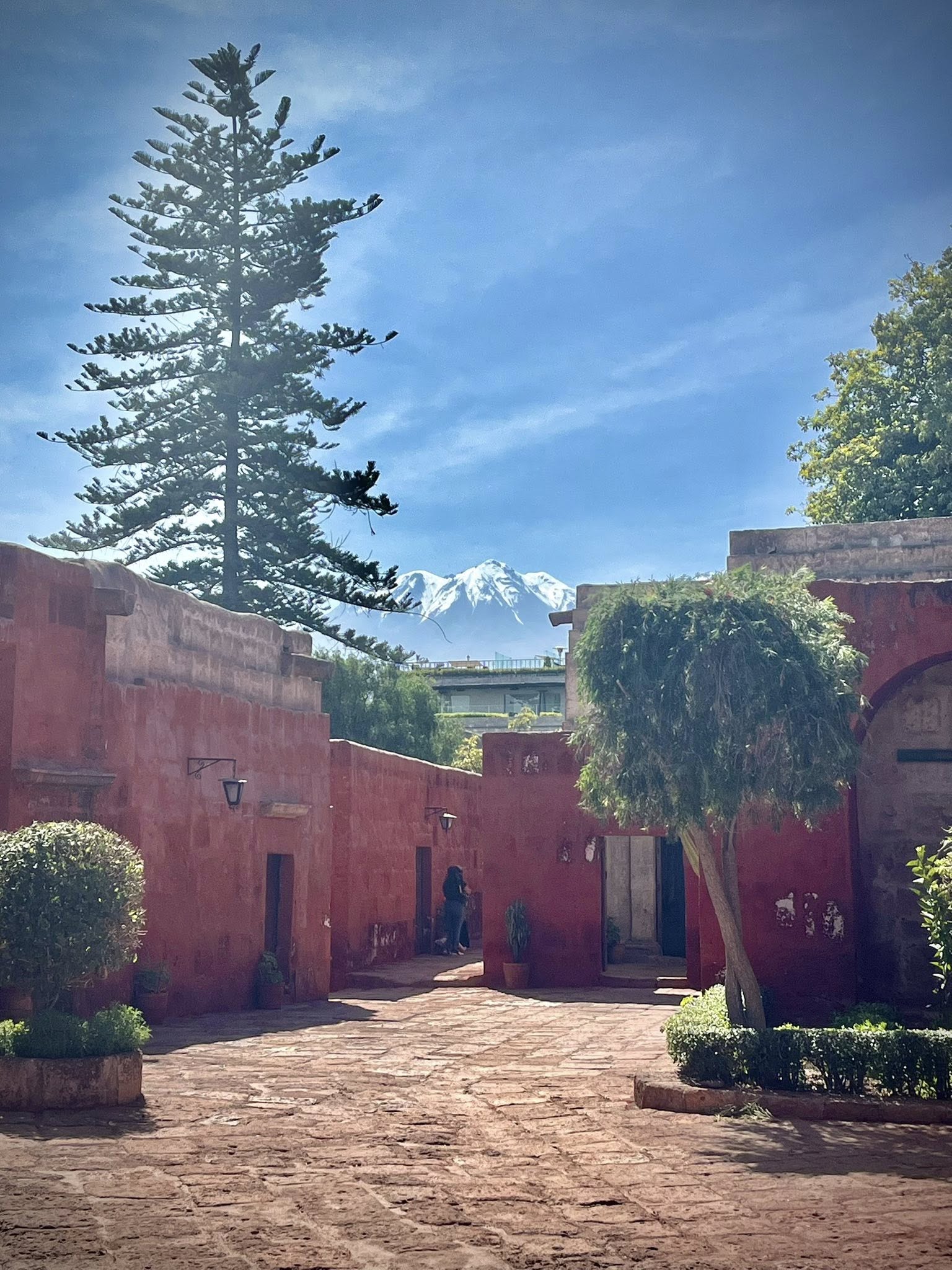
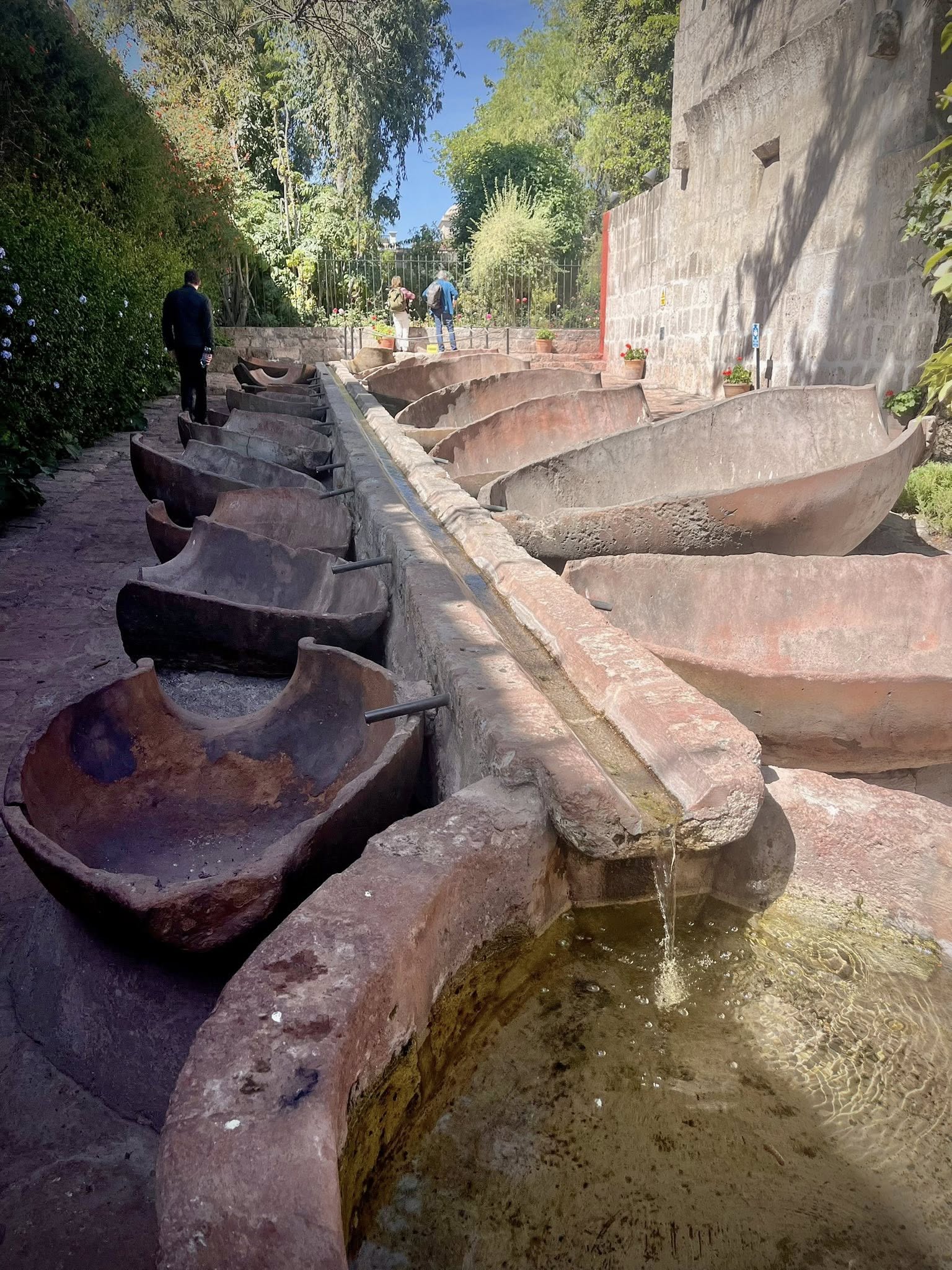
When these women were accepted, they had to pay a dowry in order to enter service. This meant that most nuns were extremely wealthy at the time and few poorer women could enter service. If a woman was to enter the monastery as a choir-nun, she would have to pay a dowry of 2,400 silver coins (the equivalent of approximately 150,000 USD today.
Arequipa Town
The next activity was lunch on our own and then shopping in town. I bought a colorful alpaca wool cape at one of the square shops. There are many stores in Arequipa selling the local products.
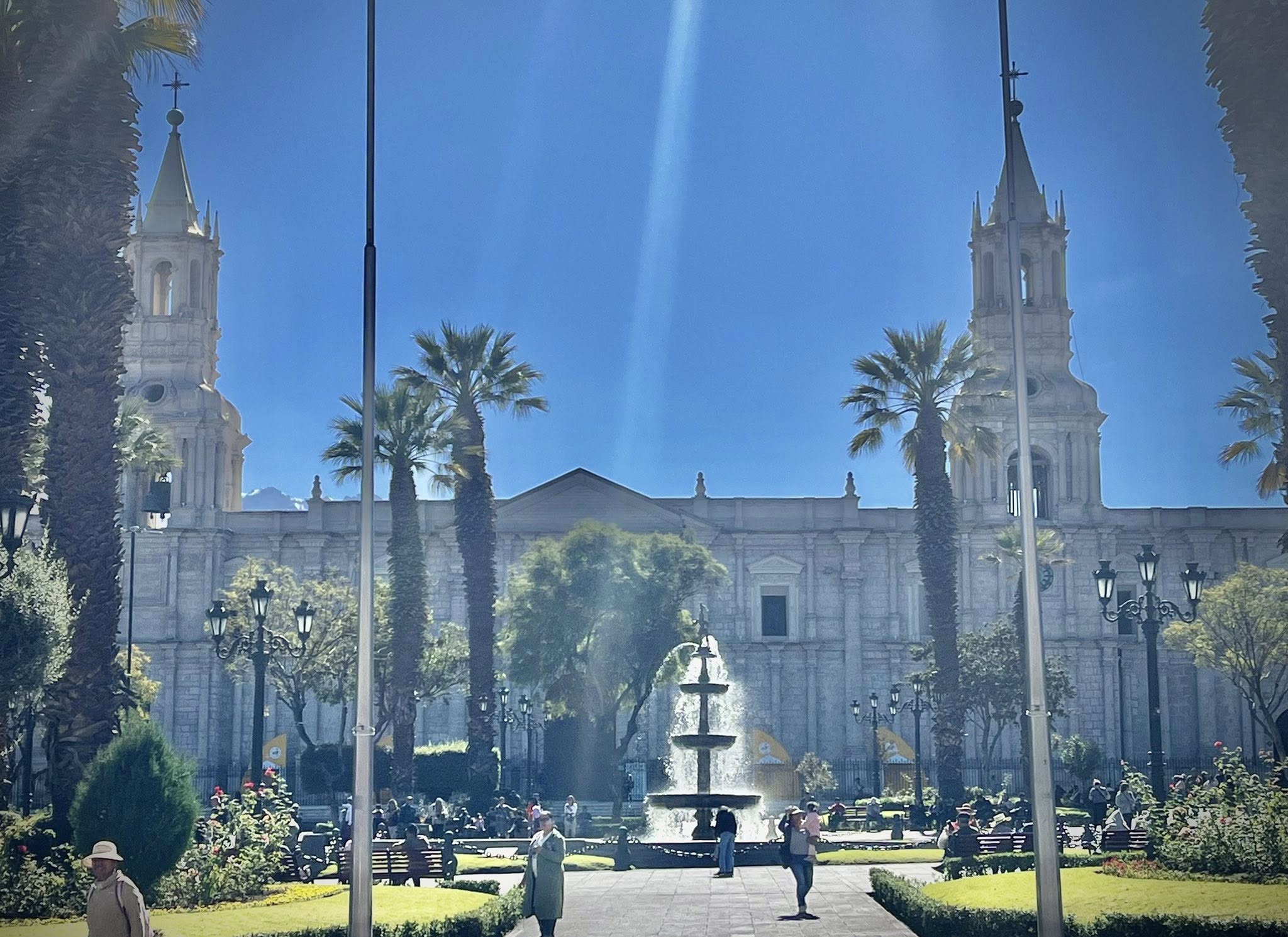
You will find many local women dressed up in their traditional clothing with a baby alpaca and lamb. They are trying to make money by allowing you to pose and take pictures. The price was between $1 and $5 but worth it to have this special memory.
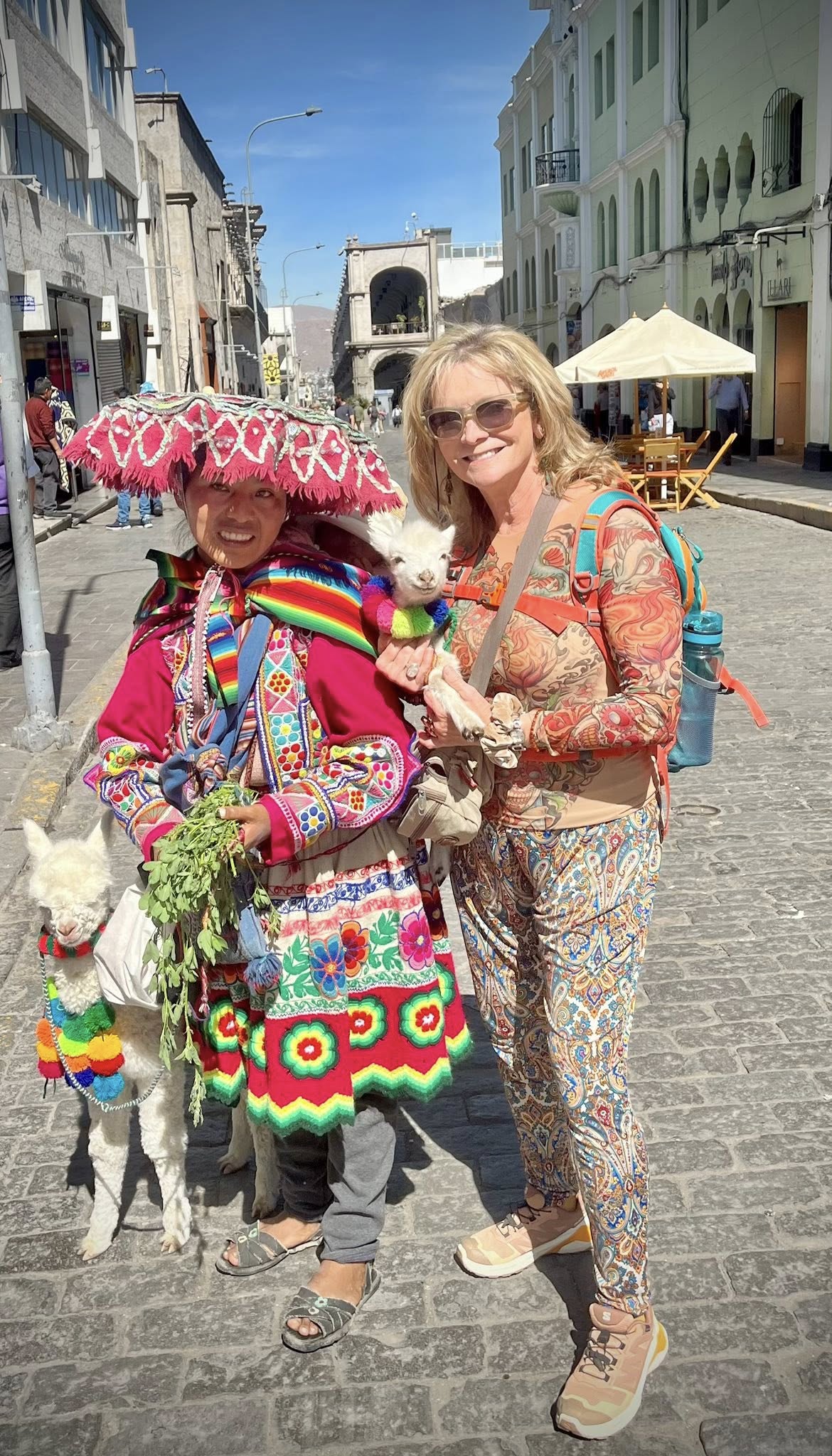
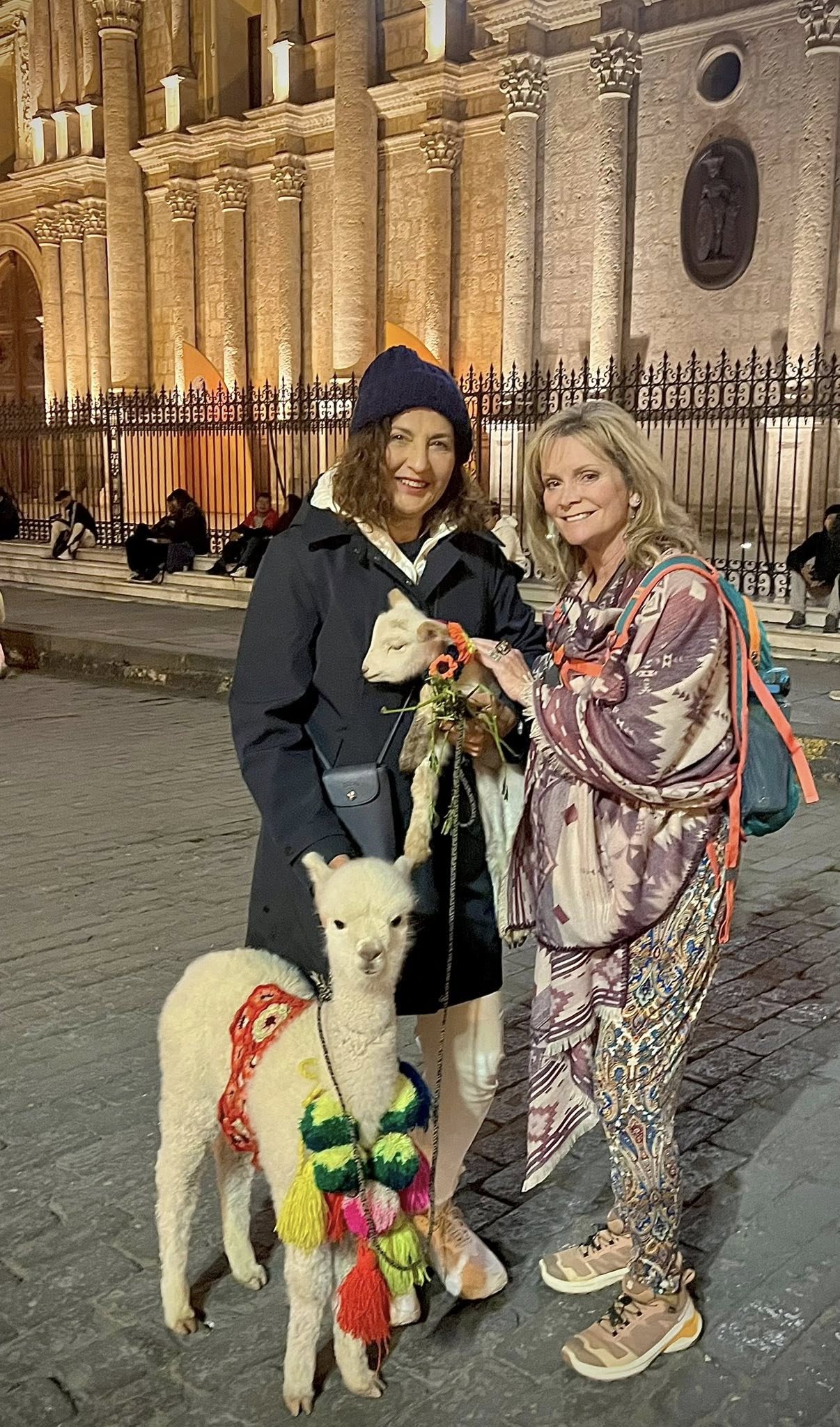
We found the most perfect place to observe the city especially at sunset. The rooftop bar at the Katari Hotel was amazing. We had Pisco Sour drinks with our friends and watched the sun go down after a full day of experiencing Arequipa (which was one of my favorite places in Peru).
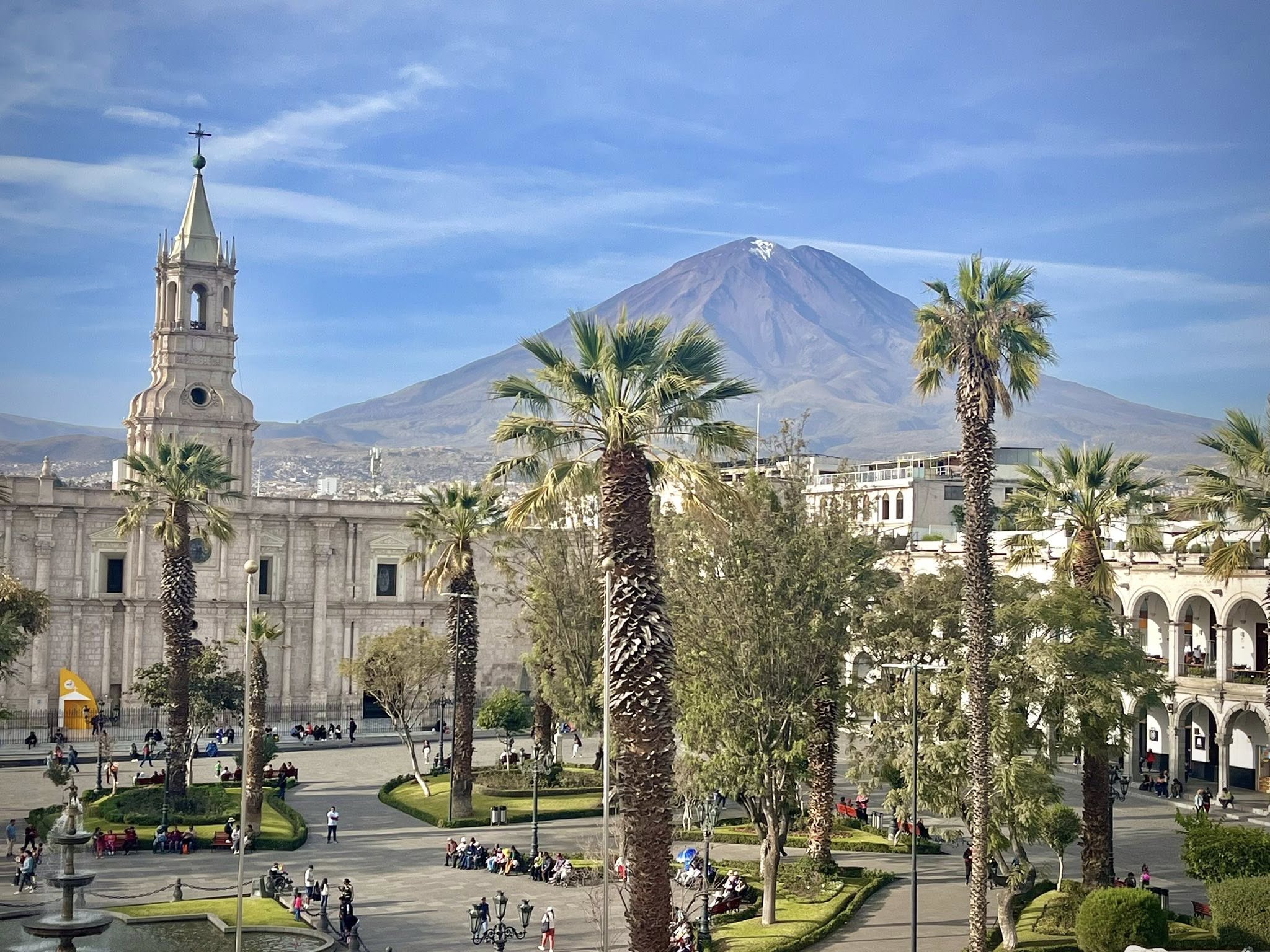
The rooftop bar had many ponchos you could borrow to keep warm. I of course had to get a picture wearing one.
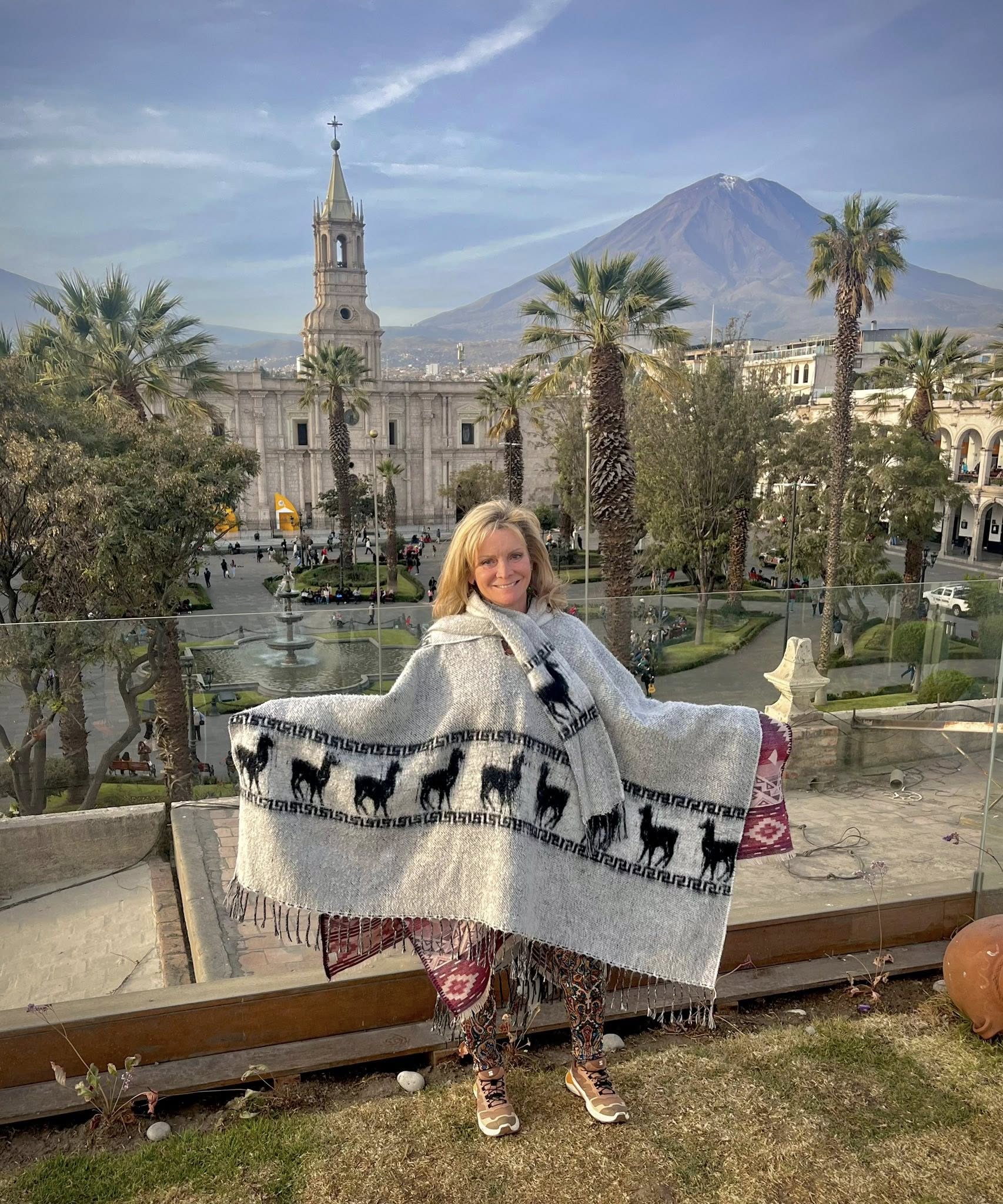
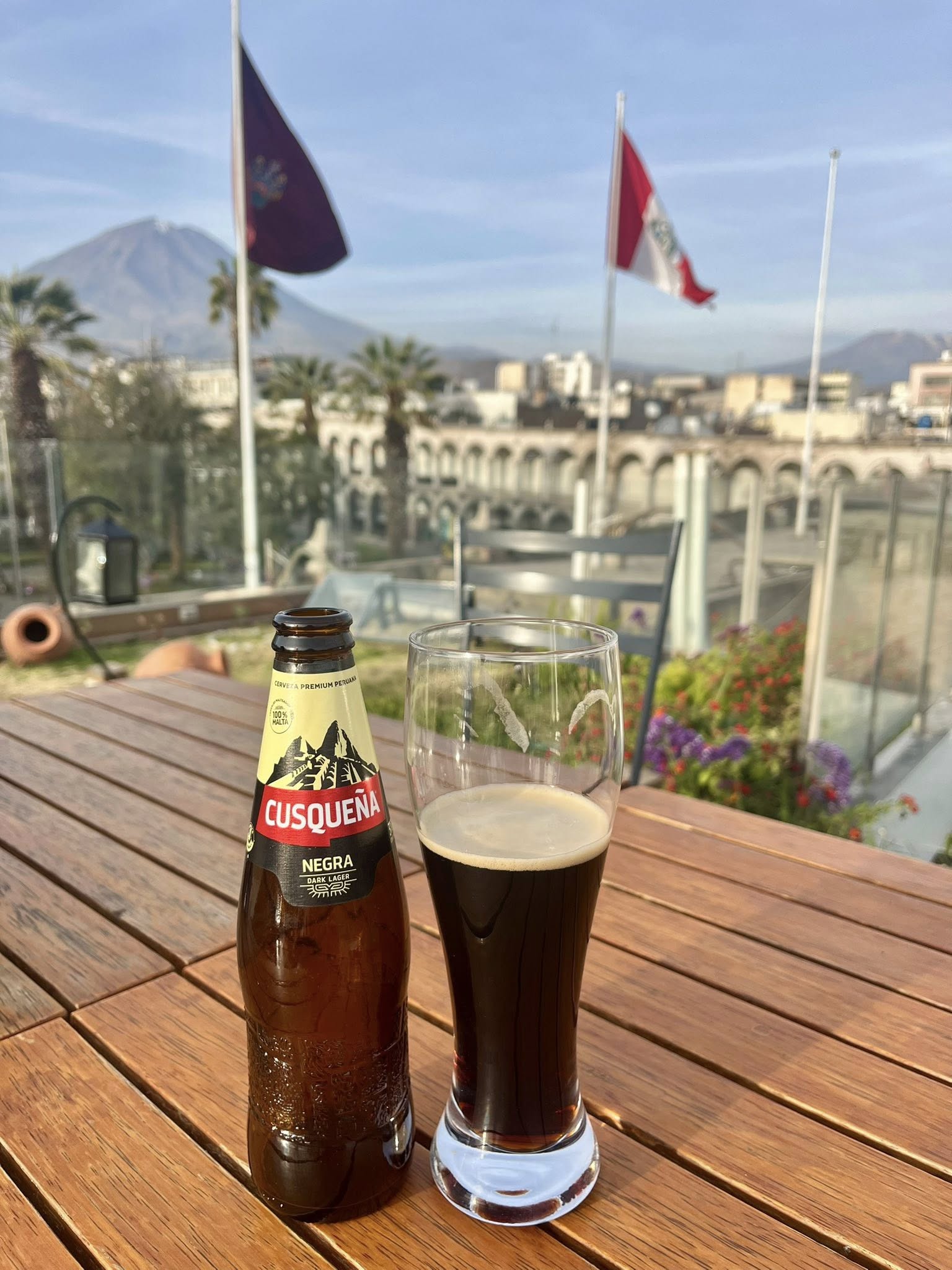
This bar served the prettiest Pisco Sour drinks.
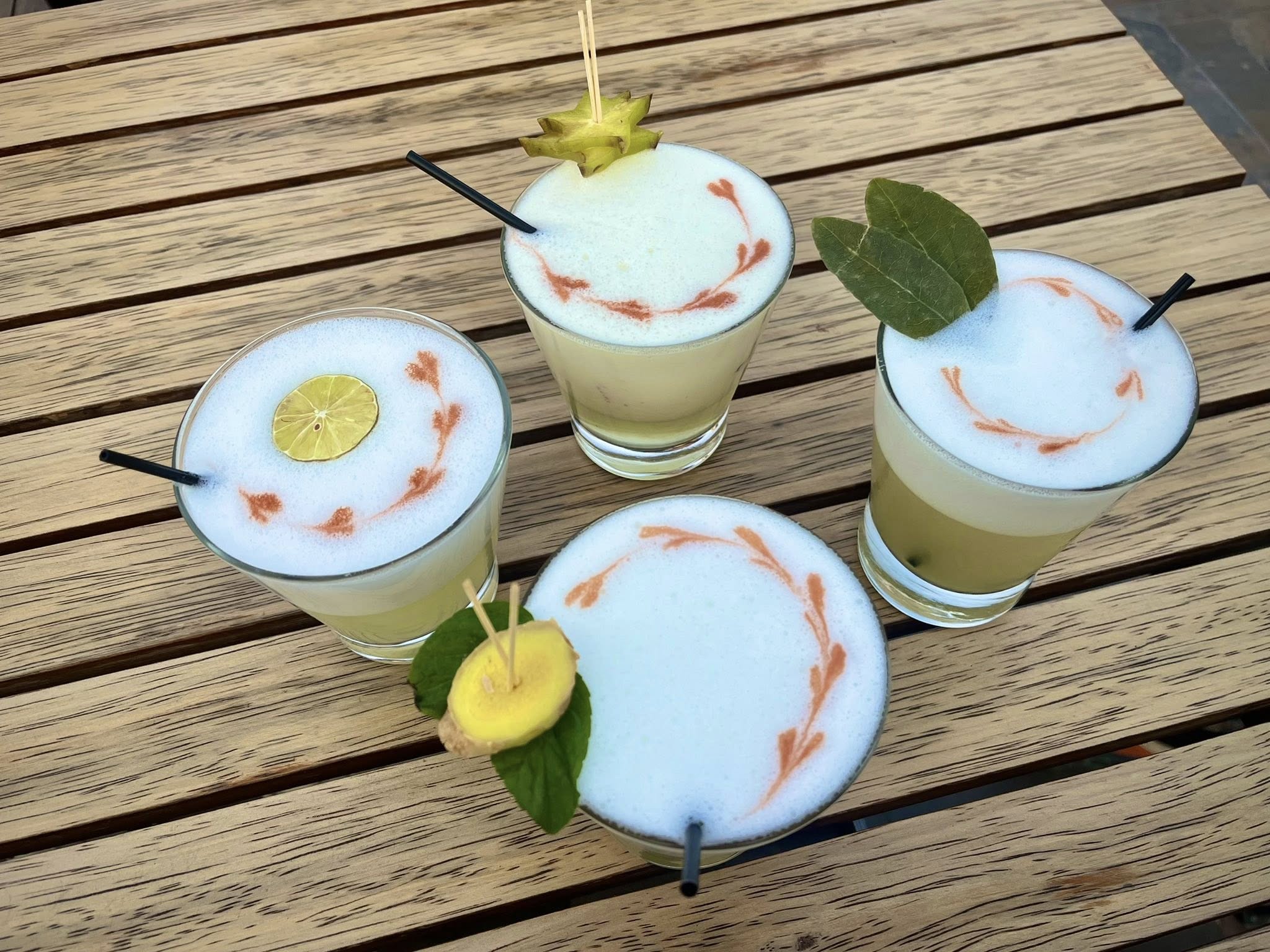
As the sun went down, the city square lit up to show a spectacular view. This moment was the highlight of the day! Arequipa is rightly considered one of the most beautiful cities in Peru.
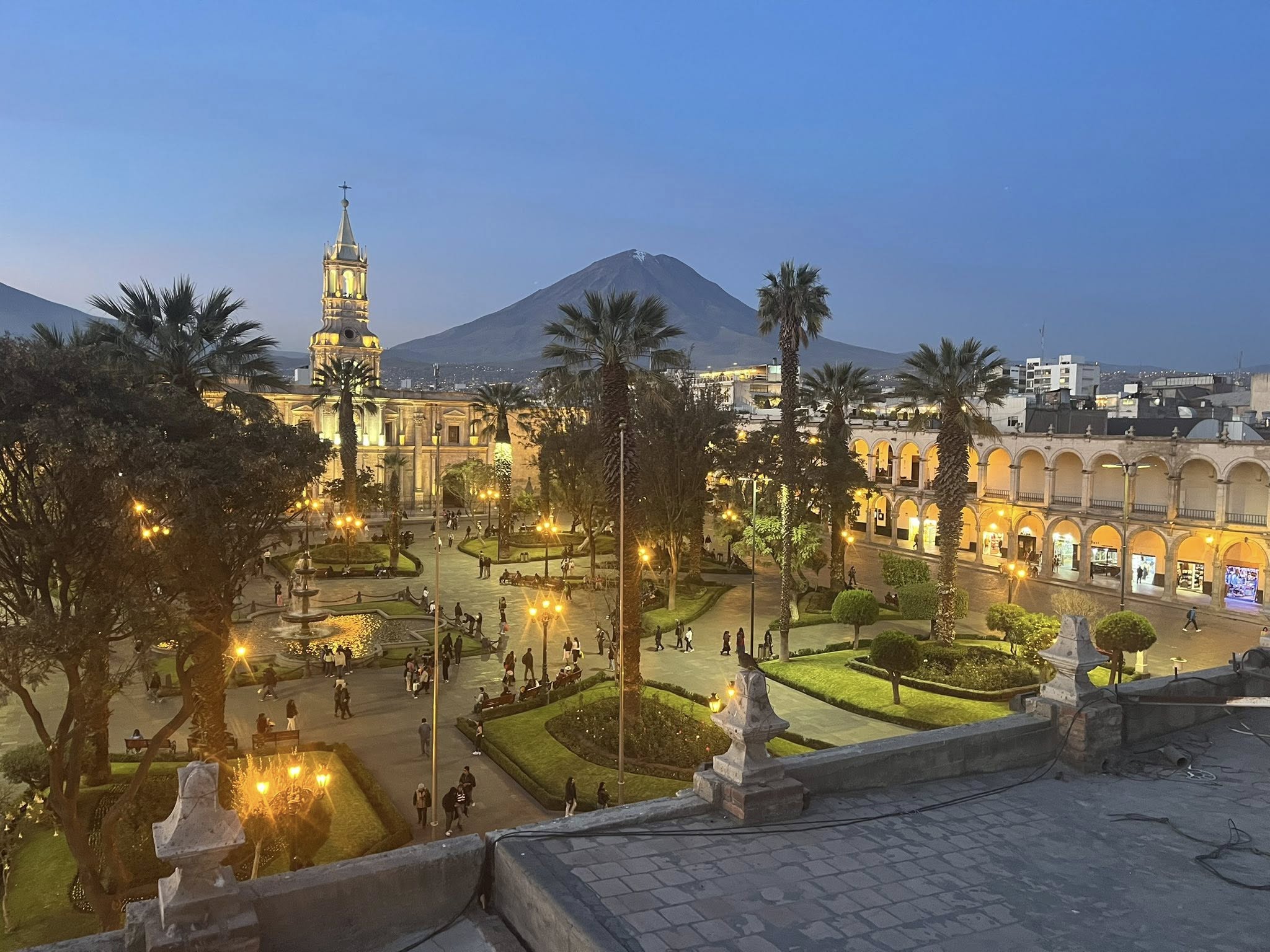
Day 3 – Arequipa to Puno
On Day 3 (June 14, 2025), we went by bus to our next destination for one night. It was 6-hour drive from Arequipa to Puno, situated on Lake Titicaca.
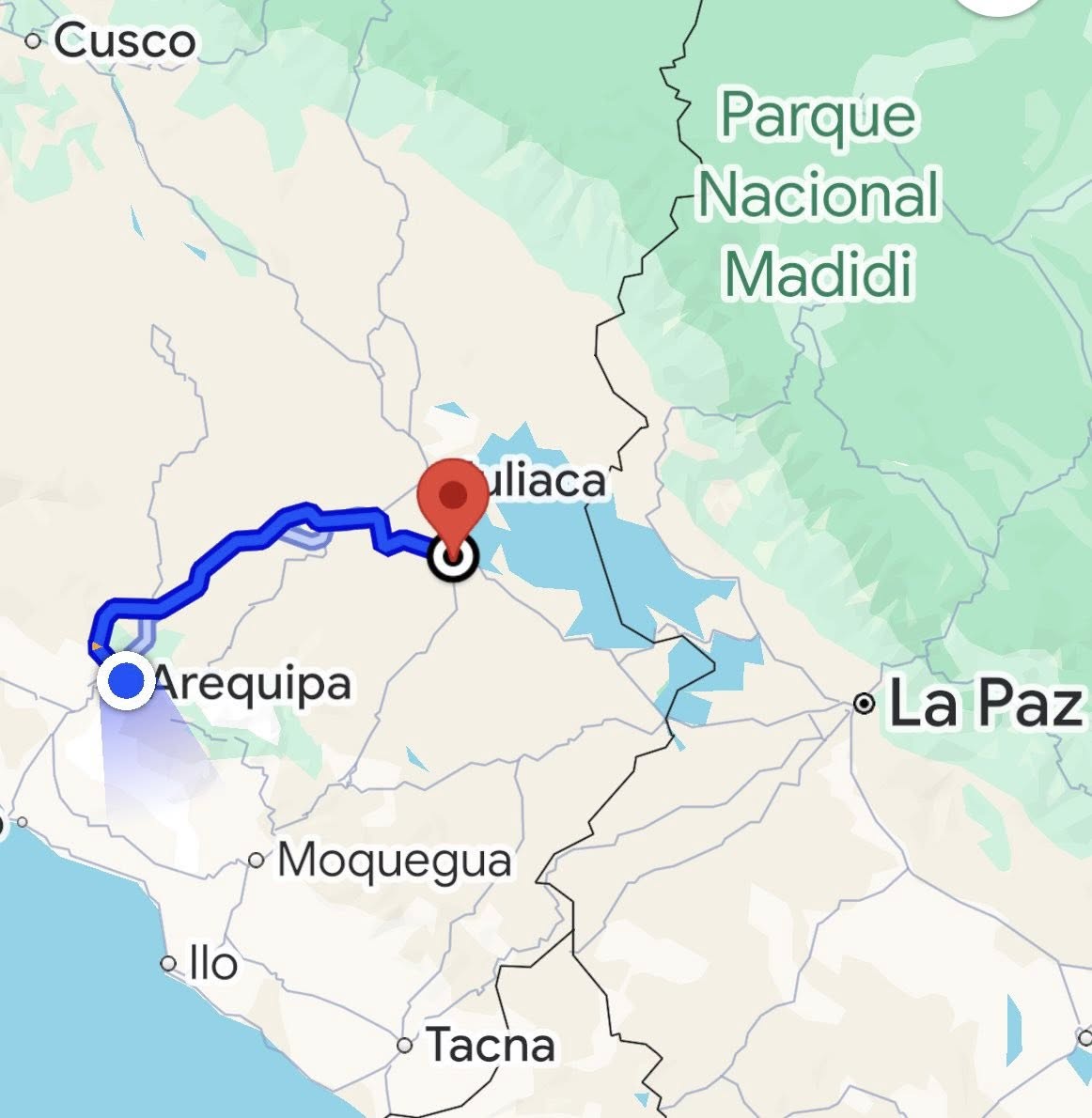
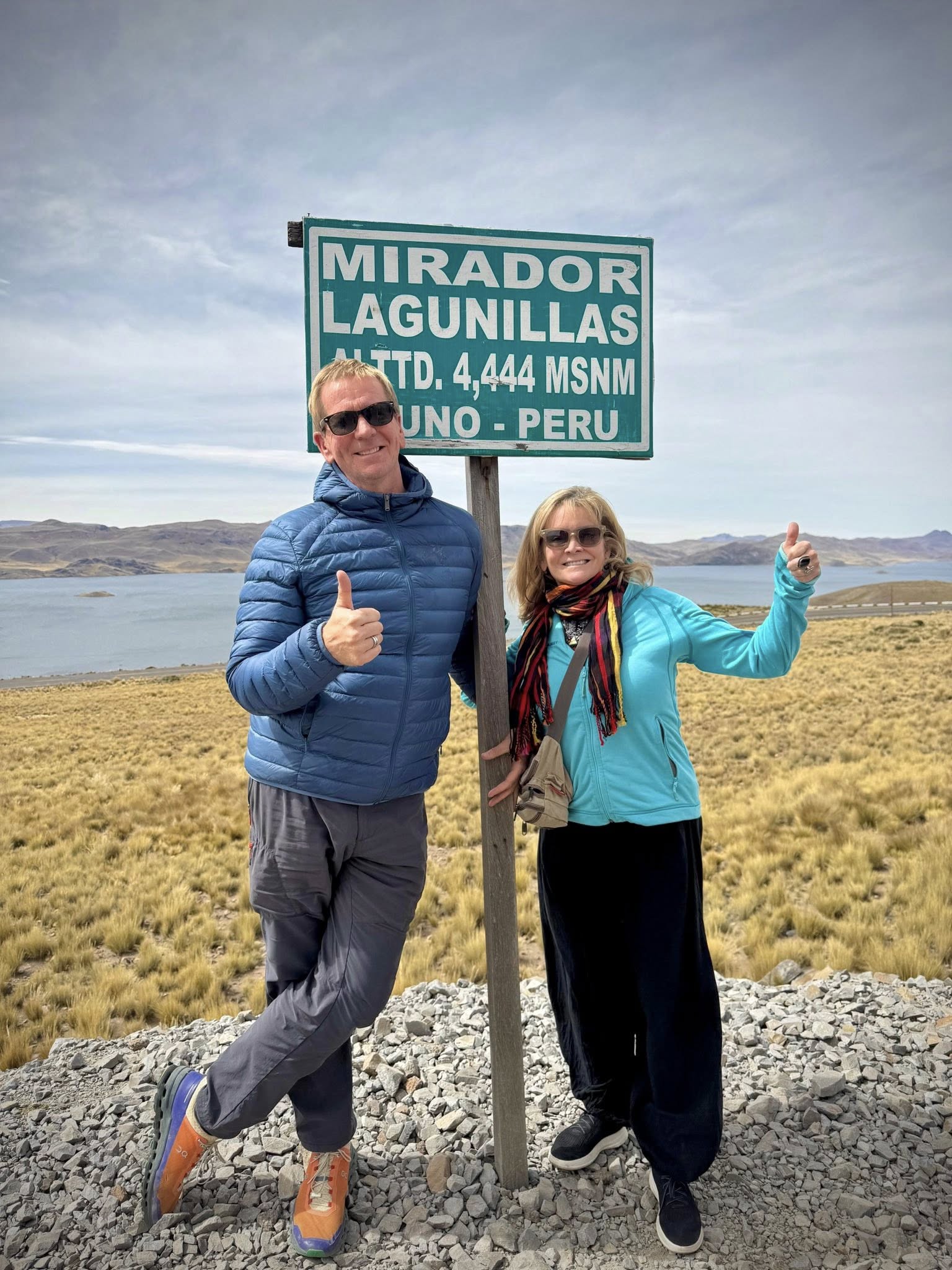
We passed over plateaus (highest altitude was 4528 meters / 14,855 feet) and saw many wild alpacas and vicuñas (similar to alpacas but smaller).
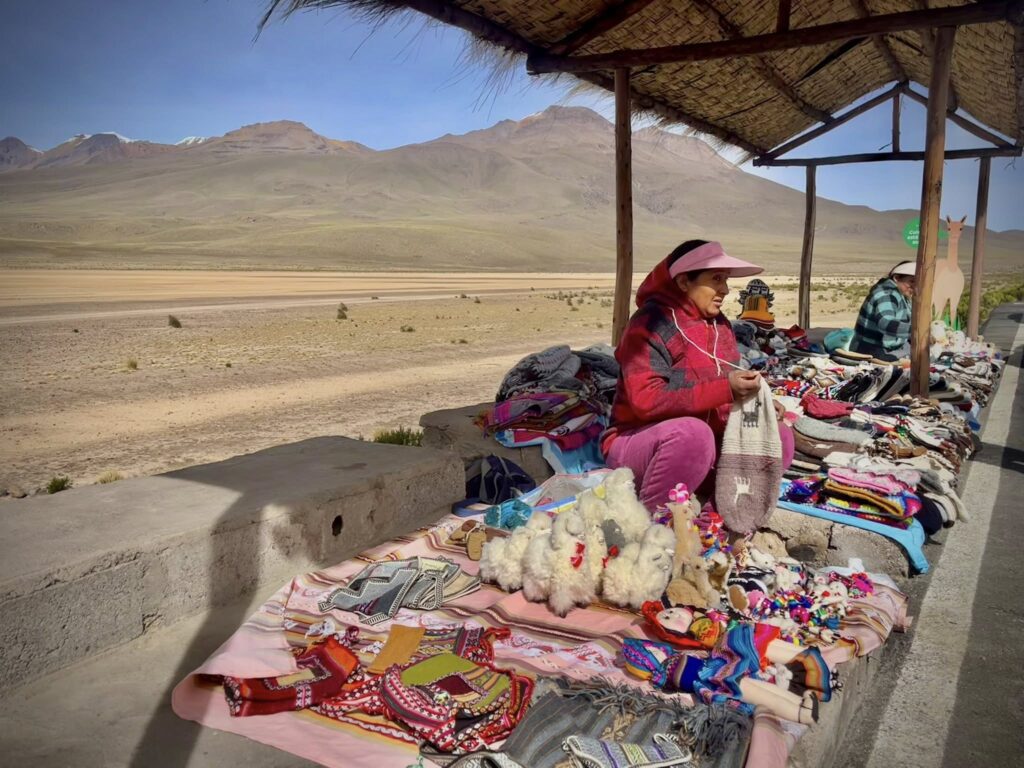
To avoid altitude sickness, we drank muña tea and ate special coca candies. I did have a dull headache and shortness of breath for a few days but never had serious altitude sickness.


Coca tea (mate de coca) is another traditional remedy for altitude sickness to help with the effects of high altitude due to its stimulating and energizing properties. Coca tea is made from the coca leaf, a plant indigenous to the Andes region. It is derived from the same plant as cocaine, but coca tea is a mild stimulant and not psychoactive. You can also chew the coca leaves as a preventive solution.
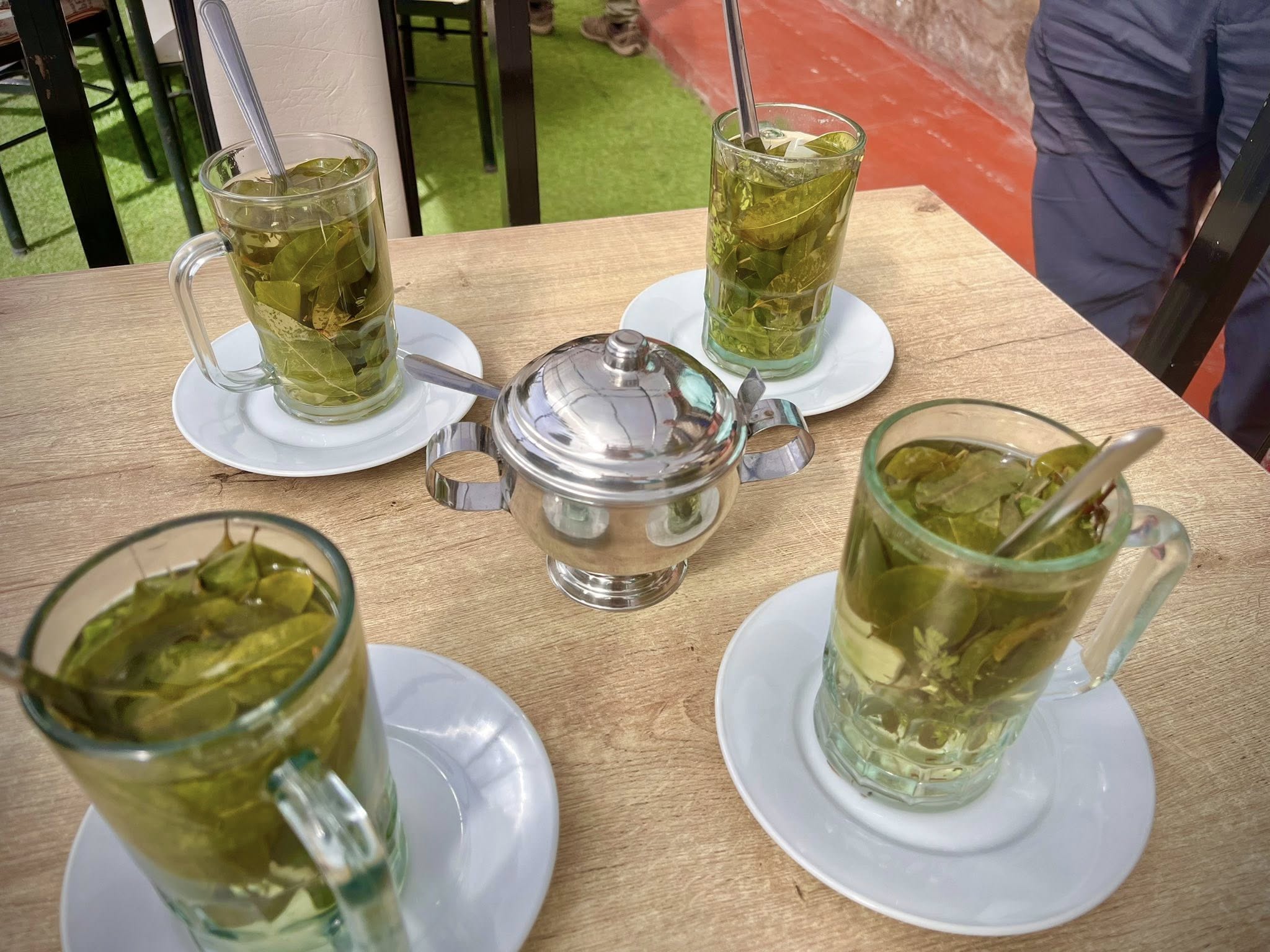
Sillustani Tombs
On the road to Puno, we stopped off at a local family house with their pet llamas for a homemade lunch and then visited the Sillustani Tombs on the shores of Lake Umayo.
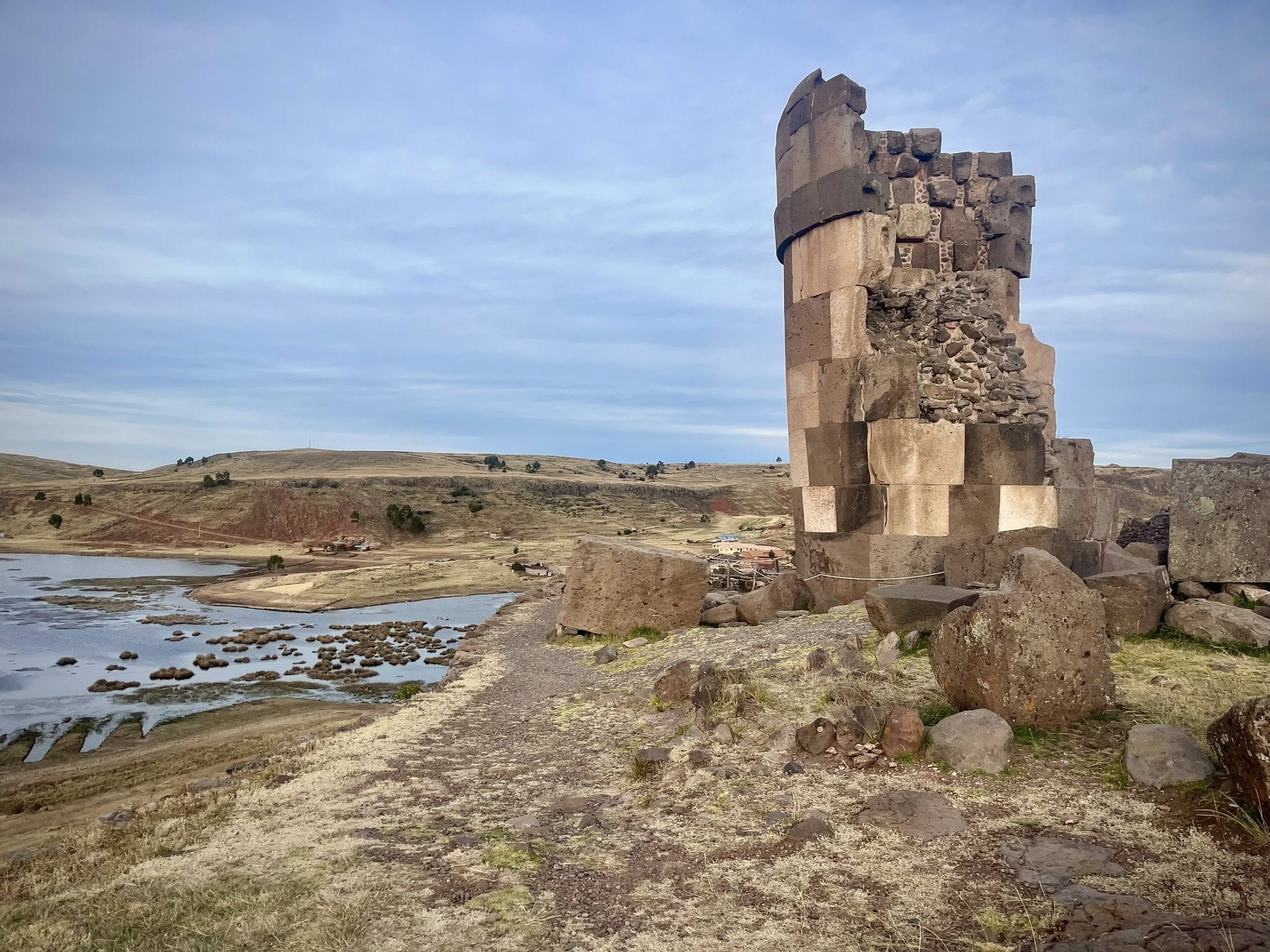
The archaeological masterpiece of Sillustani is a fascinating testament to the region’s history and architecture. The site is known for its spectacular chullpas, ancient funerary towers built by the pre-Columbian Qulla people, and later by the Incas.
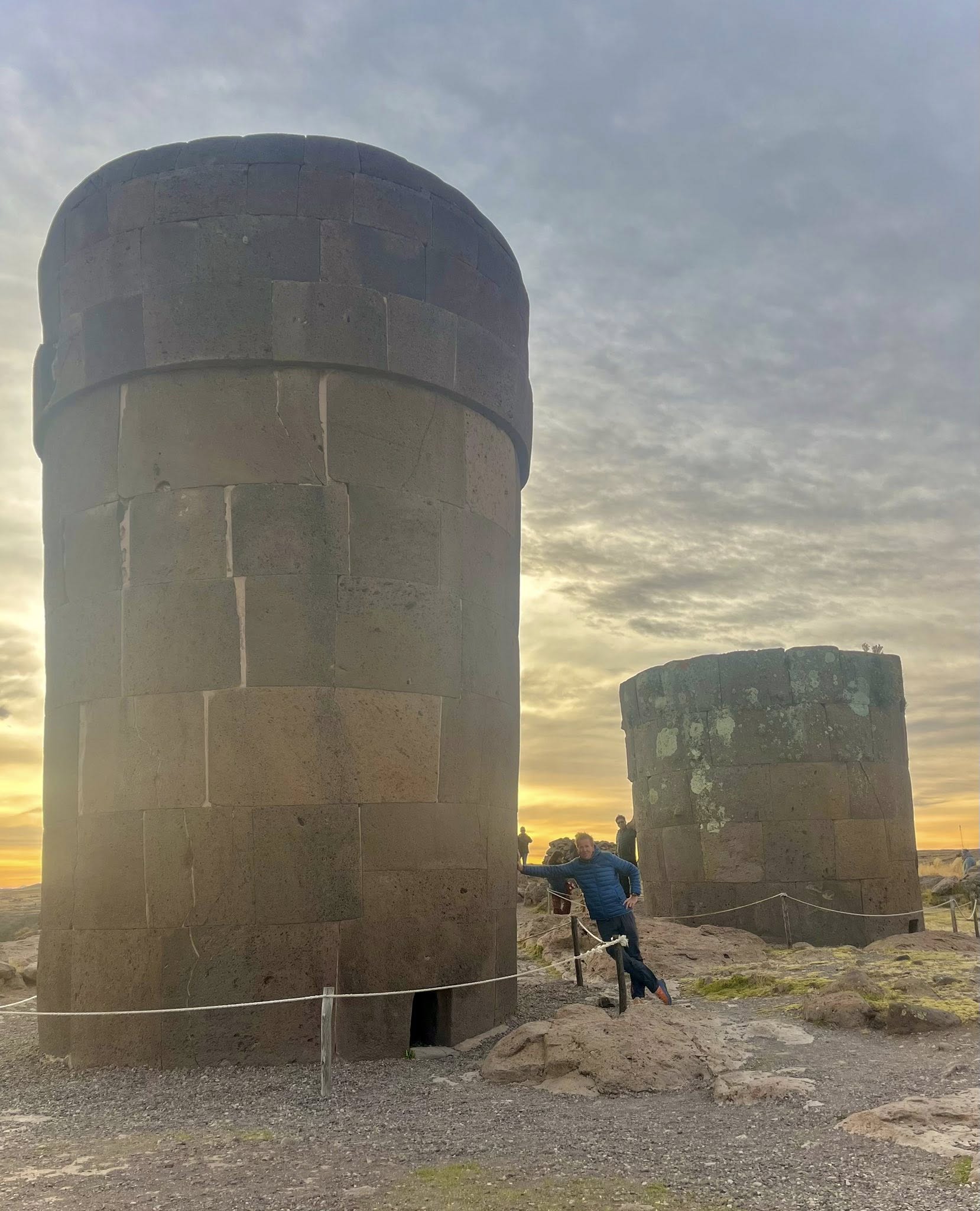

The cylindrical funerary towers, assembled from gigantic stone blocks, reach an impressive height of 12 meters.
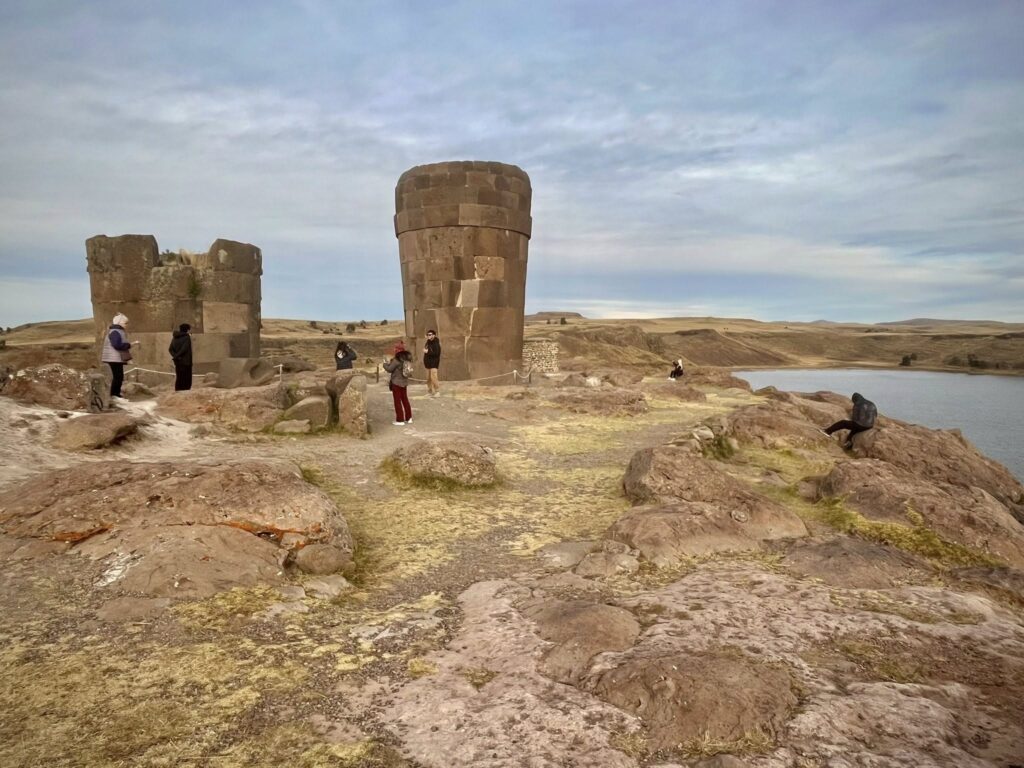
The chullpas were designed to house the remains of entire family groups, including their belongings for the afterlife. Before the corpses were placed in the tombs, they were mummified in fetal position.
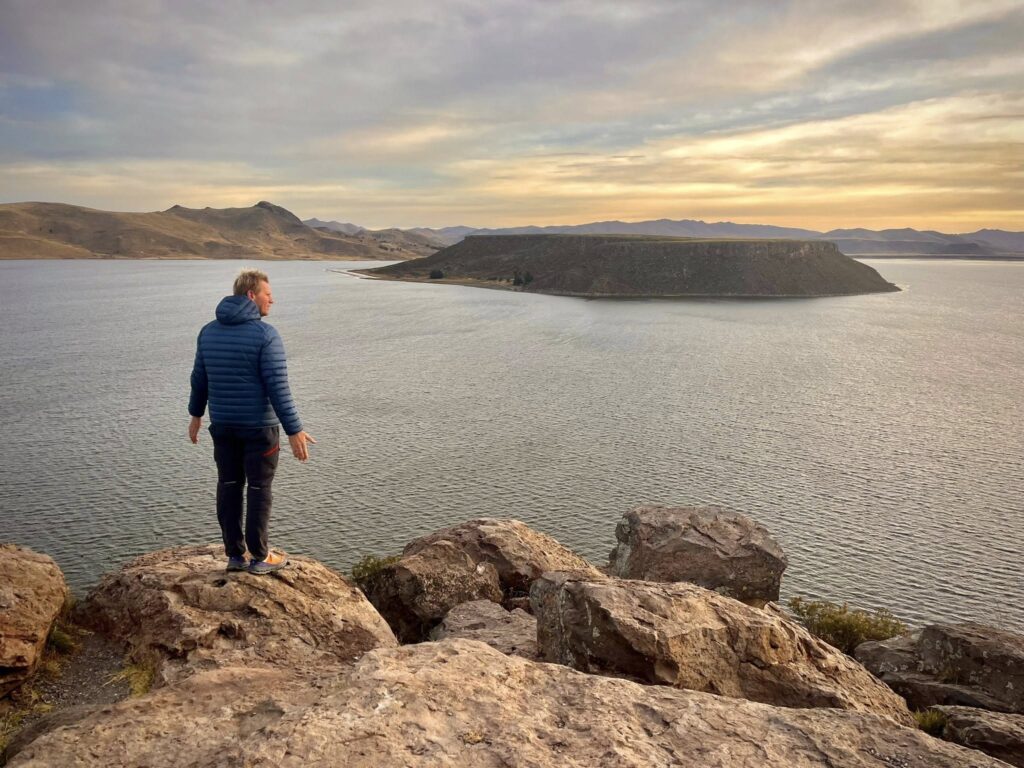
Day 4 – Puno to Copacabana
On the way from Puno to Copacabana in Bolivia, we stopped off at a local Sunday market in the small town of Acora. The market was huge and very interesting. I loved seeing the older women wearing their traditional dress.
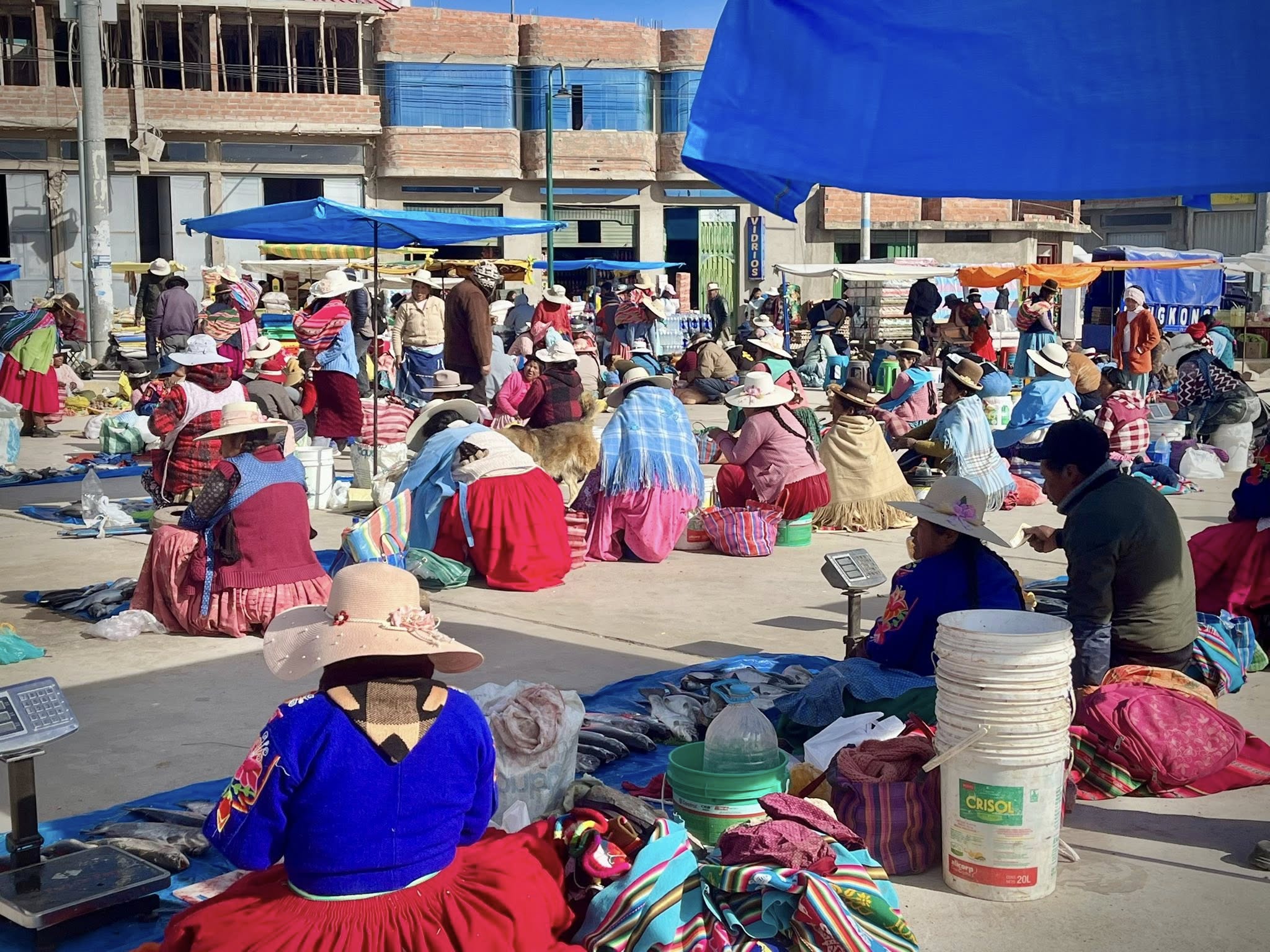
Peruvian women’s traditional attire includes layers of clothing, often with a pollera (skirt), a lliclla (shawl), and a montera (hat). Underneath the pollera, women may wear multiple petticoats or layers of fabric for fullness and warmth. Additionally, they might wear a jobona (jacket) or a chumpi (woven belt).
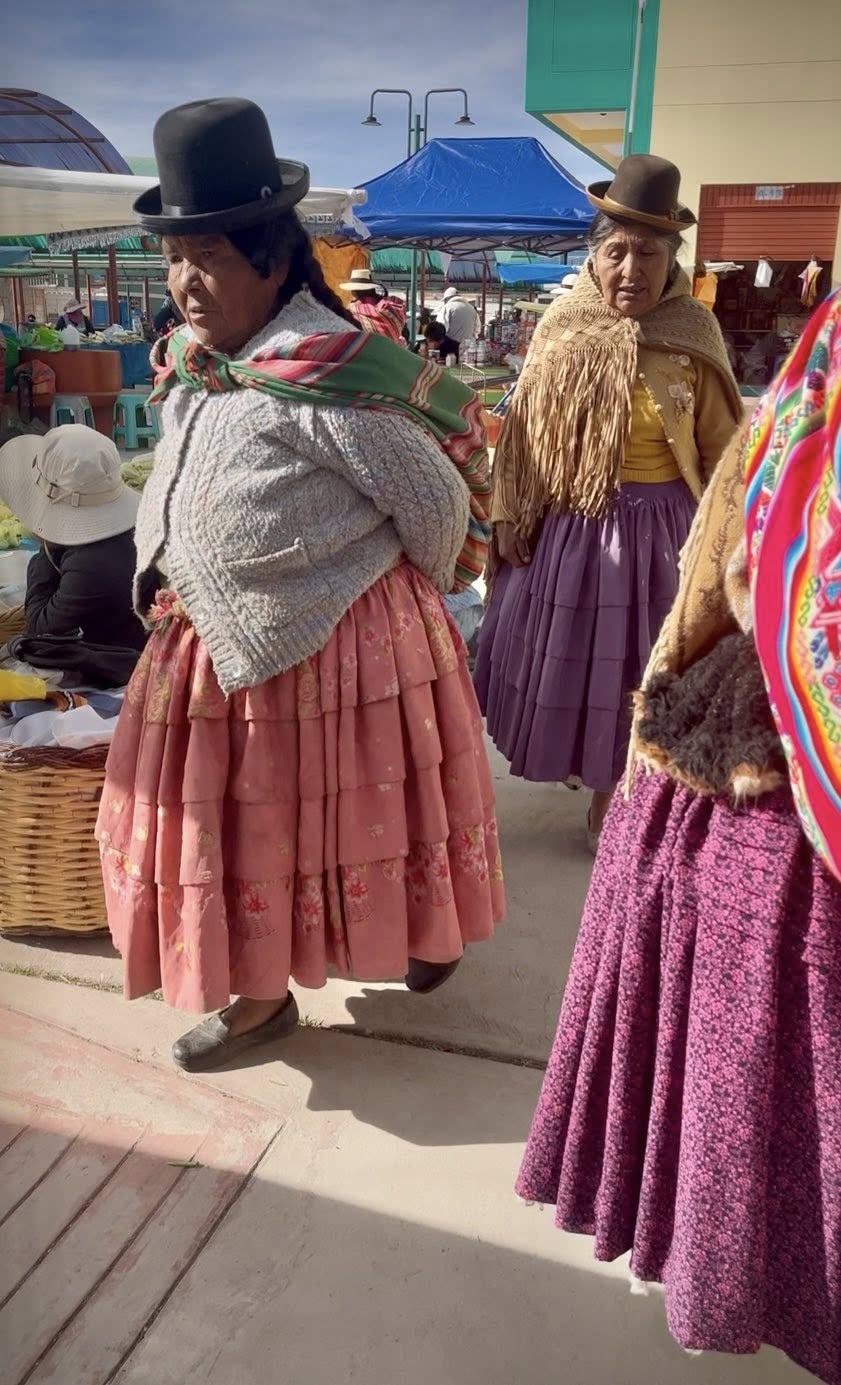
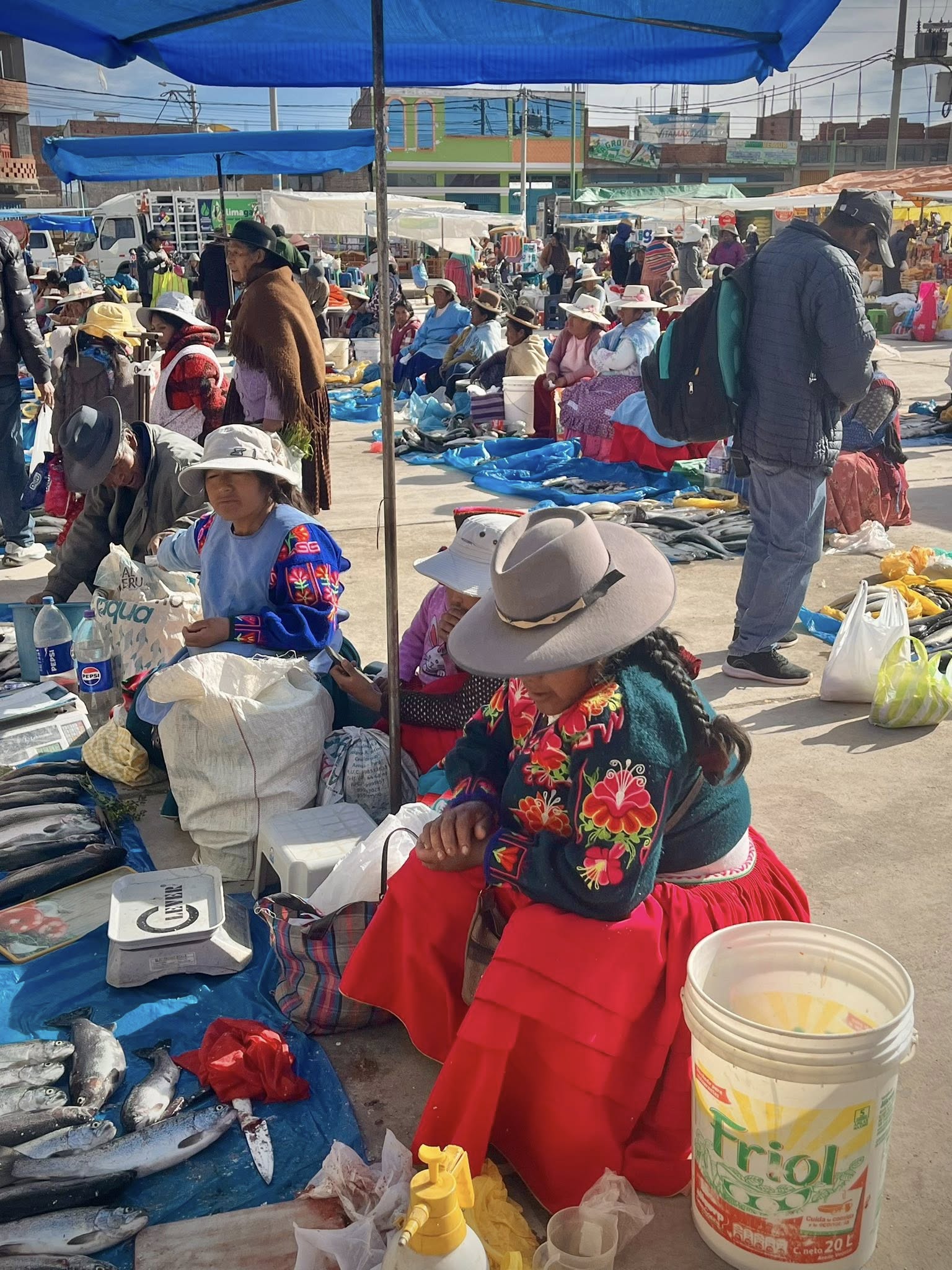
We passed by Lake Titicaca which is shared between the countries of Peru and Bolivia. Lake Titicaca is the highest navigable lake in the world with a surface area of 8,372 km² and an altitude of 3,812 meters. It is the largest lake entirely filled with freshwater in South America.
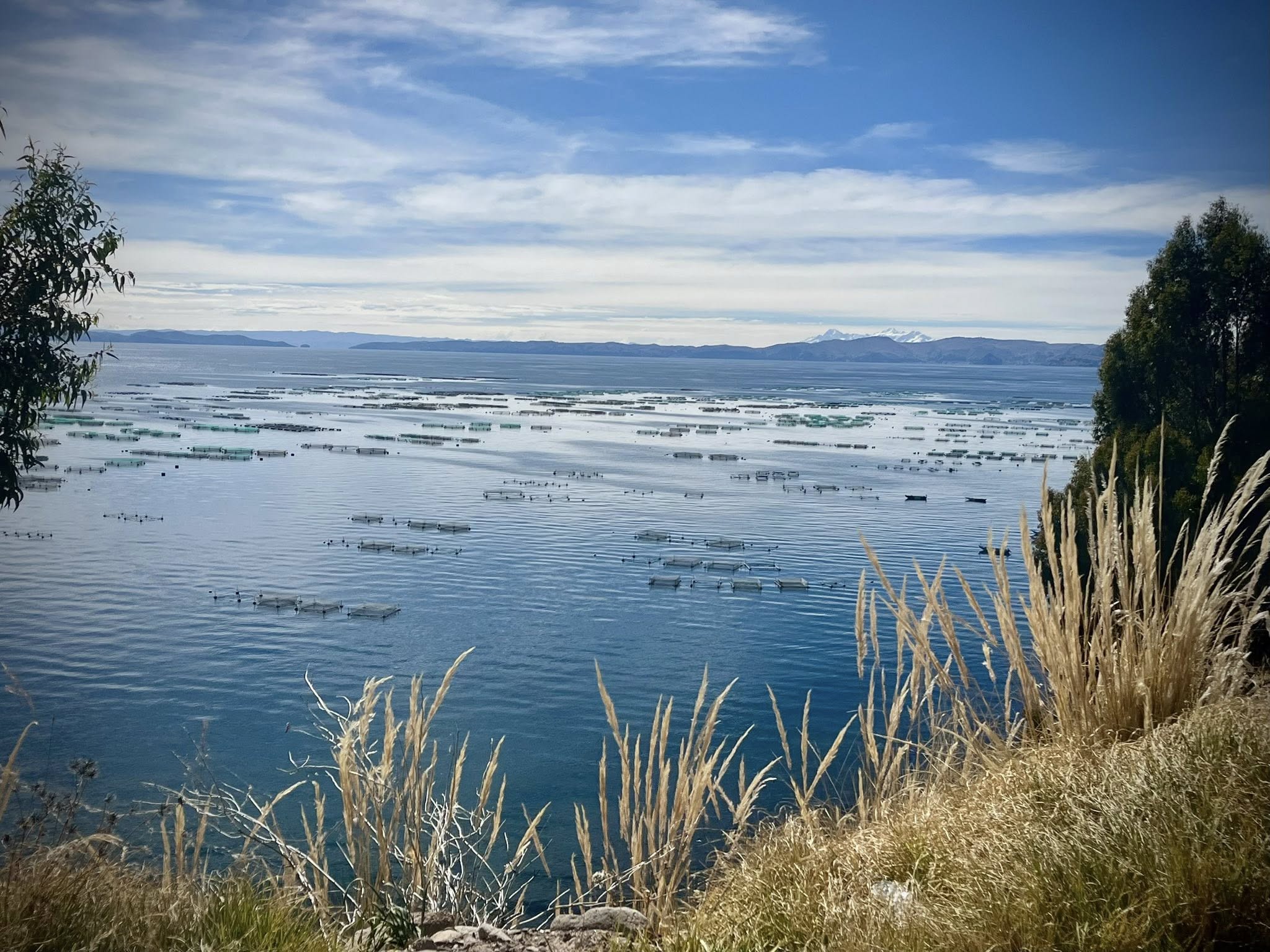
We arrived to our cute hotel in the small town of Copacabana on Lake Titicaca (elevation of 3800 meters). This town is known as a vacation spot for local Bolivians who want to be near water. Although many people think of Copacabana Beach in Brazil, this small town of Copacabana lies a thousand miles west of Rio de Janiero, Brazil.
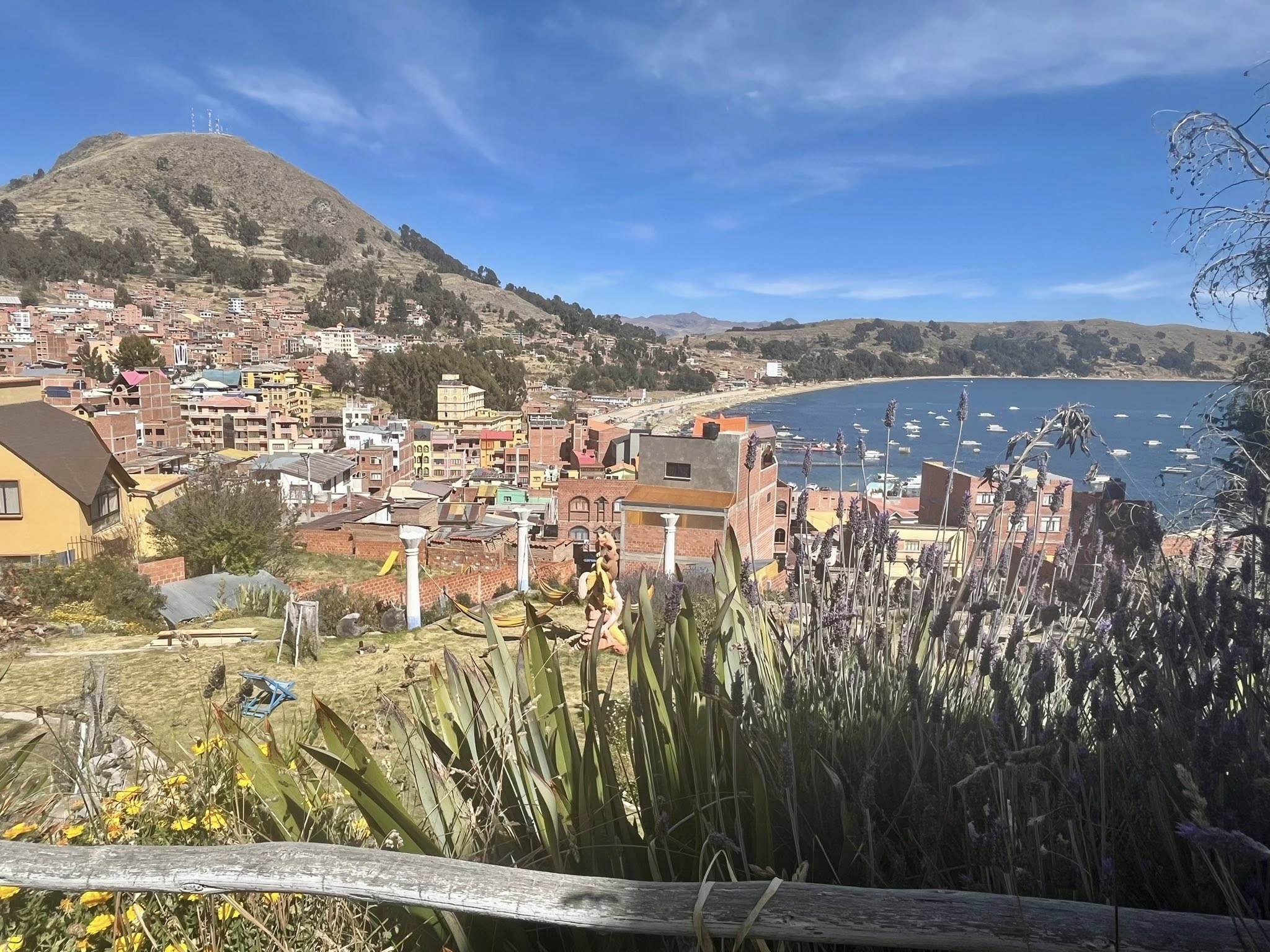
Our hotel for one night was the La Cupula which sat high on a hill above the town and harbor. The room was small but had a nice terrace with a great view.
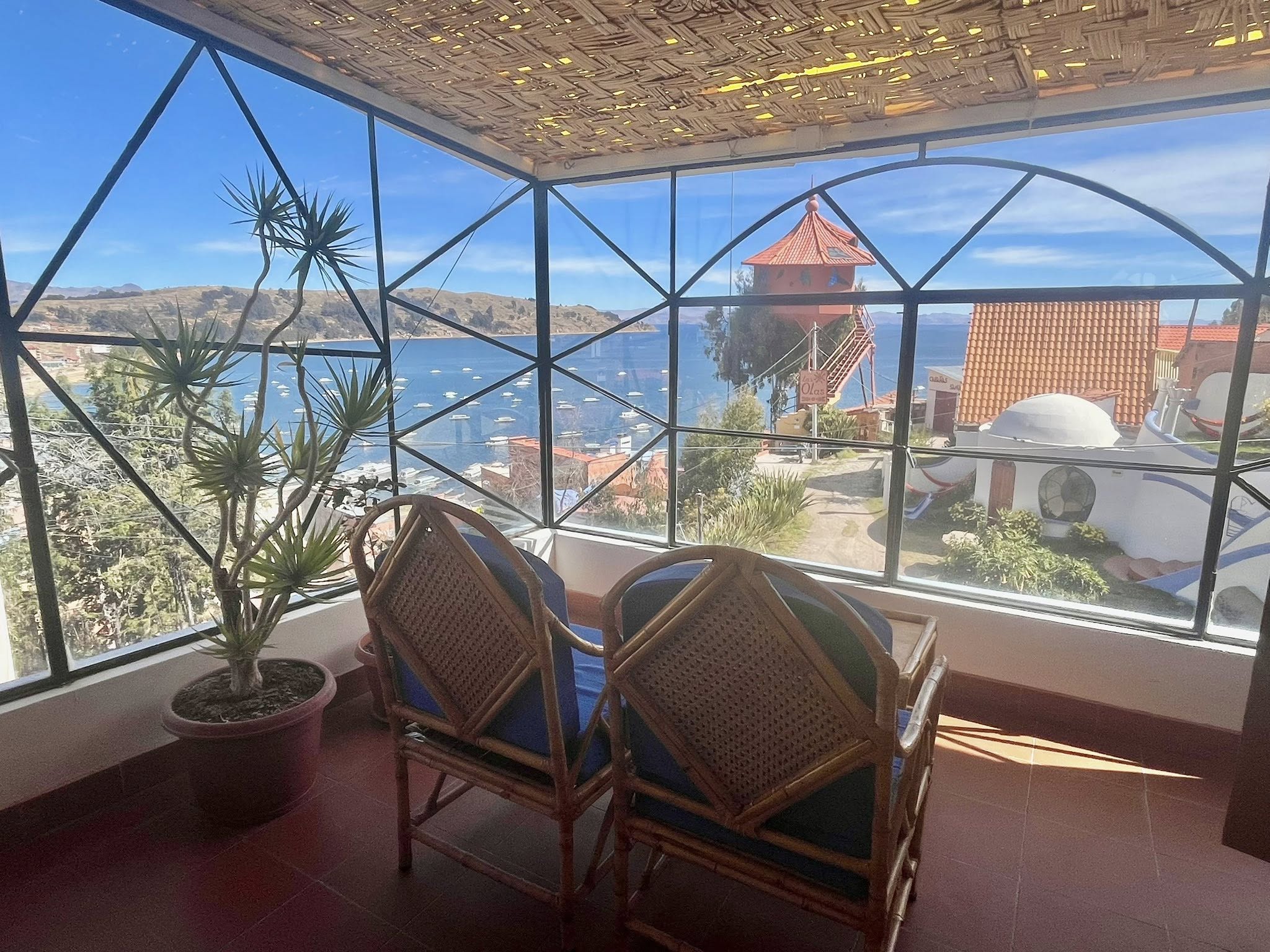
Copacabana
After arriving to Copacabana, we did a quick city tour where we visited the big church. The Basilica of Our Lady of Copacabana is a 17th-century Spanish colonial shrine that houses the image of the Virgen de Copacabana.
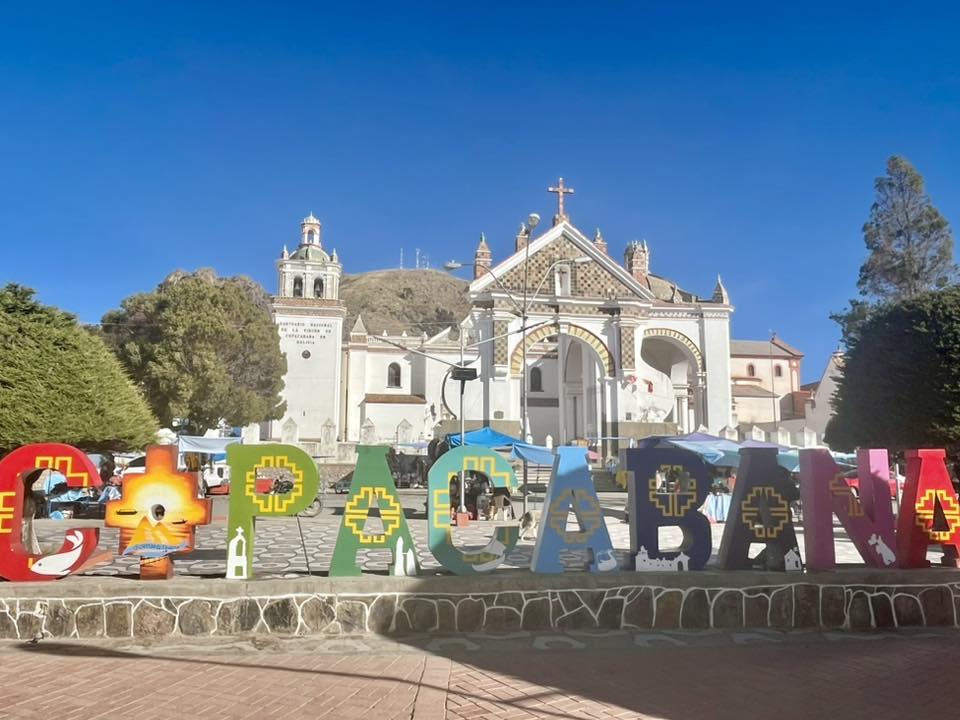
The Basilica is home to the Black Madonna, a venerated patron saint, attracting pilgrims from all over the region. Unique ceremonies take place outside its gates, such as the blessing of cars, a fascinating ritual that blends indigenous beliefs and Catholic traditions.
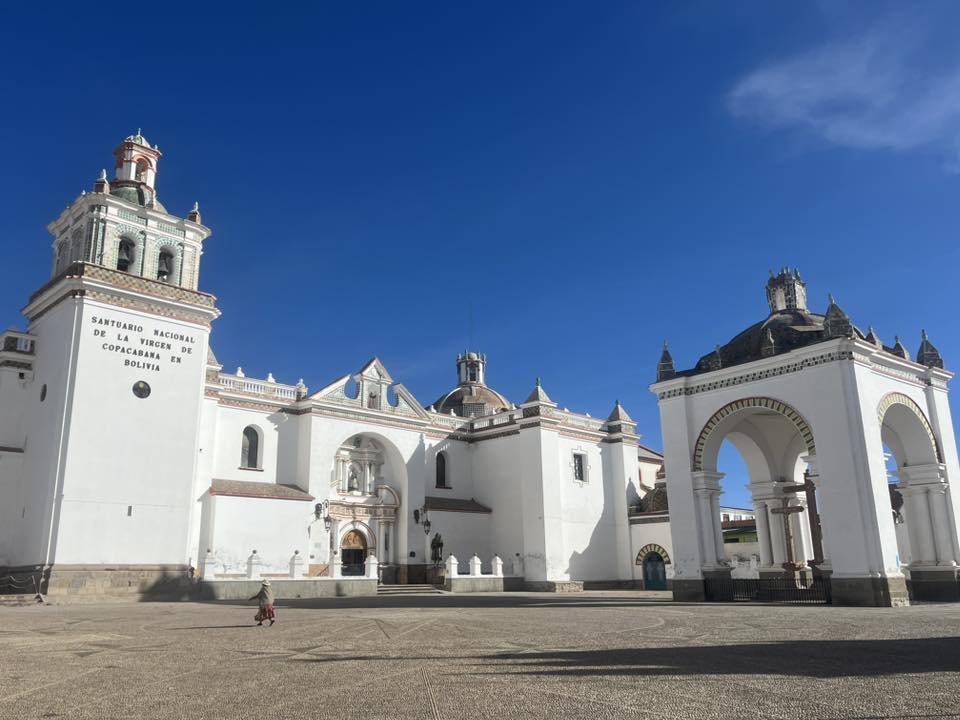
For more info about the history behind the shrine and the ‘dark virgin’, refer to this site.
Day 5 – Isla del Sol
Day 5 was a great day! We were taken on a 1-hour boat ride from Copacabana to Isla del Sol where we had a 1-hour hike across the scenic island.

Isla del Sol is at 12,500 ft (3,810 m) above sea level. The island, whose name is Spanish for “Island of the Sun,” was an important centre of pre-Columbian settlement in the eastern part of the Andes mountain ranges. It has an area of 5.5 square miles (14.3 square km).
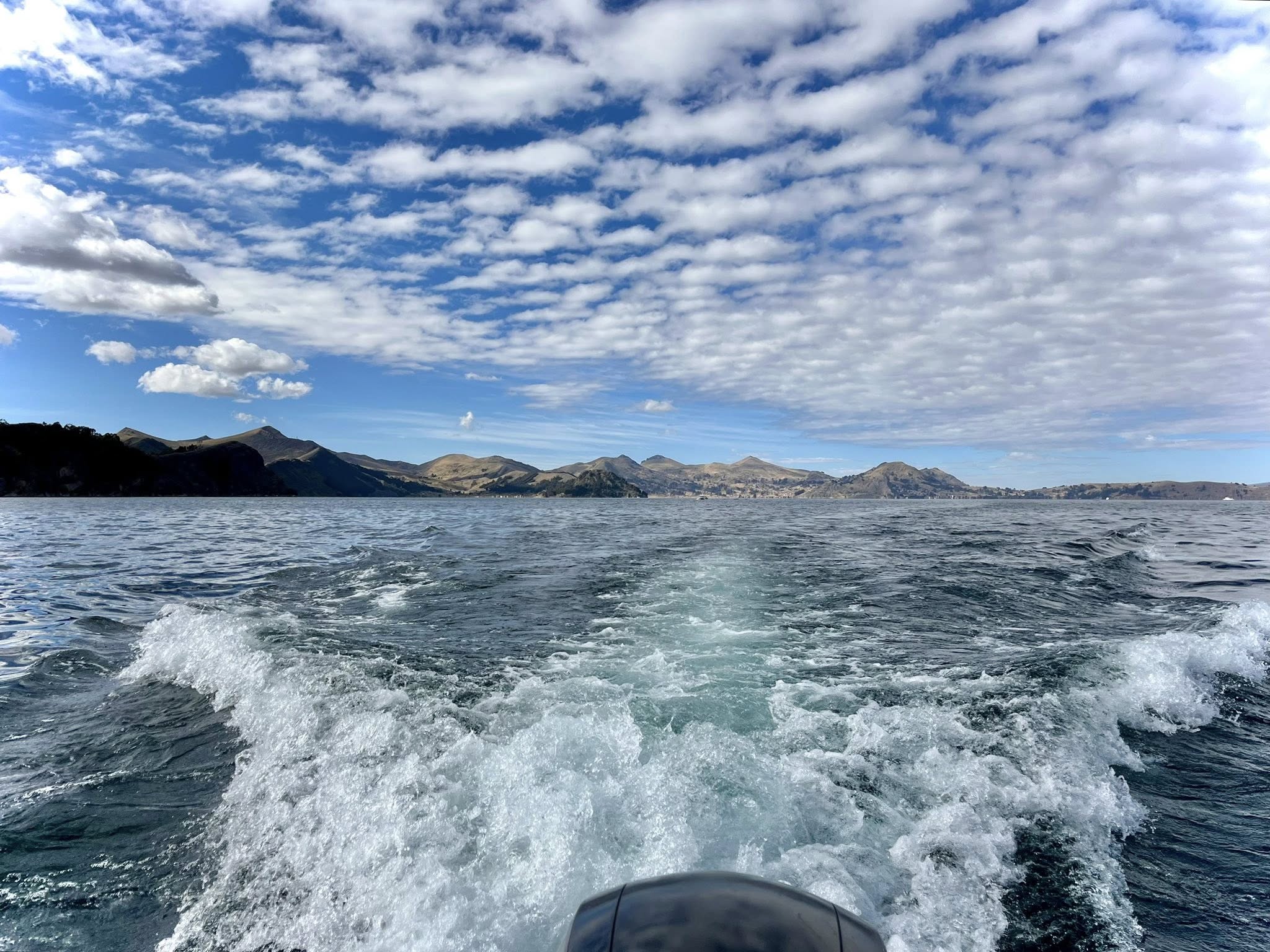
The island is known for its Incan ruins (over 80), rugged terrain, and spiritual significance as the legendary birthplace of the Inca sun god and the first Inca rulers according to Incan legend. There is evidence that people lived on the island as far back as the 3rd Millenium BC.
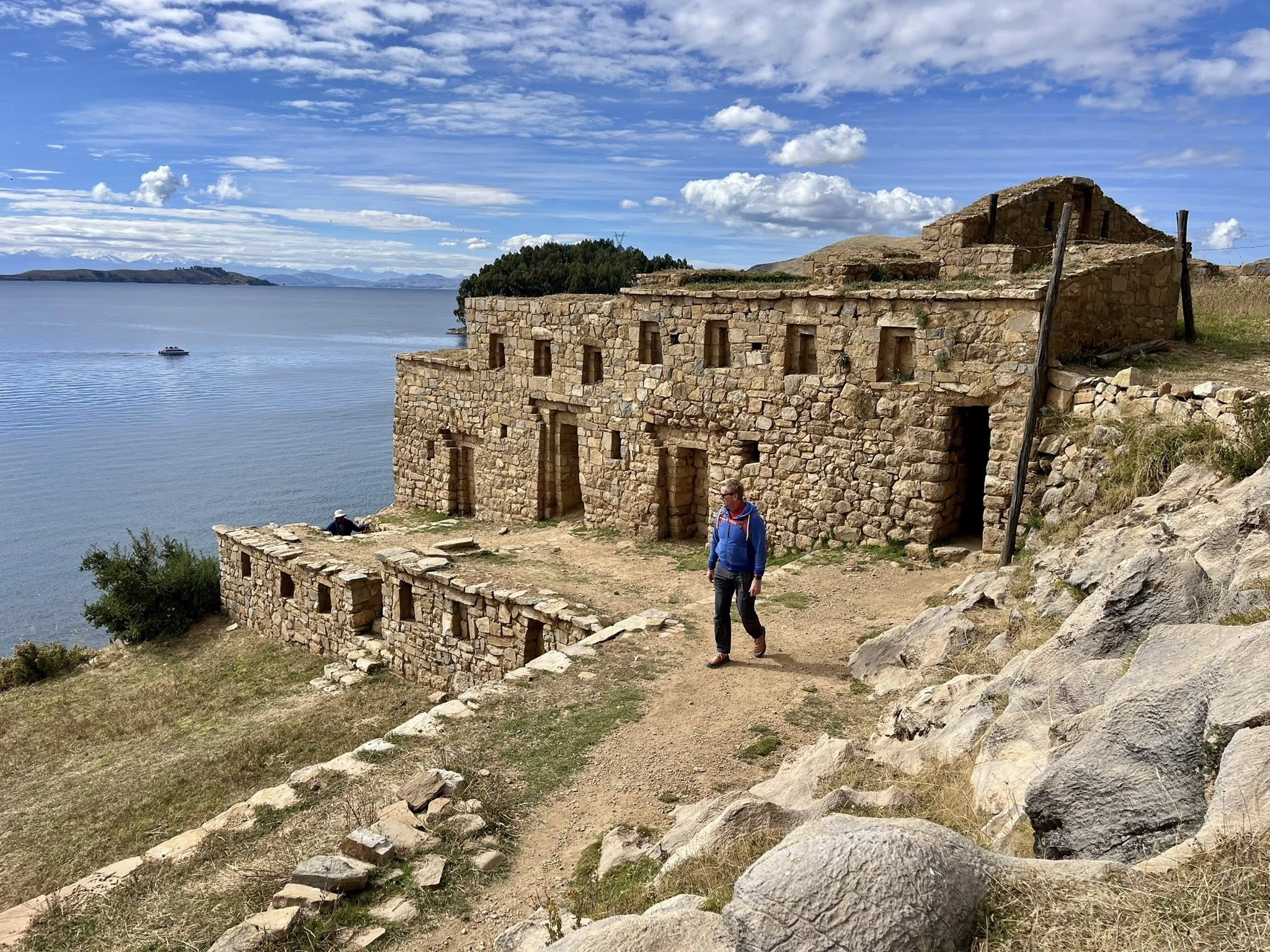
The only way to get here is by boat as there are no roads and no cars on the island. Along the walking path, we saw some locals in their traditional dress with alpacas and donkeys.
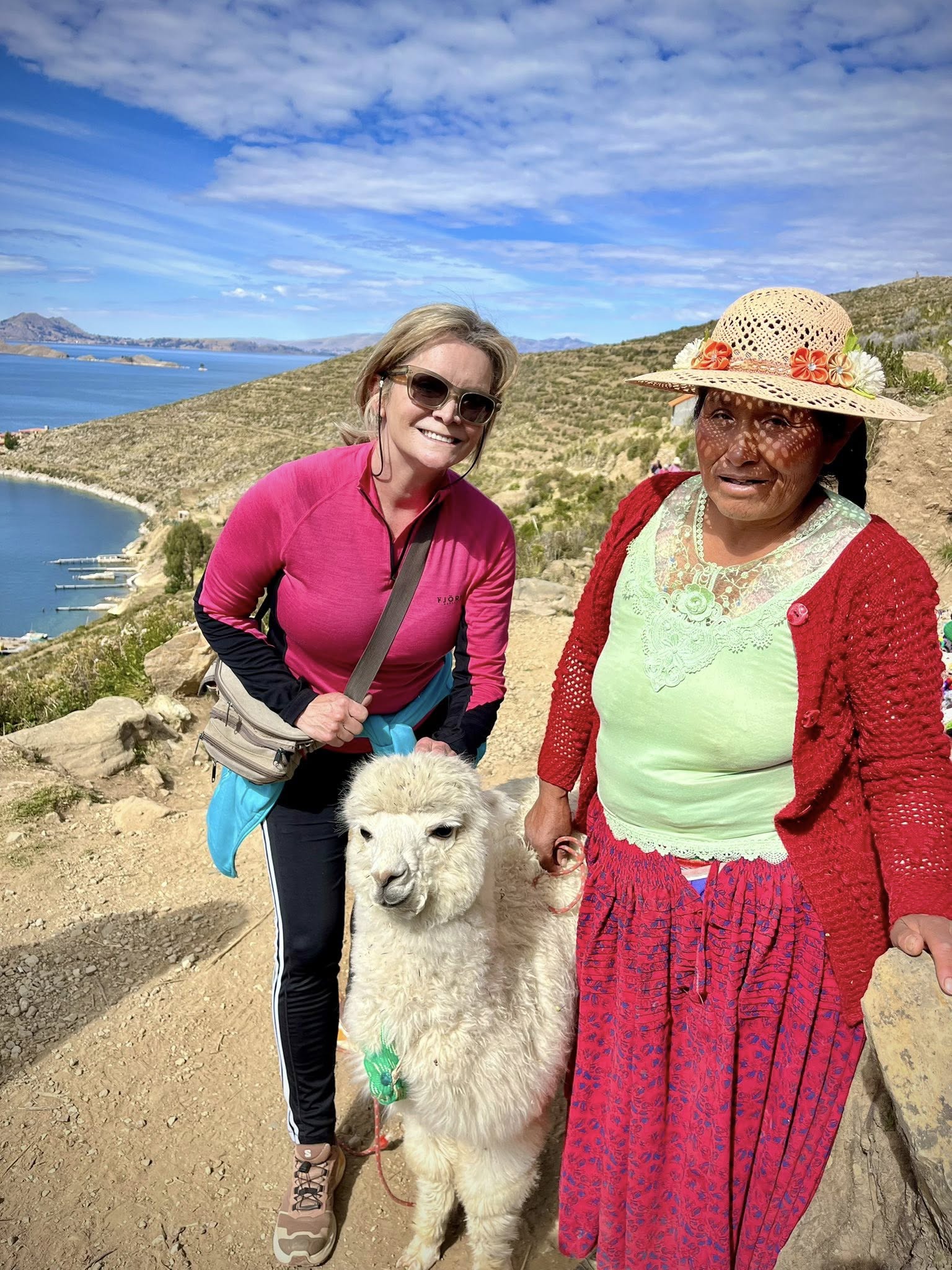
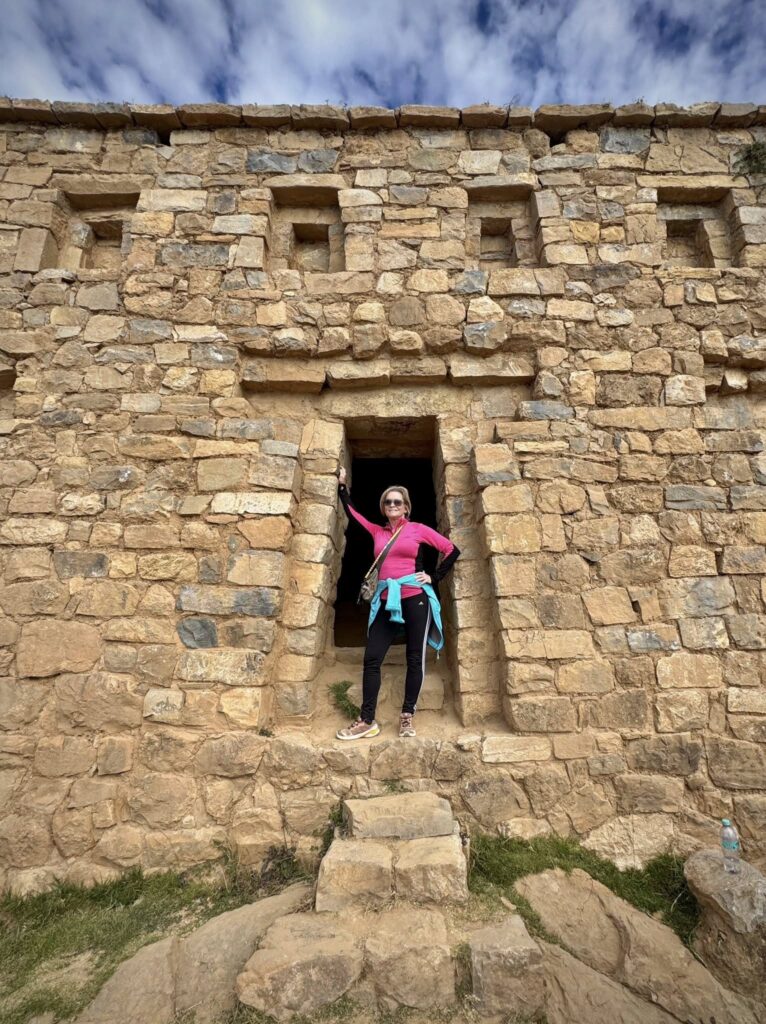
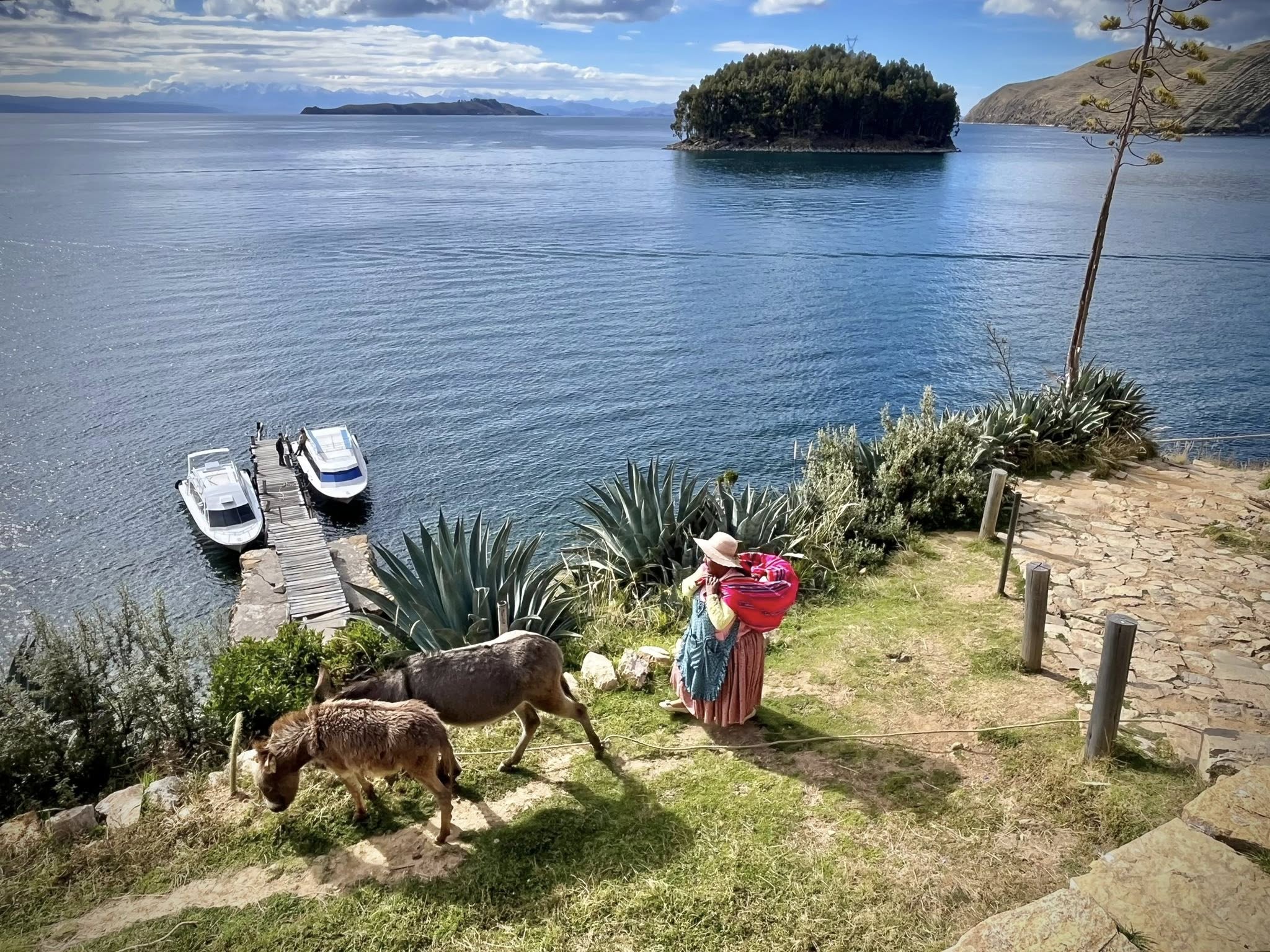
At the end of the hike, we had a delicious lunch next to the water before being taken back to Copacabana by boat.
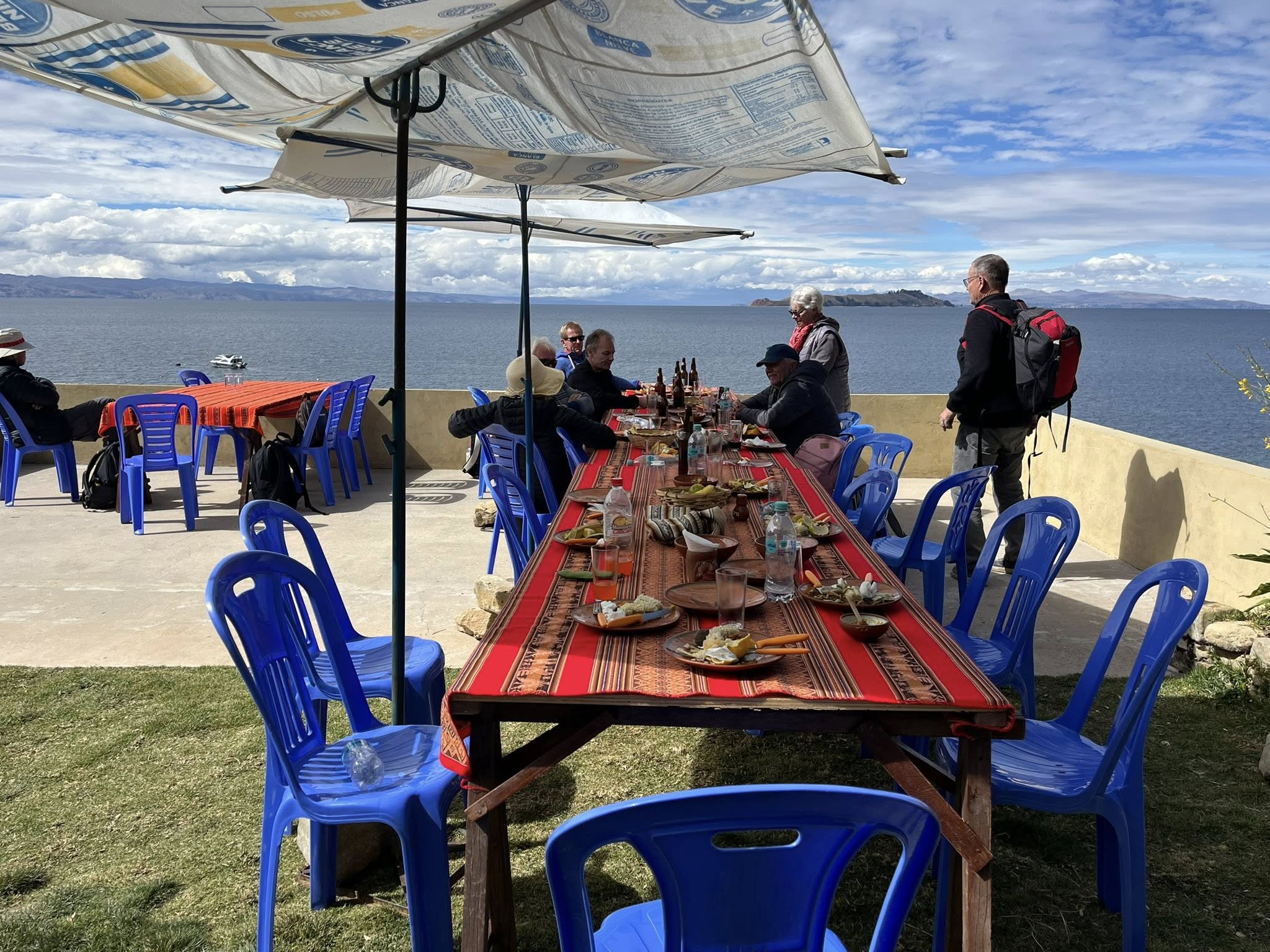
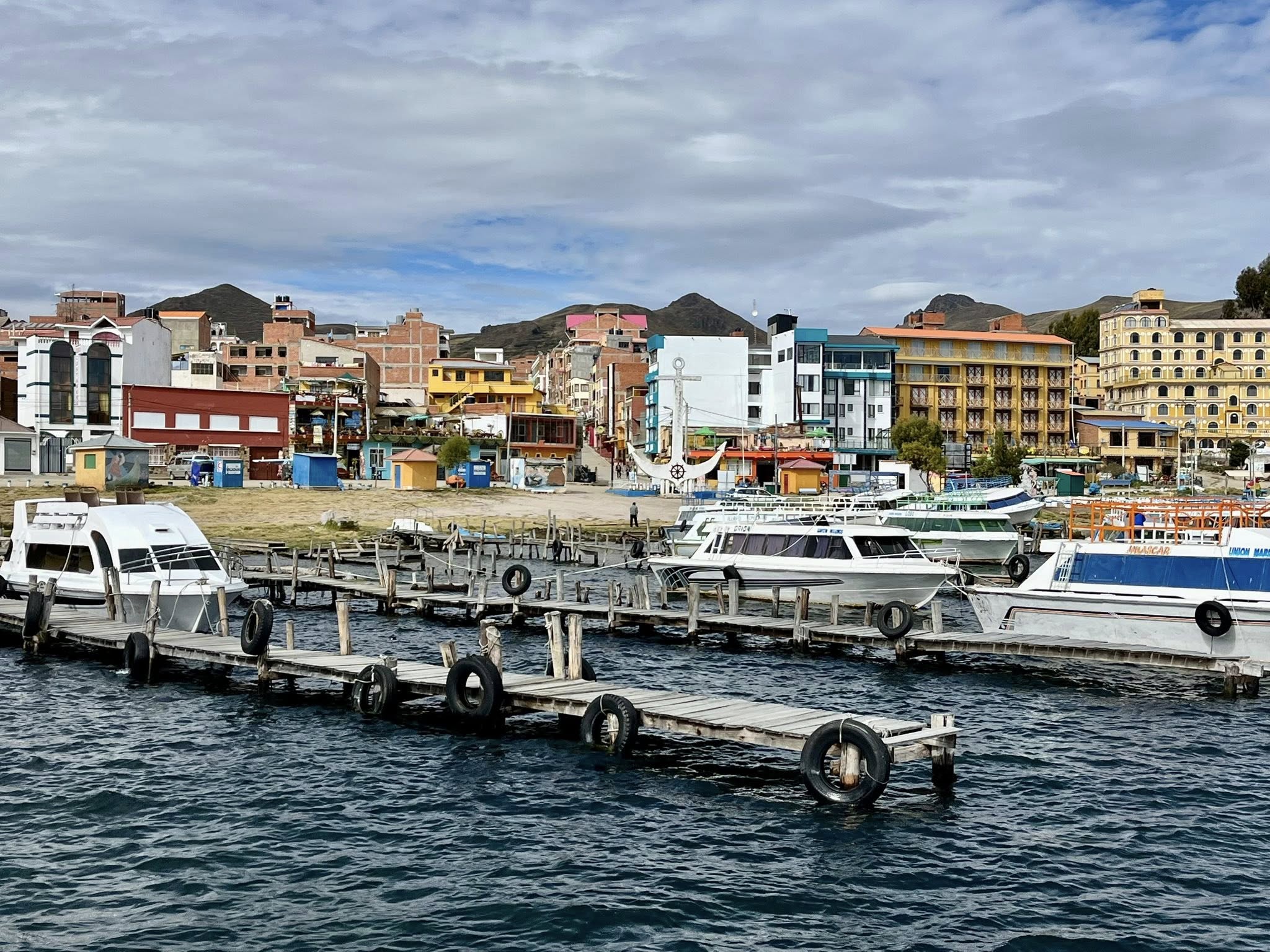
After this full day excursion, we went directly to our bus for a 3-hour ride to La Paz, the capital city of Bolivia. Once there we settled into our modern hotel for two nights and had a tasty meal at a close-by restaurant.
Day 6 – La Paz, Bolivia
Our next day was spent touring the highlights of La Paz, which is the highest elevation capital city of the world at 3,650 meters (12,000 feet). Our first stop was a lookout point to get a 360 degree view of the huge and condensed city. It was amazing to see all of these buildings crammed into an area with a population of over 700,000.
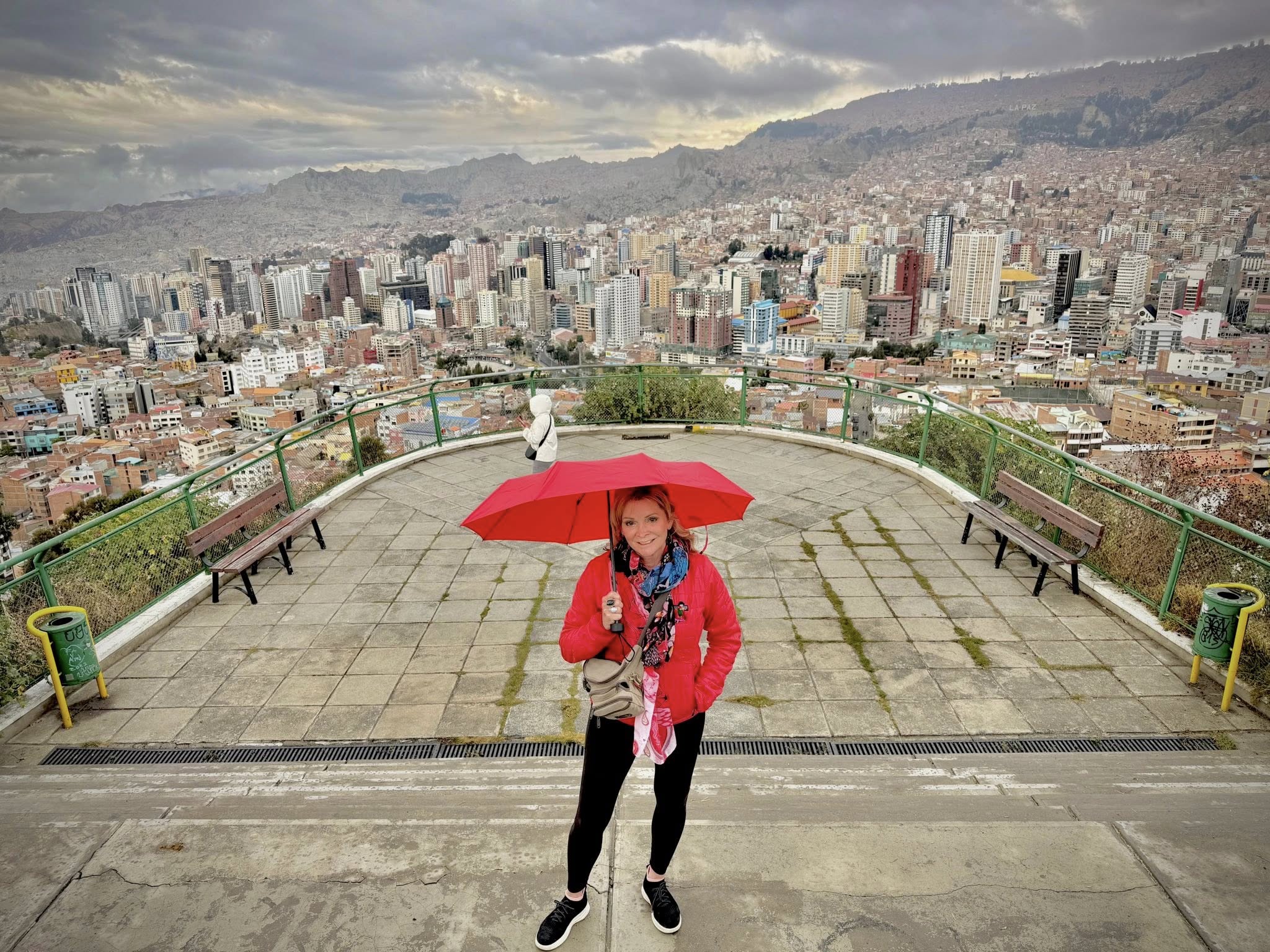
We then did a ride on one of the ten gondolas around the city to the highest point of 4,095 meters (13,435 feet). La Paz is known for its extensive and unique public transportation system called ‘Mi Teleferico’, which is the world’s largest (highest and longest) urban cable car system.
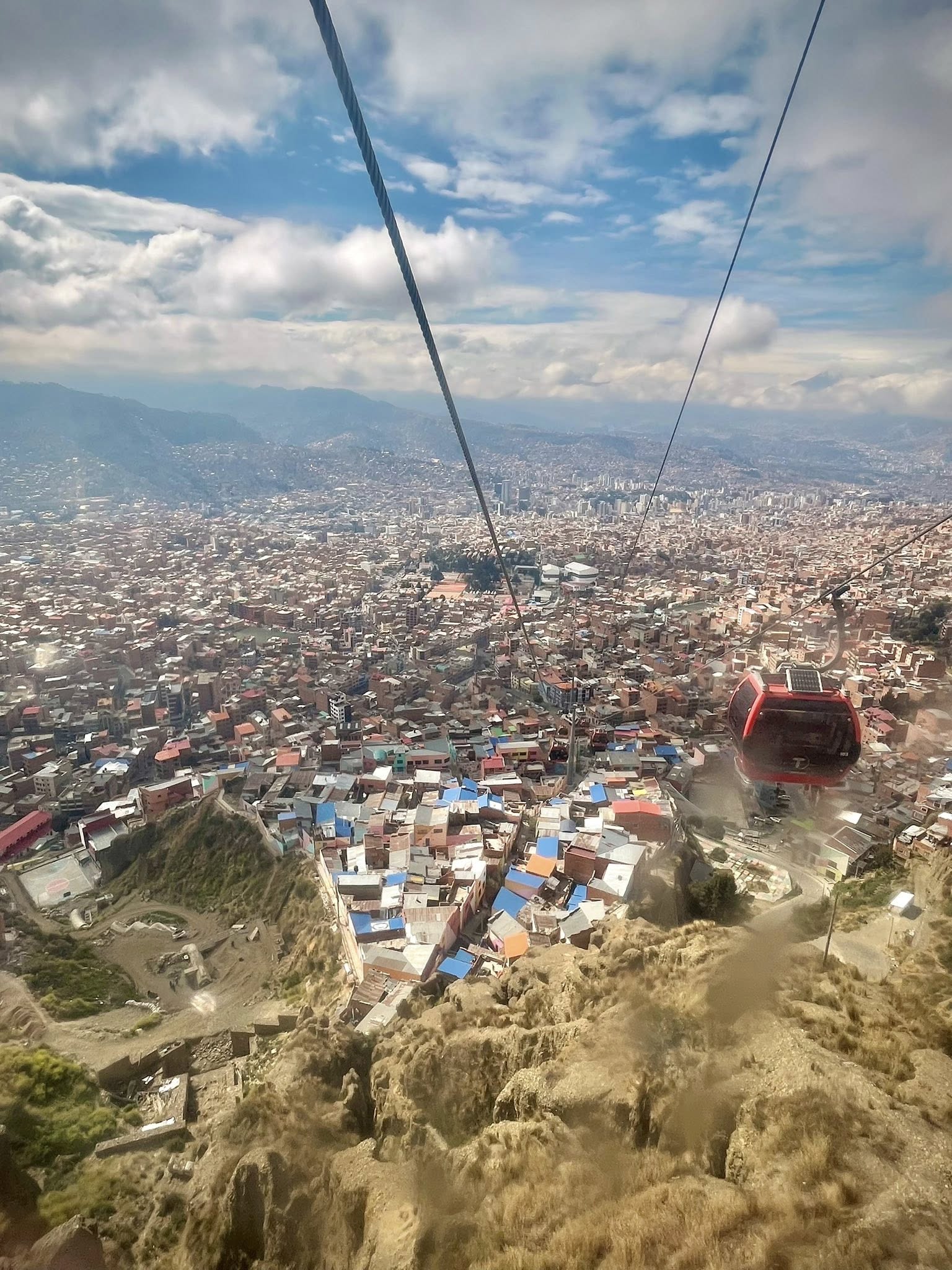
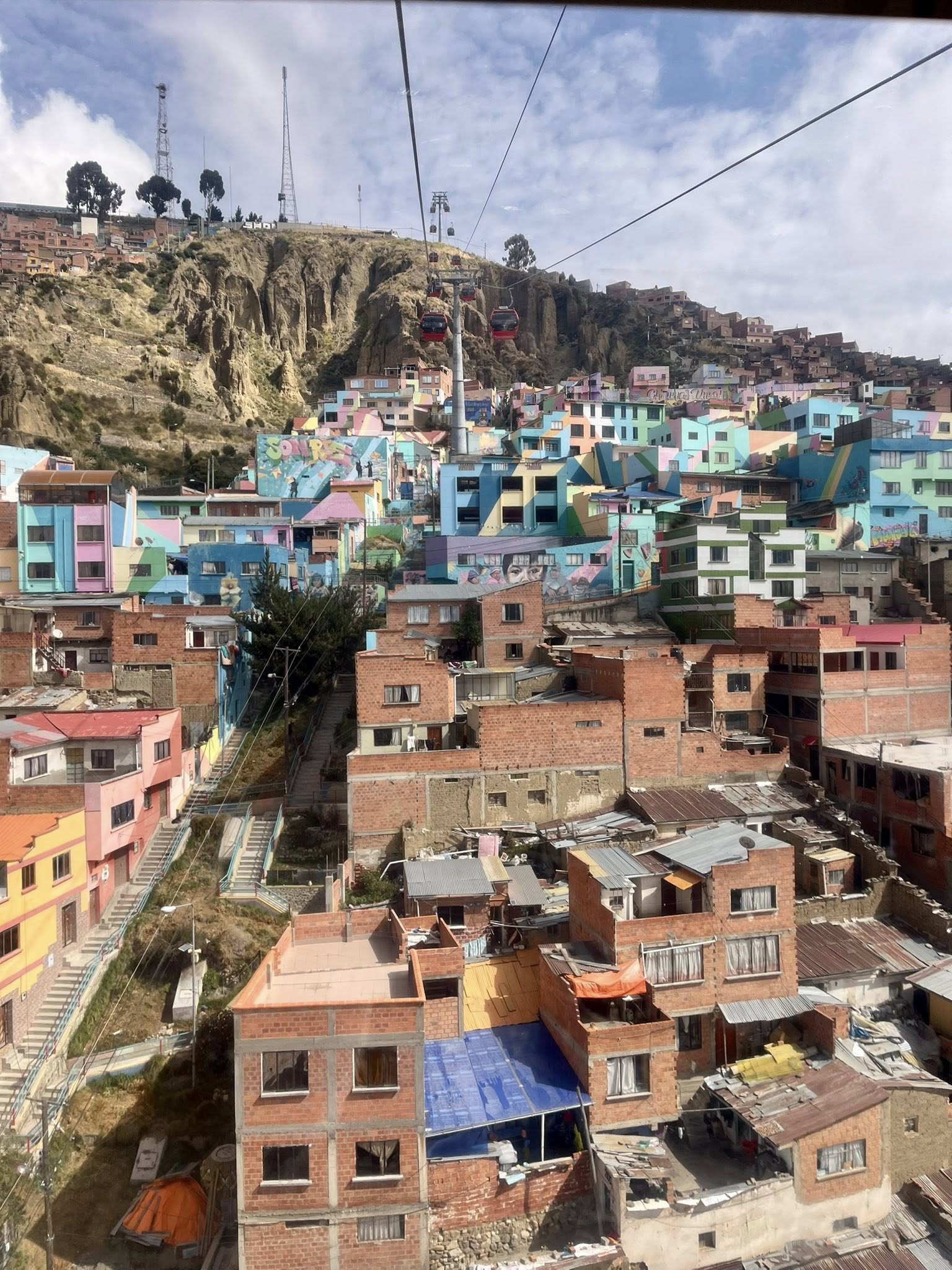
With 10 lines and 26 stations, its primary use is to serve as public transportation in the city. Most of the gondolas operate 17 hours per day and can handle 4,000 passengers per hour, with cars departing every 12 seconds. Because of the low cost, the locals can easily use this transportation system to get around the city.
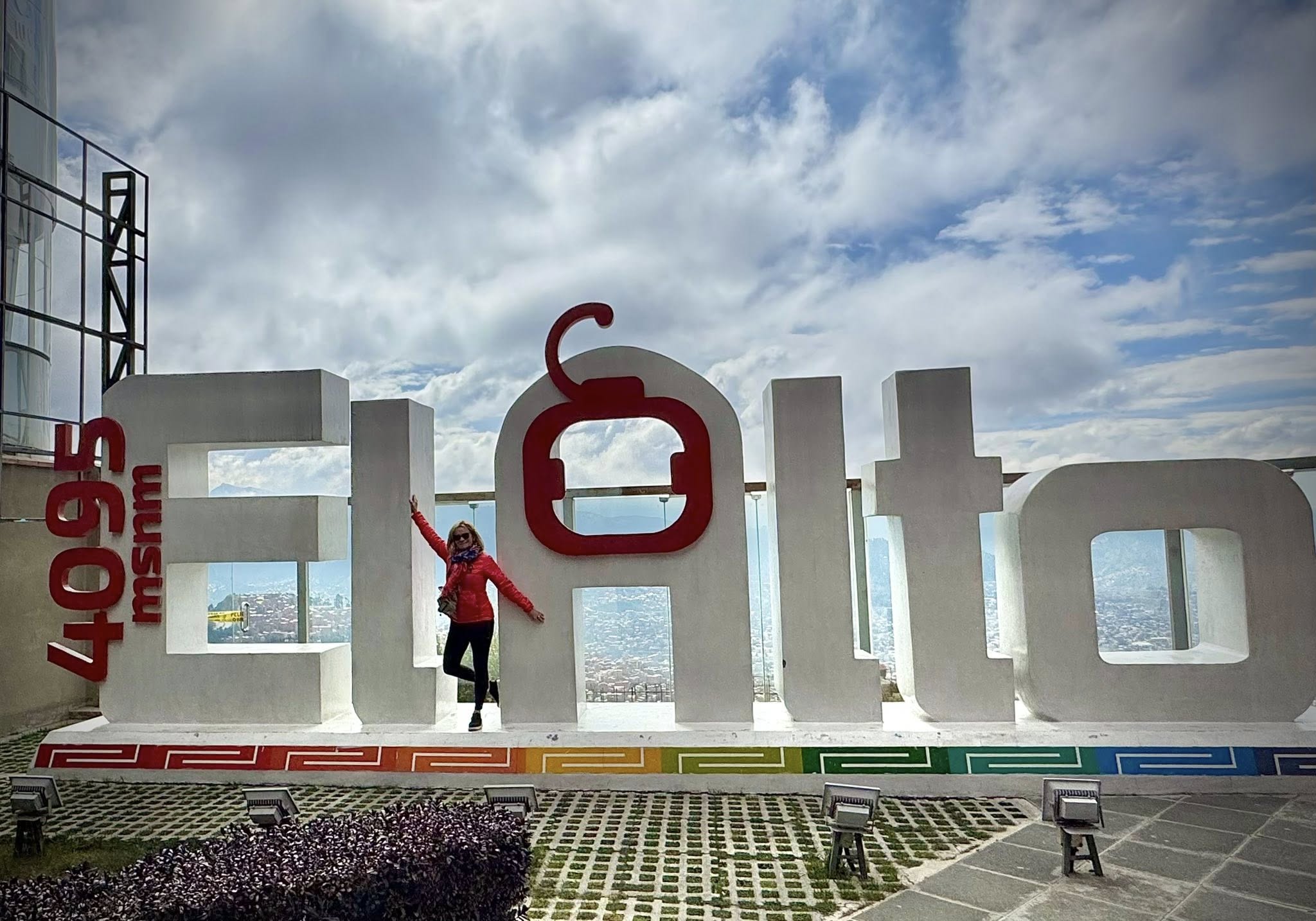
Our city tour included the Colonial Quarter, the market, and the Gold Museum, with its impressive collection of pre-Columbian artifacts.
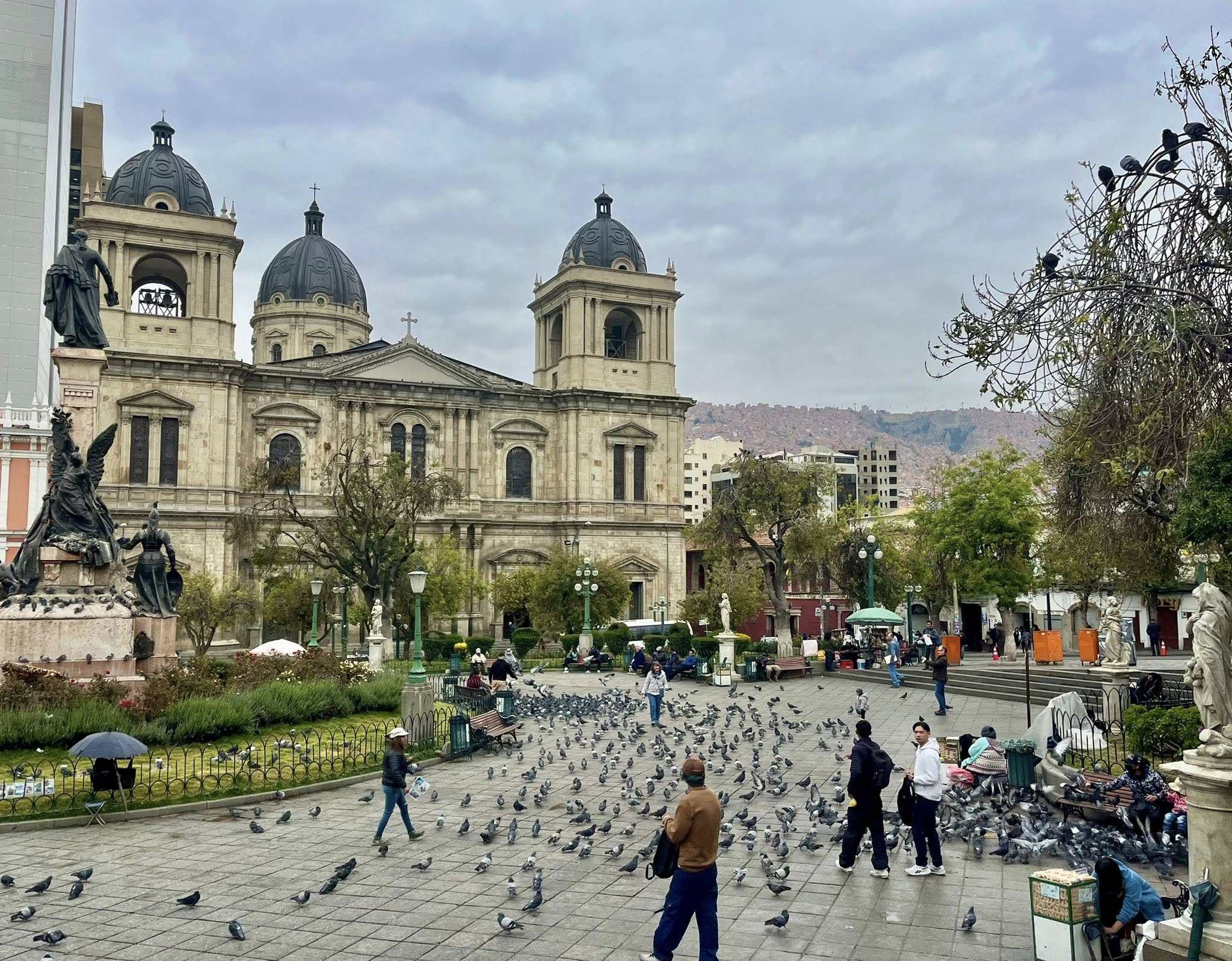
Valley de la Luna
The highlight of the daily tour was our last stop at the Valley de la Luna. The Valley of the Moon was formed due to erosion consuming the upper part of a mountain, made up of clay soil. Over the centuries winds and rains have built this spectacular and unusual landscape of white chimneys.
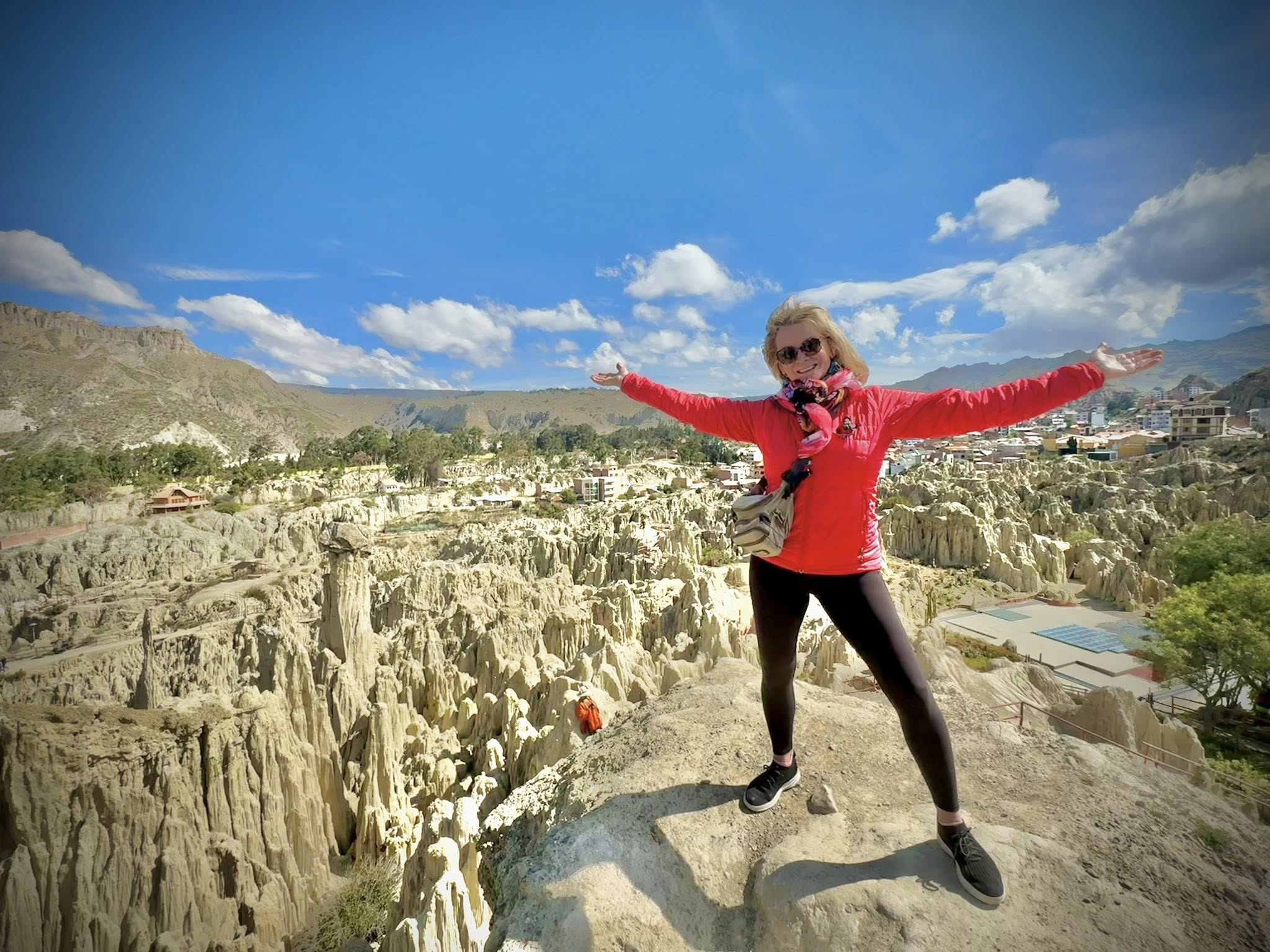
This spectacular moon valley lies in a dramatic, 4.8 kilometer (3 mile) long canyon with steep walls rising up to 457 meters (1,500 feet).
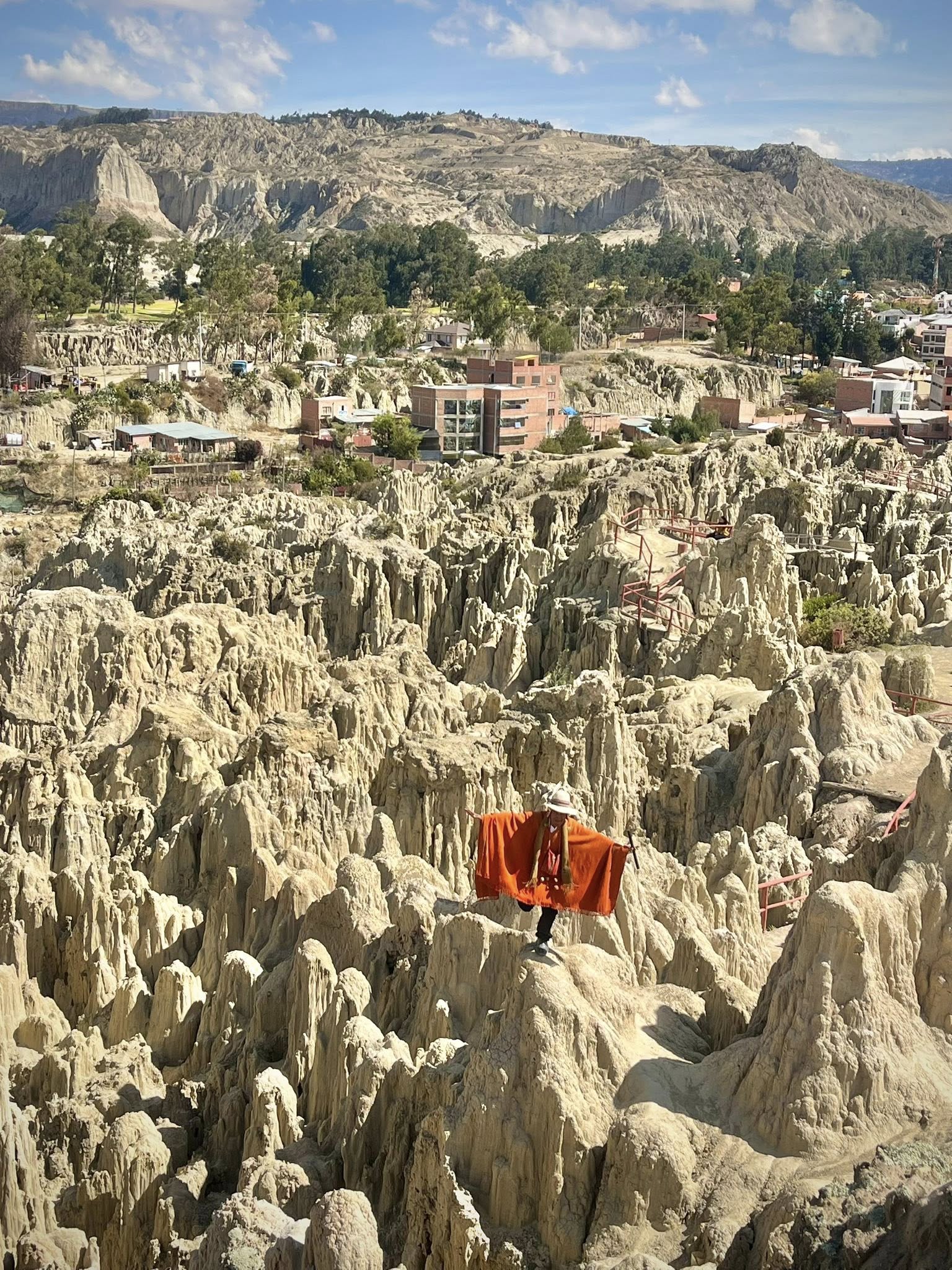
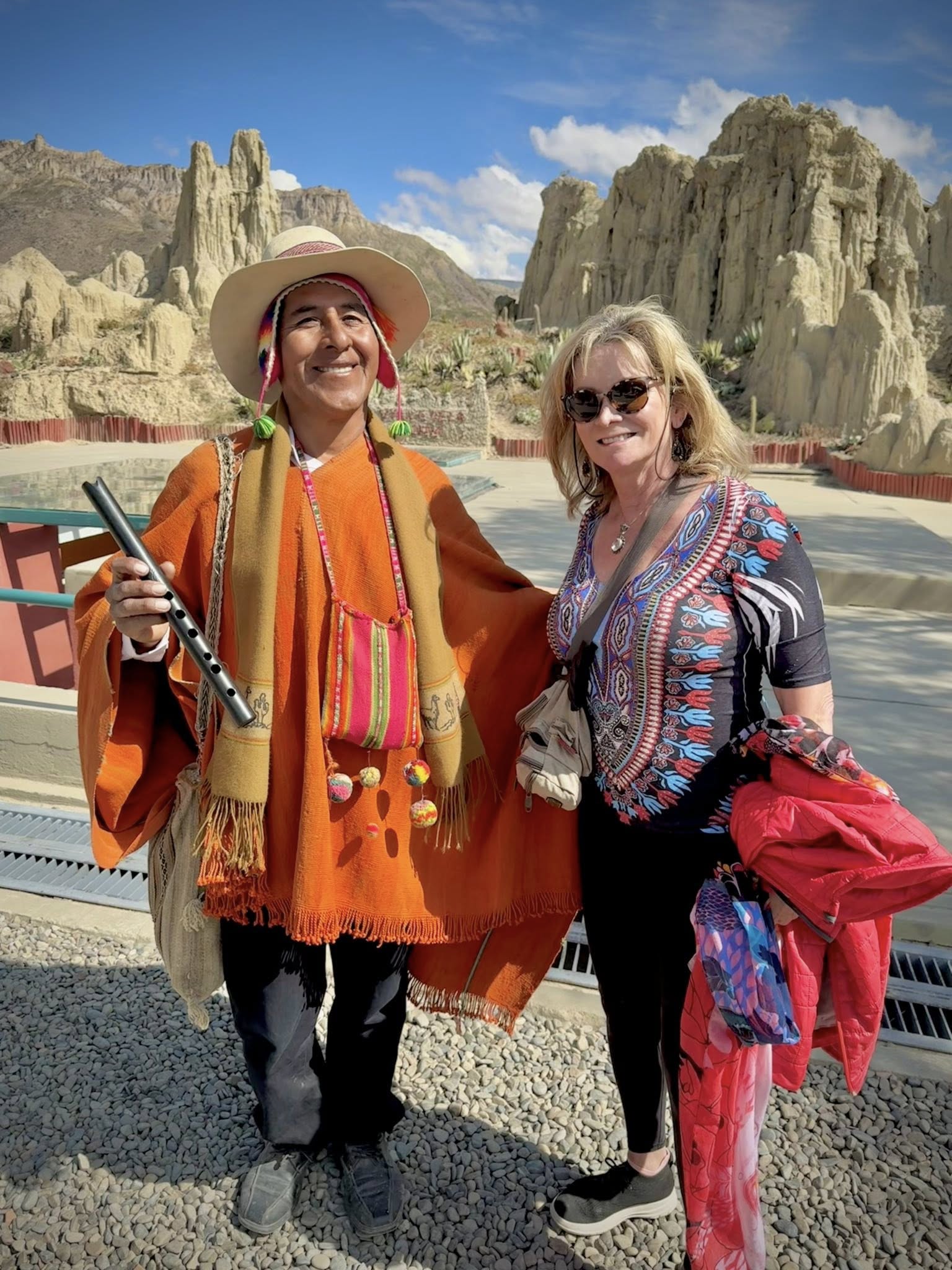
It is said that Neil Armstrong named this enigmatic place as the “Valley of the Moon” because of its great resemblance to the craters that he saw on his trip to the moon. After this, the people from La Paz took advantage of the new name and transformed this place into a tourist attraction.
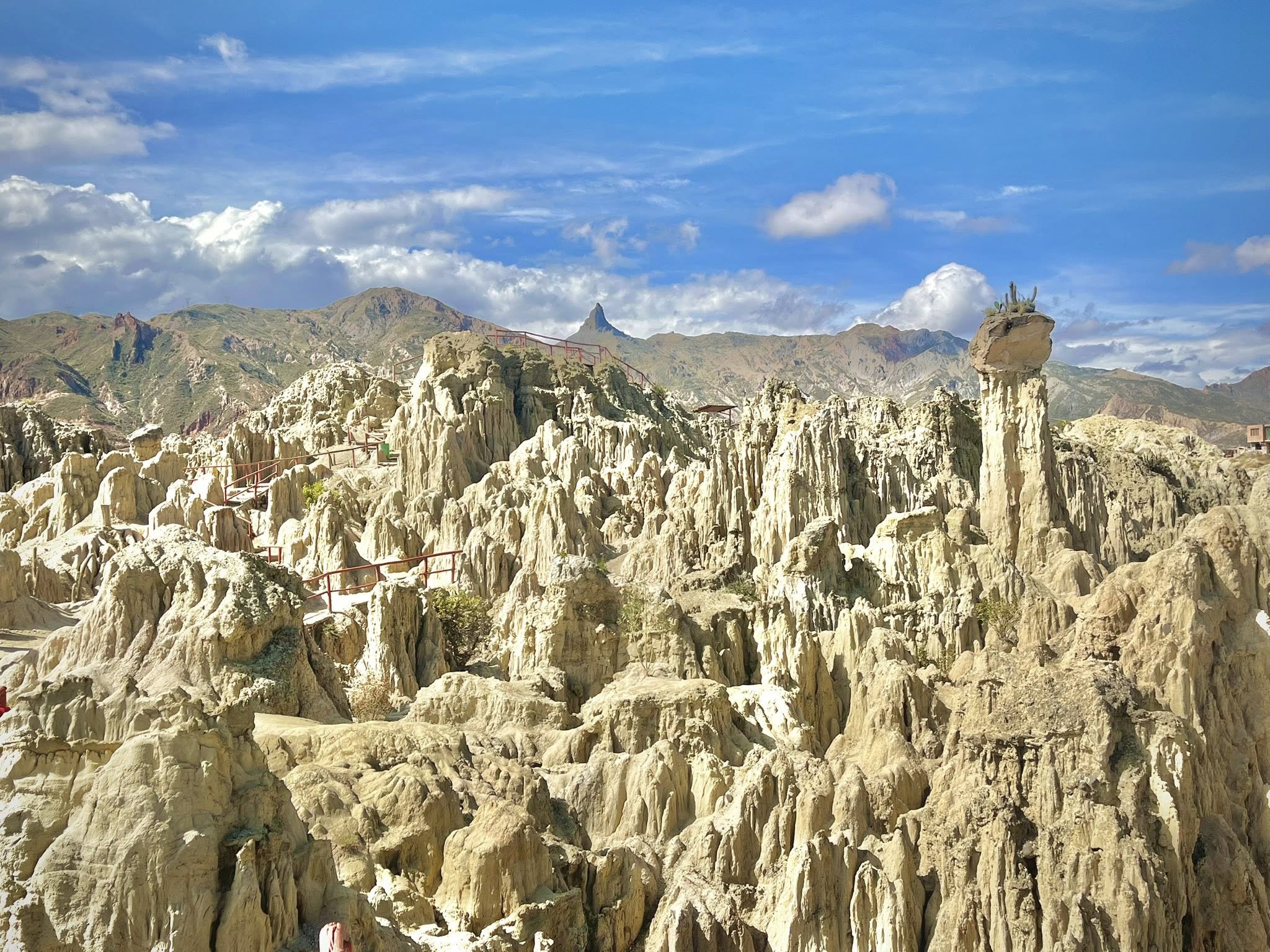
I loved this unique area which reminded me of my trip to Cappadocia in Turkey.
Day 7 – La Paz, Bolivia to Puno, Peru
We left La Paz in the morning to first visit the historical site of Tiwanaku (Tiahuanaco) in Bolivia. Tiwanaku is a major cultural site from the pre-Inca era, famous for its mysterious Sun Gate and gigantic monoliths. This ancient city was once the center of a powerful and enigmatic culture that flourished between 300 BC and 1000 AD in the Andean highlands.
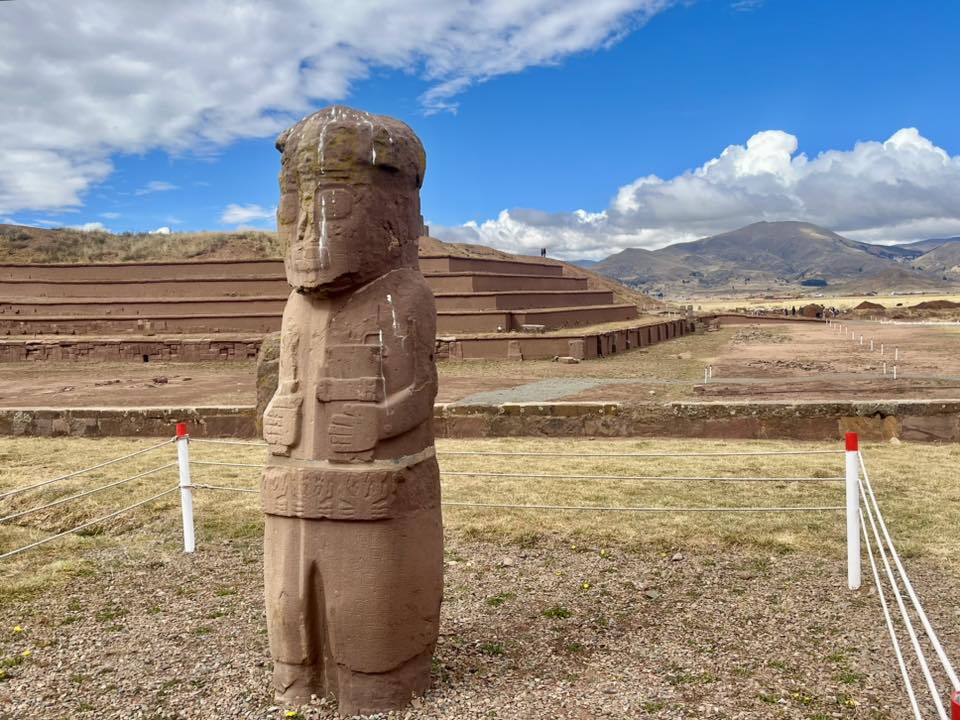
Tiahuanaco is known for its architectural precision, spiritual significance, and mysterious remains. The imposing monuments bear witness to a highly developed civilization. A UNESCO World Heritage Site, the site offers profound insight into the religious and cultural beliefs of the pre-Columbian peoples of the highlands.
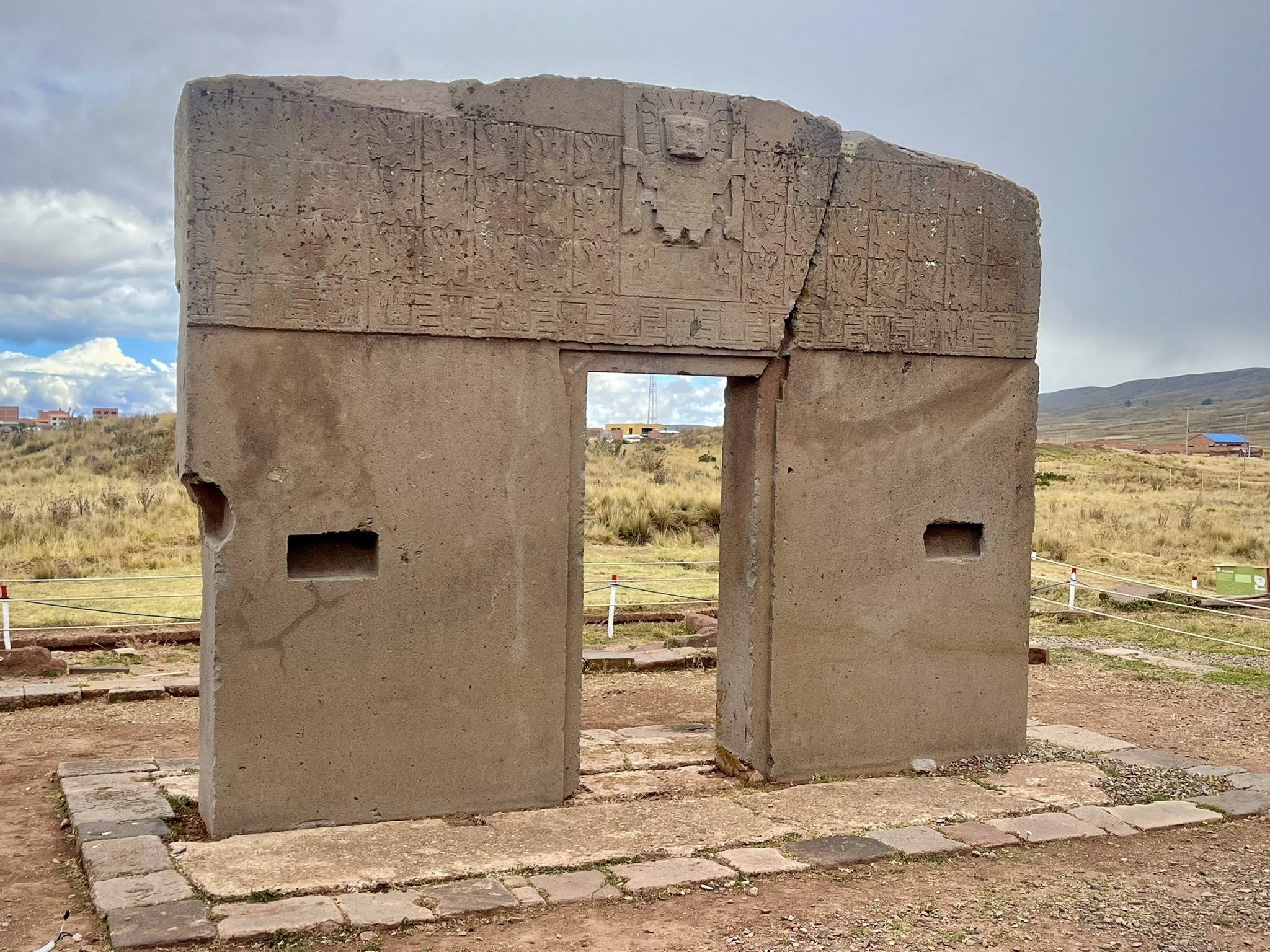
Tiwanaku is renowned for its sophisticated stone-working techniques, impressive structures like the Akapana pyramid and Kalasasaya temple, and a complex system of canals and raised fields.
Day 8 – Puno to Cusco
This was our longest driving day of over 7 hours but we had several stops along the way and witnessed the most beautiful terrain I saw on the entire trip.
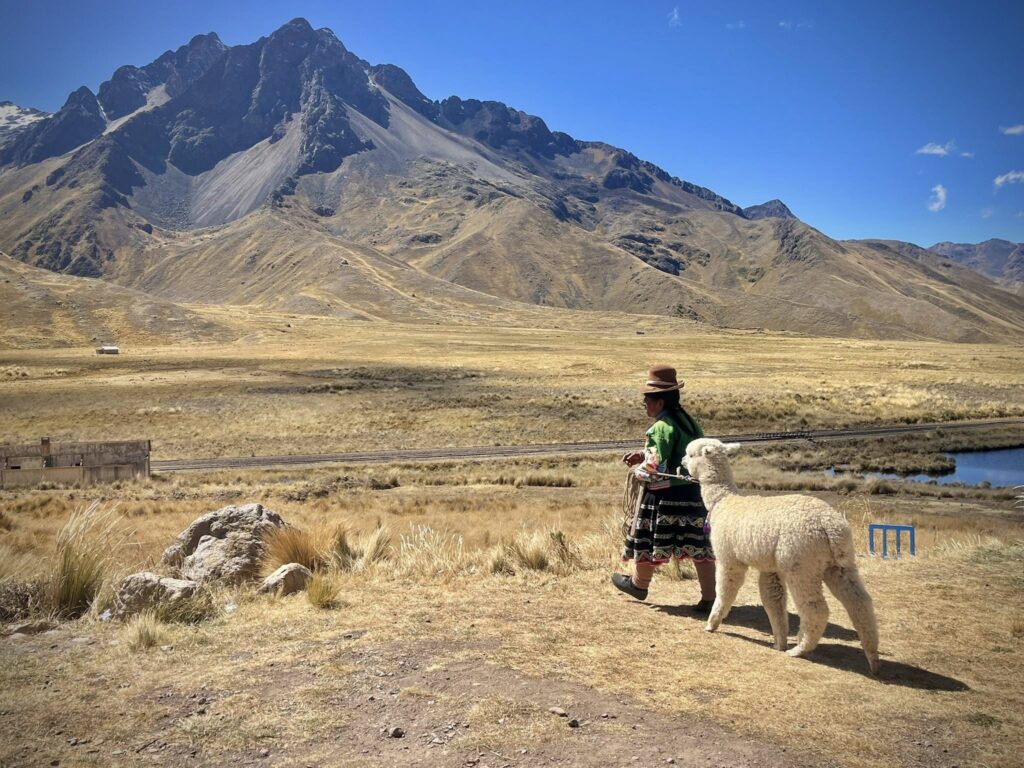
Our route was over the Andean plains on the Pan-American highway. The highest point was at 4,335 meters where we stopped for photos and shopping.
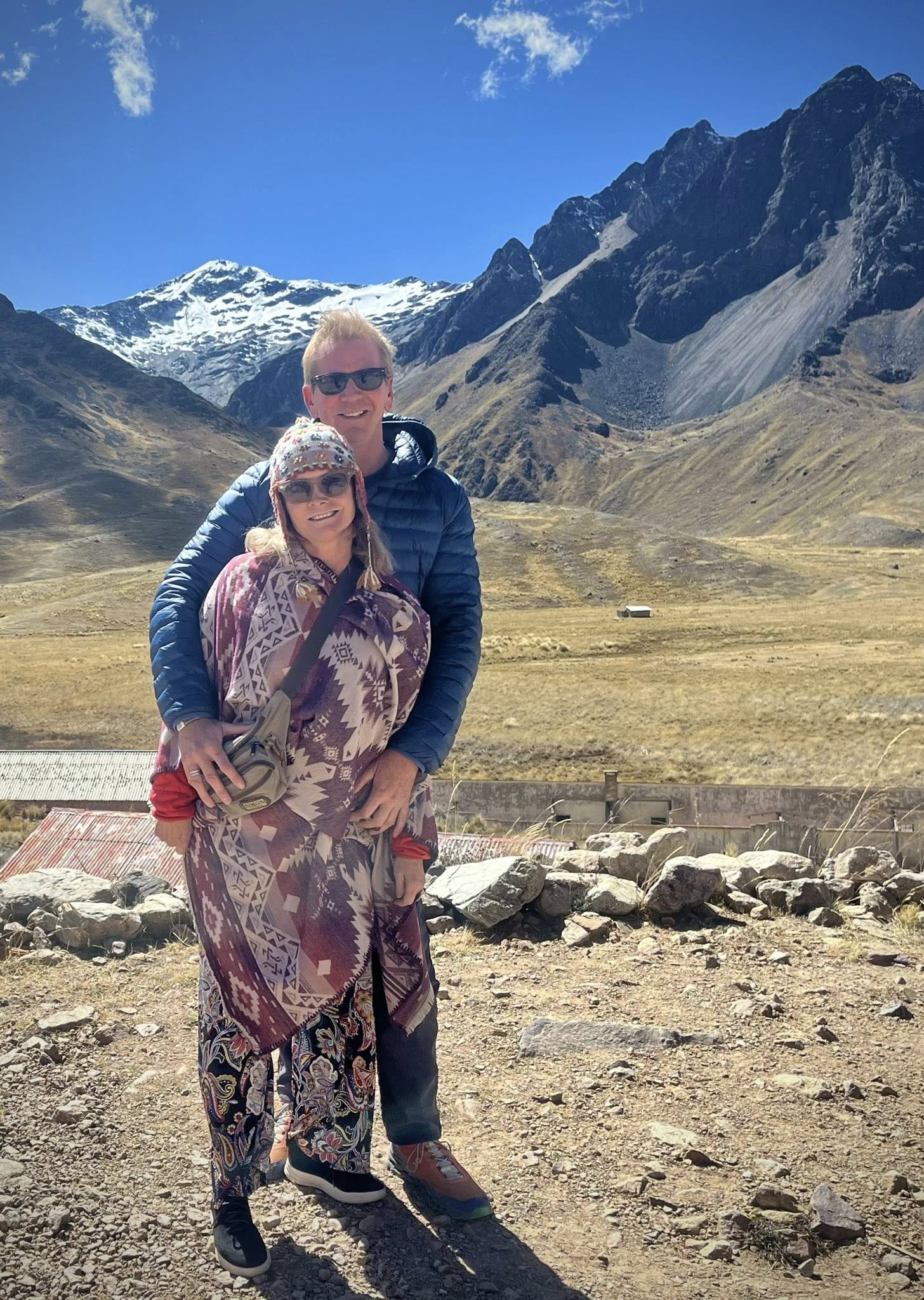
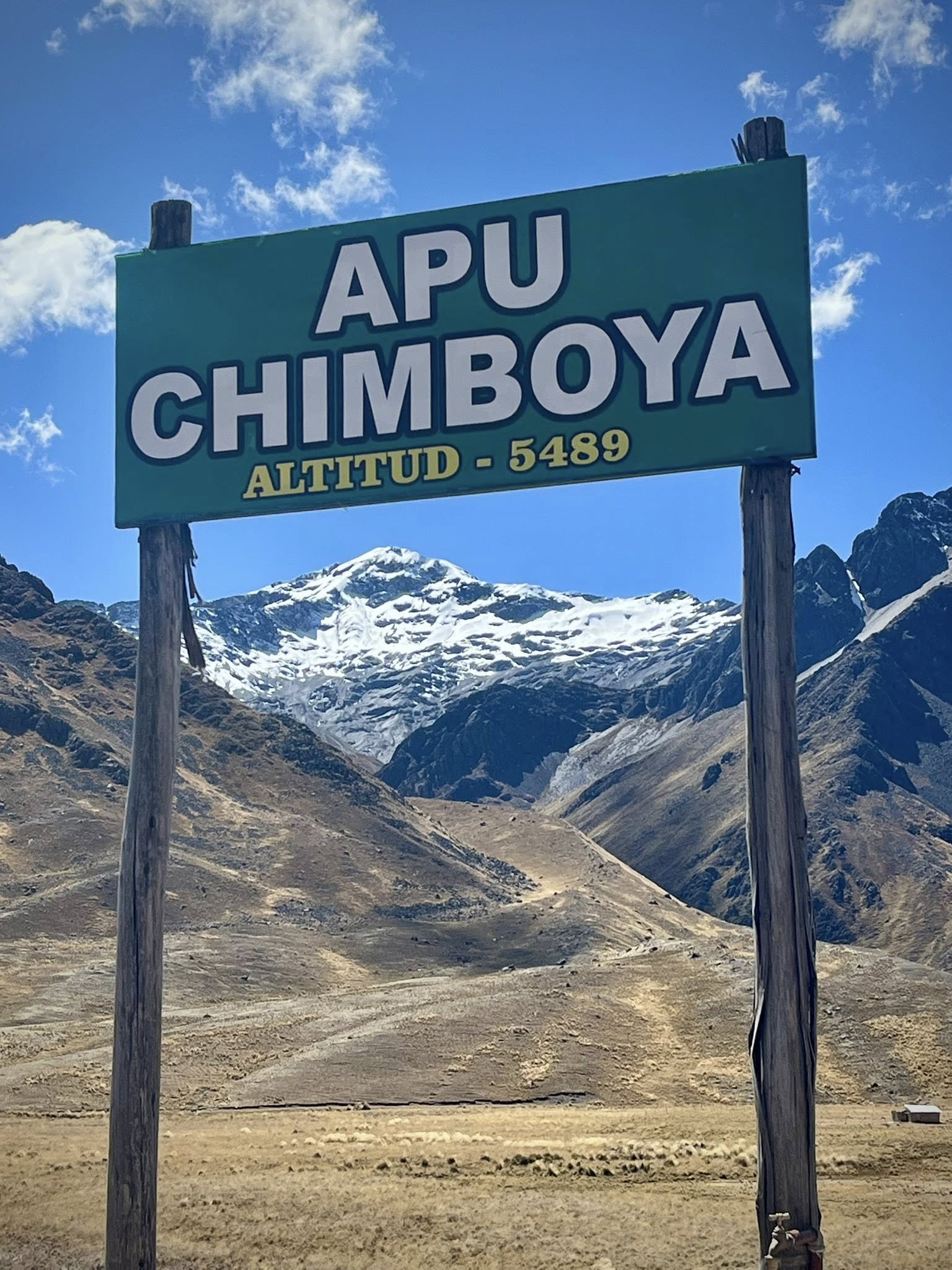
It was very cool to see many wild llamas running along the roadside.
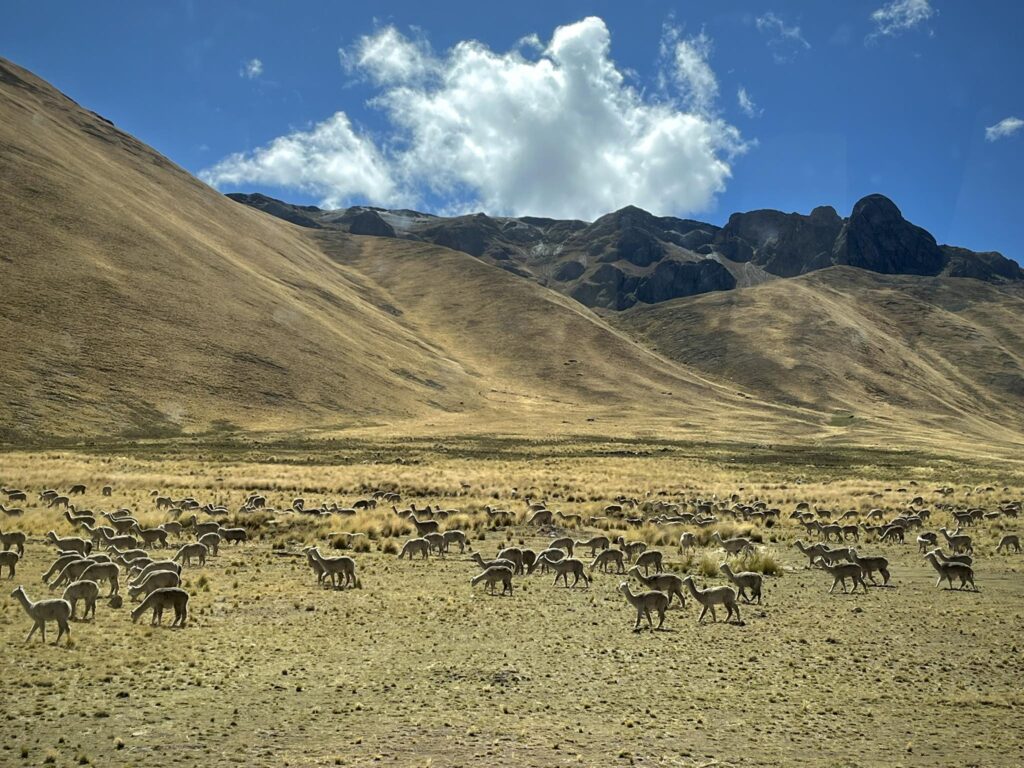
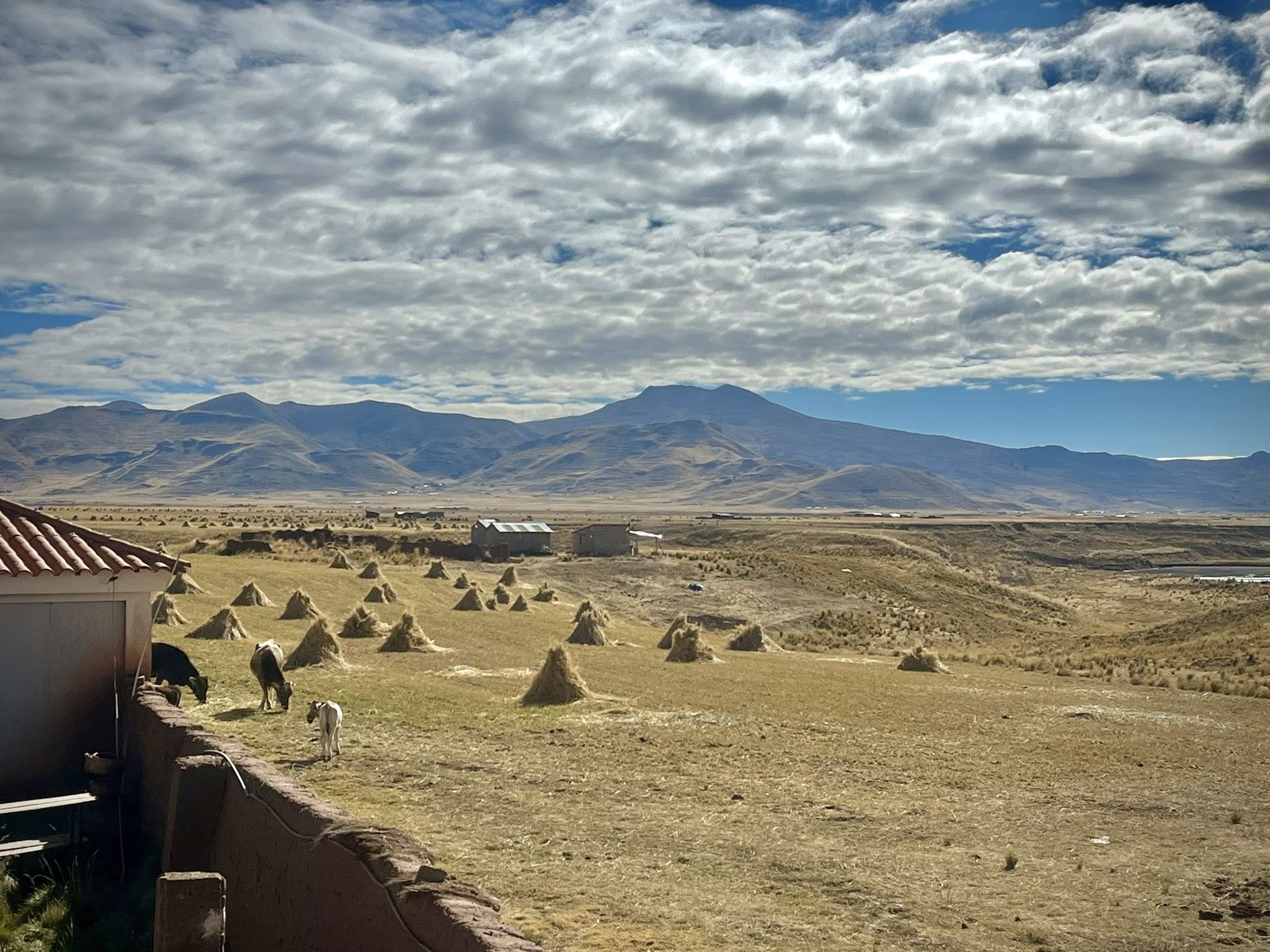
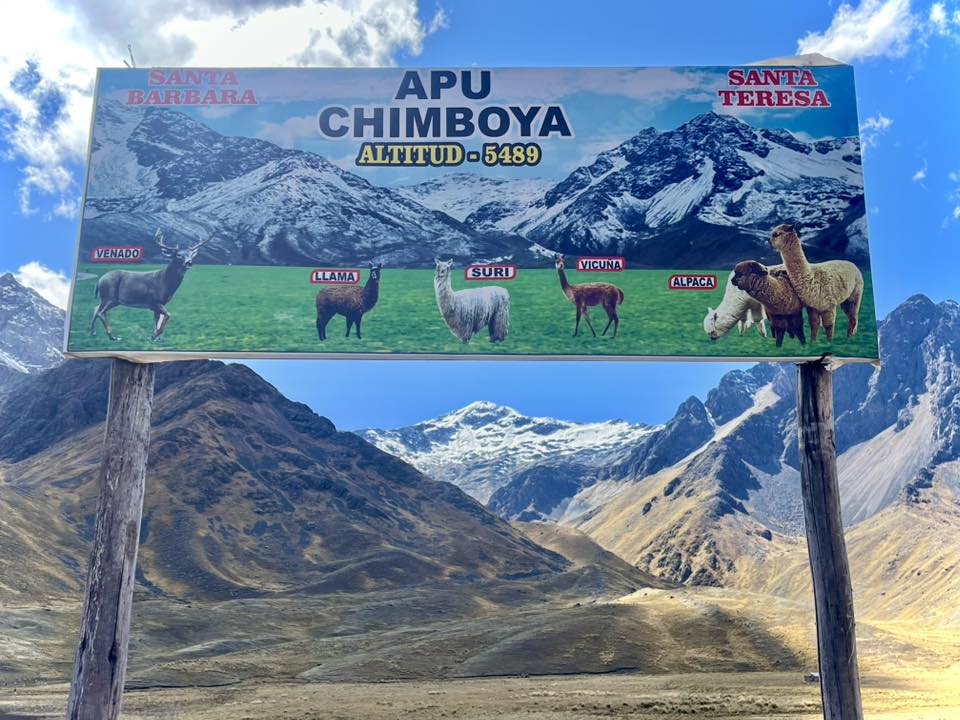
Just before reaching Cusco, we stopped off at the “Church of Saint Peter the Apostle” in the village of Andahuaylillas. This church is called the “Sistine Chapel of the Americas” because of the extensive frescoes that date back to the 17th century.
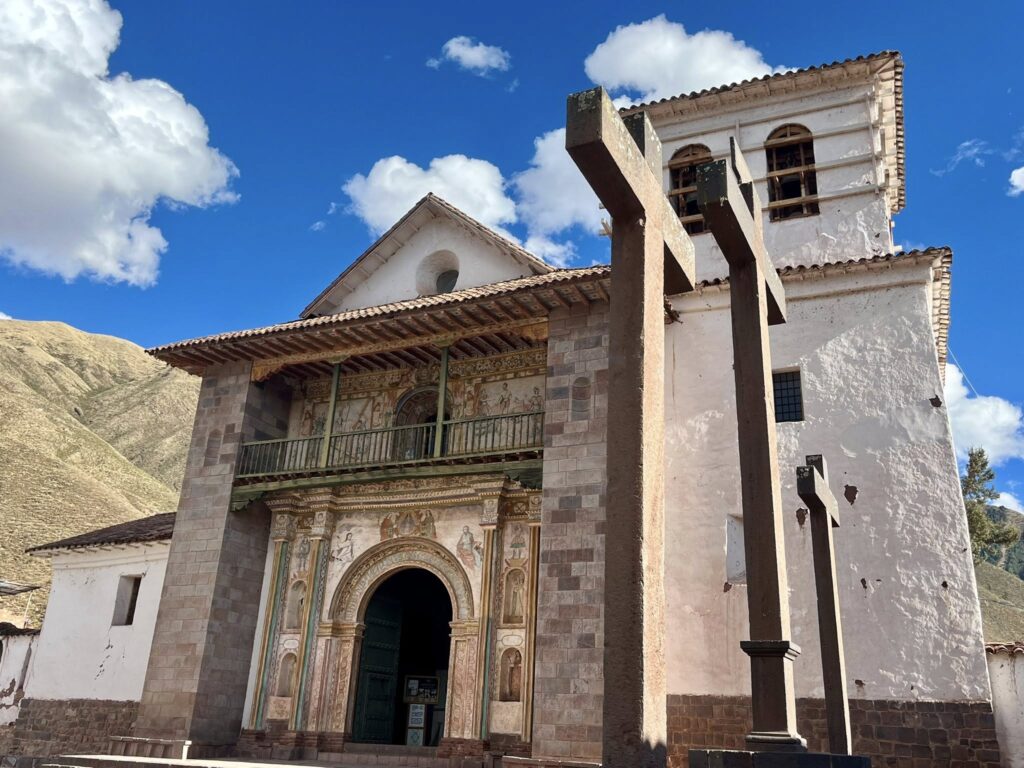
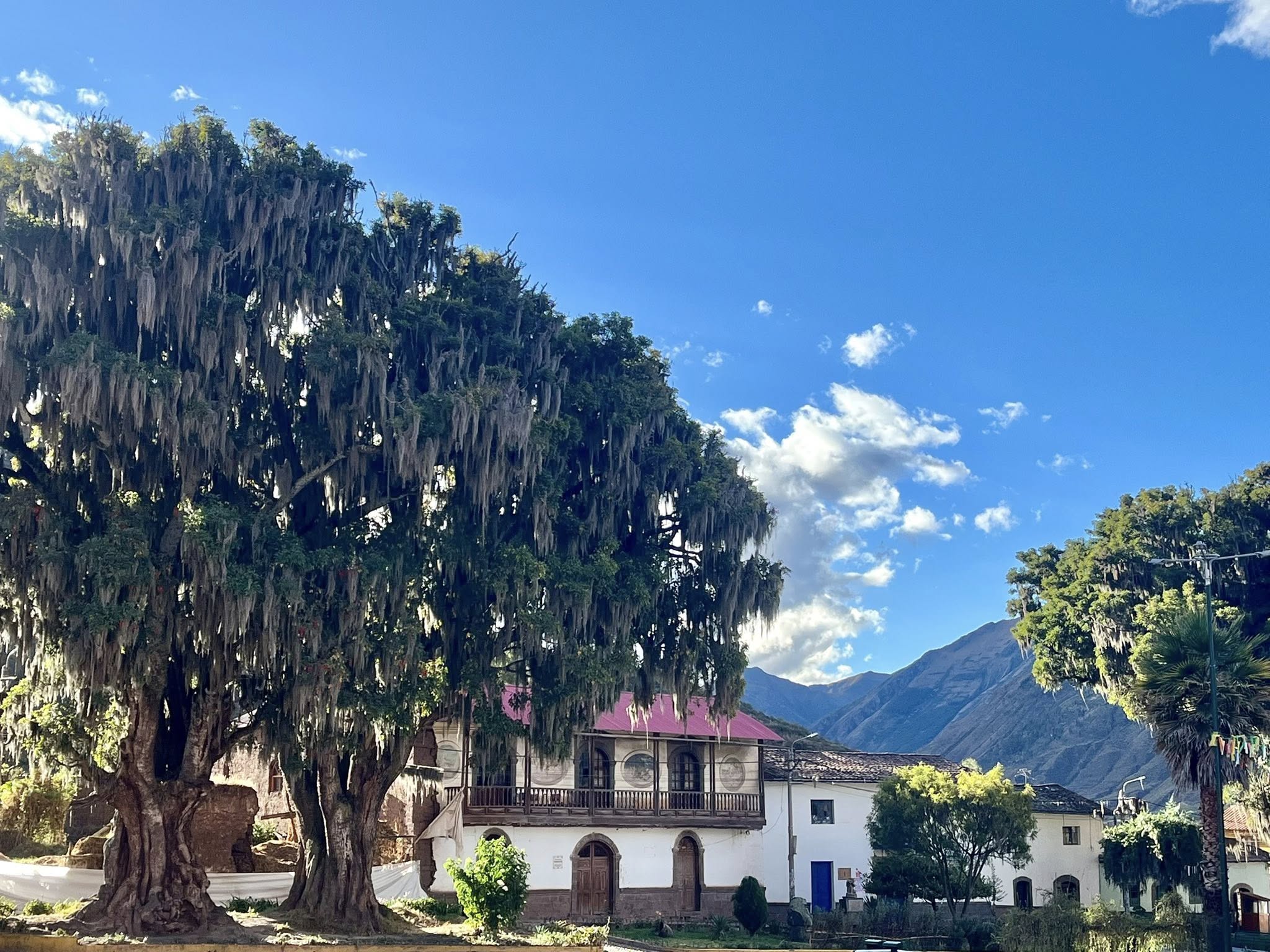
Unfortunately we weren’t allowed to take photos but I found the below image on the internet.
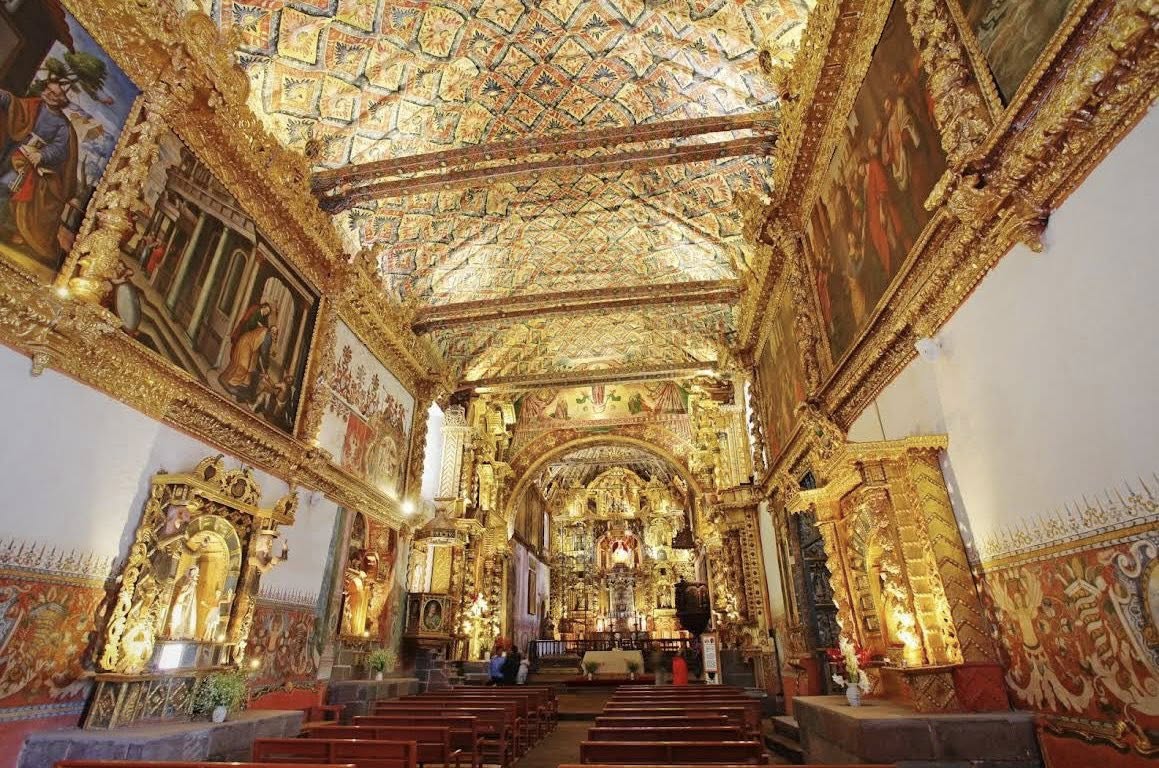
Our first night in Cusco, our group went to a local dinner show at the Tunupa Restaurant with traditional Peruvian dances. I highly recommend watching a show like this to appreciate the local culture.

Cusco is a city of timeless elegance, where history and culture blend into a magnificent mosaic. The ancient capital of the Inca Empire, it still radiates the splendor of past eras. Here, the majestic legacy of the Inca civilization blends with colonial architecture. Its cobblestone streets wind through a maze of historic alleys and squares, lined with magnificent Baroque churches that transport visitors to times gone by.
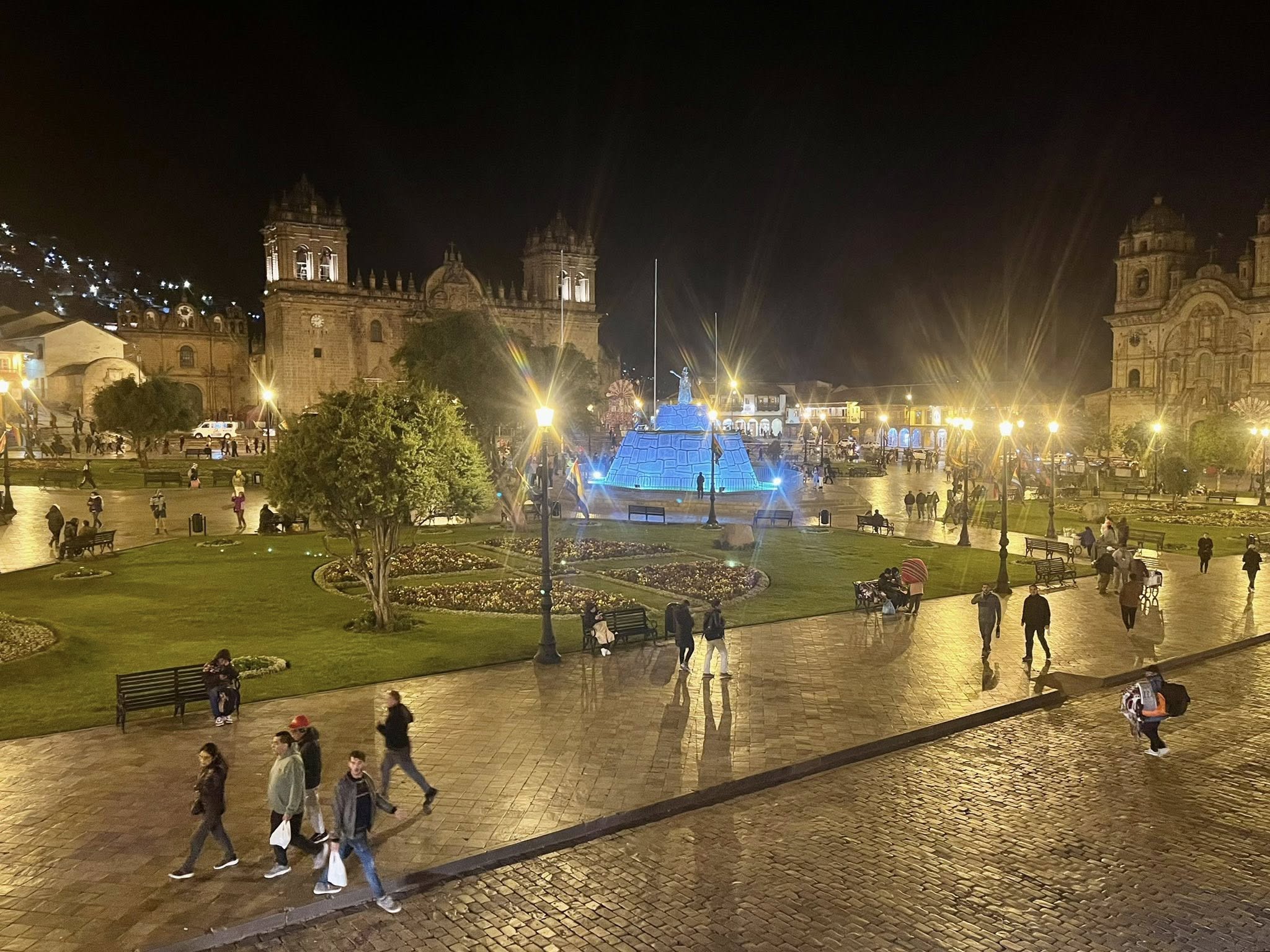
Day 9 – Cusco
We had a full day of sightseeing in Cusco focused on the Inca ruin sites. This was the first one called Sacsayhuaman. History of this site is that stones weighing several tons, the size of a family home, were fitted together with millimeter precision. Many of the stones were worked with such precision that they are joined together without mortar, and their stability and structure have been astonishingly well preserved over the centuries.
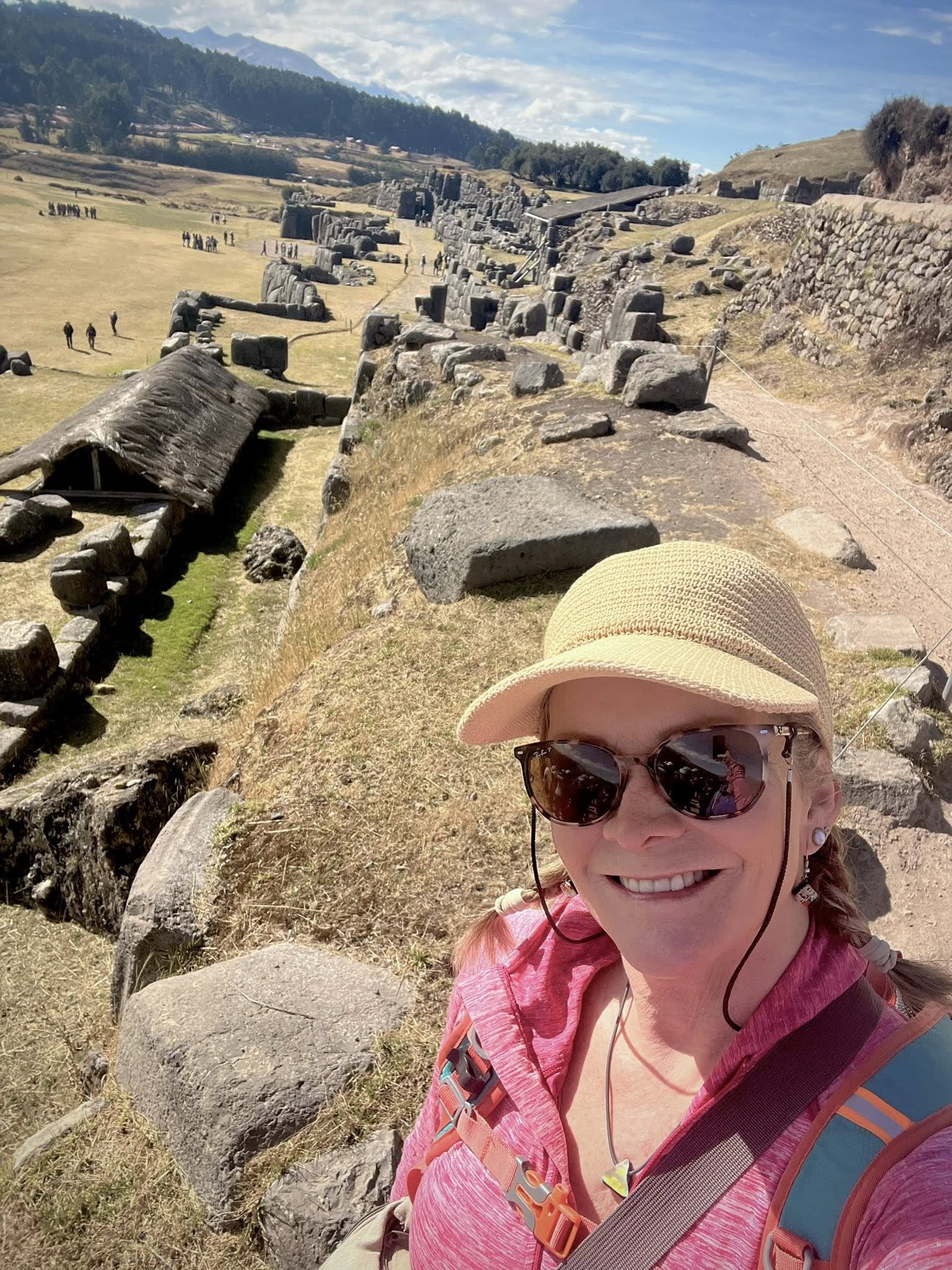
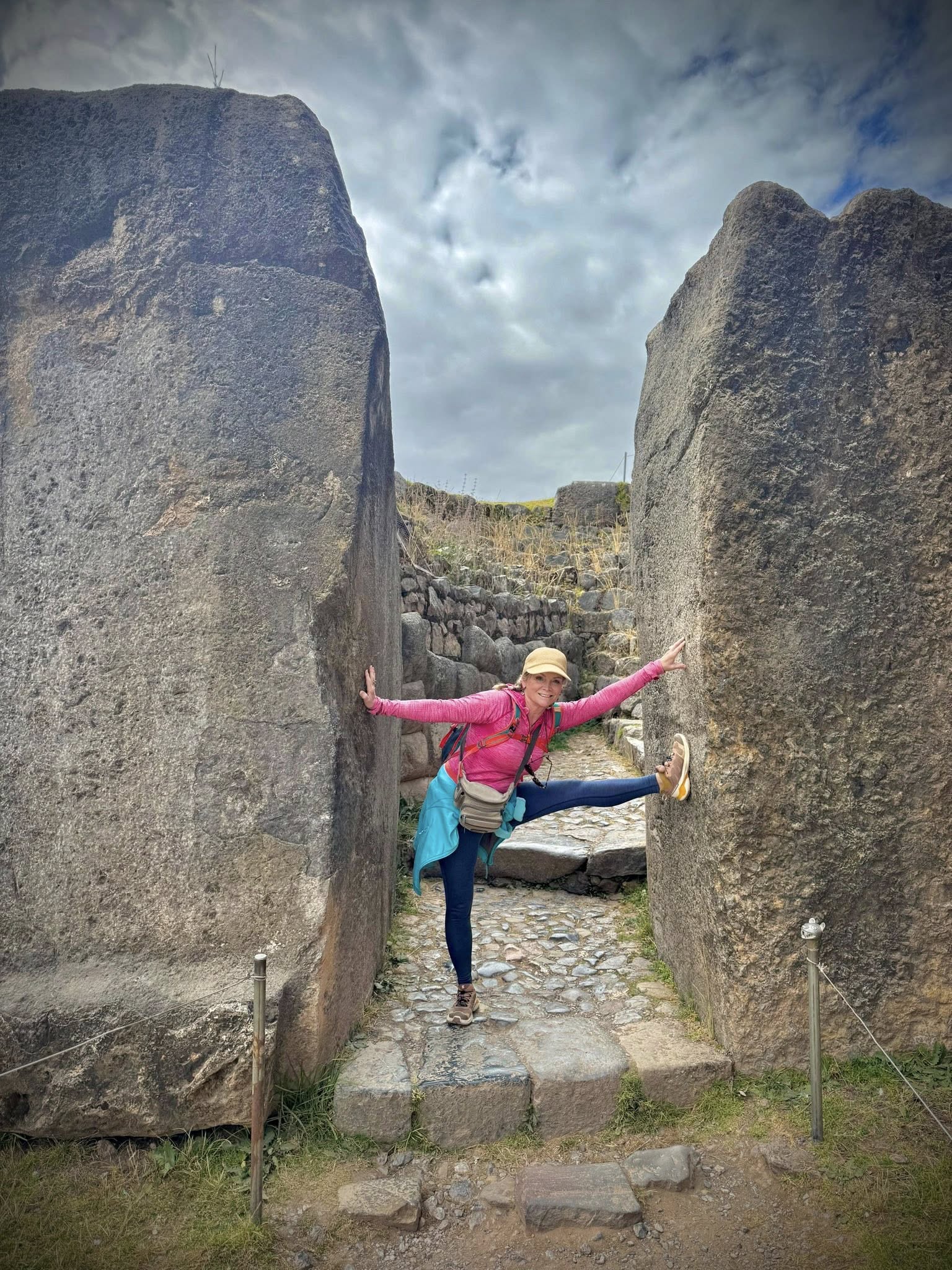
During the Spanish colonization, parts of the site were destroyed, and the stones were used to construct buildings in Cusco. Sacsayhuamán remains one of the most breathtaking examples of the almost incredible engineering and architecture of the Incas.
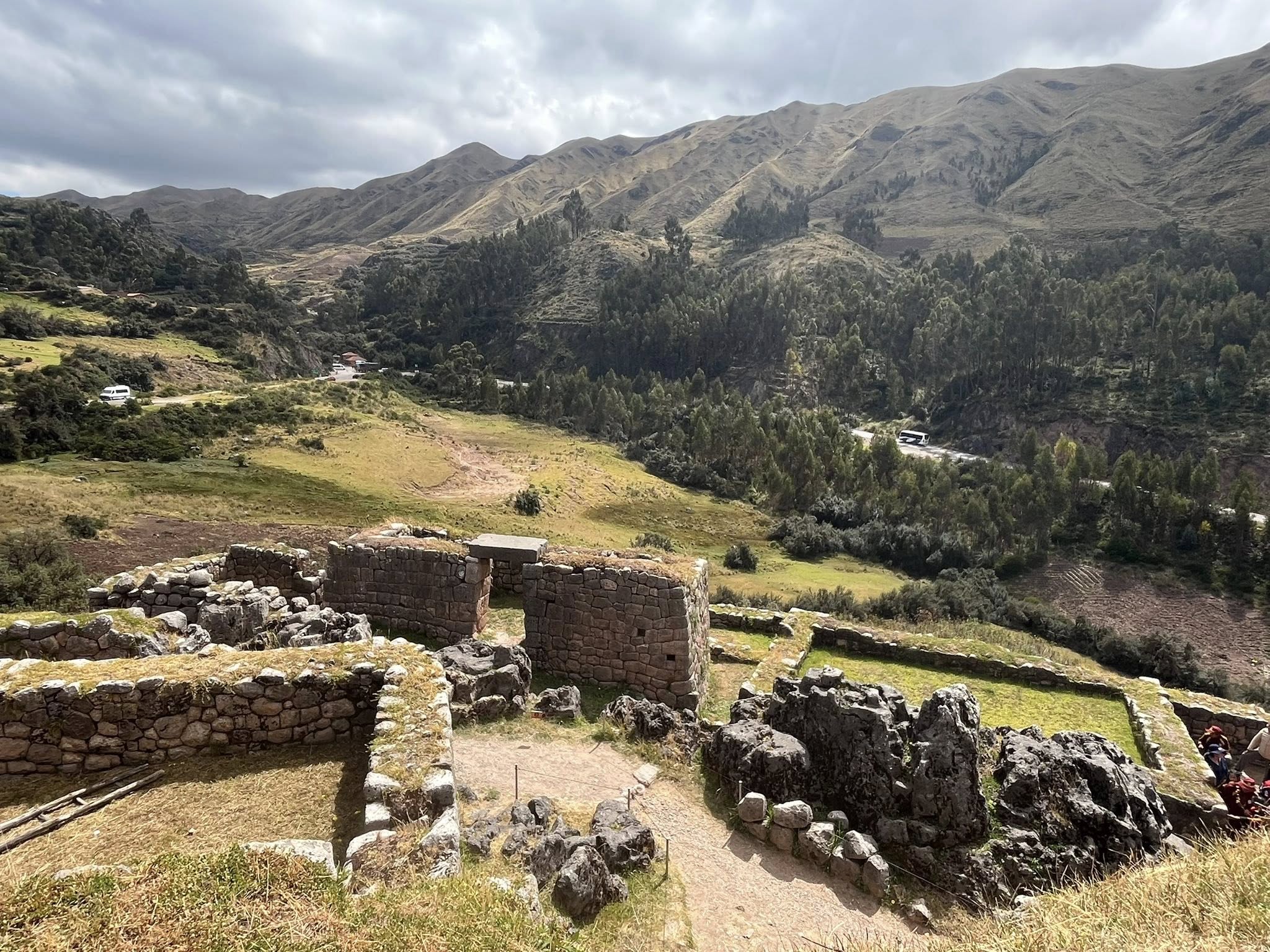
The next sites we visited included Tambomachay, Puca Pucara, and Qenqo. There were many tourists in this area compared to other places we had visited.
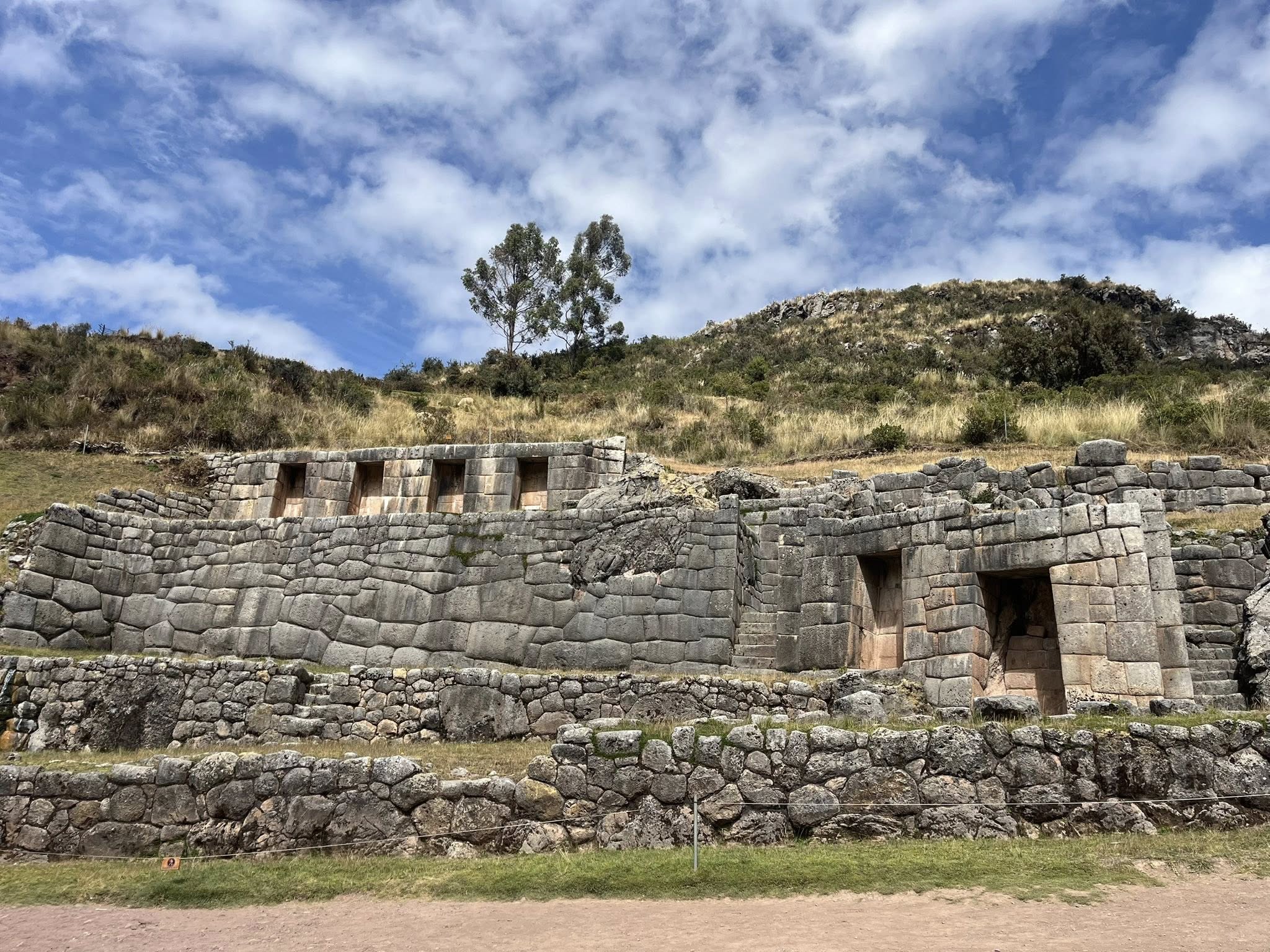
We finished our full day with more sightseeing in the lively town of Cusco. They were having festivals to celebrate the winter solstice (occurring on June 24th). This festival marks the shortest day of the year in the Southern Hemisphere and the beginning of the Inca New Year, where the days begin to lengthen.
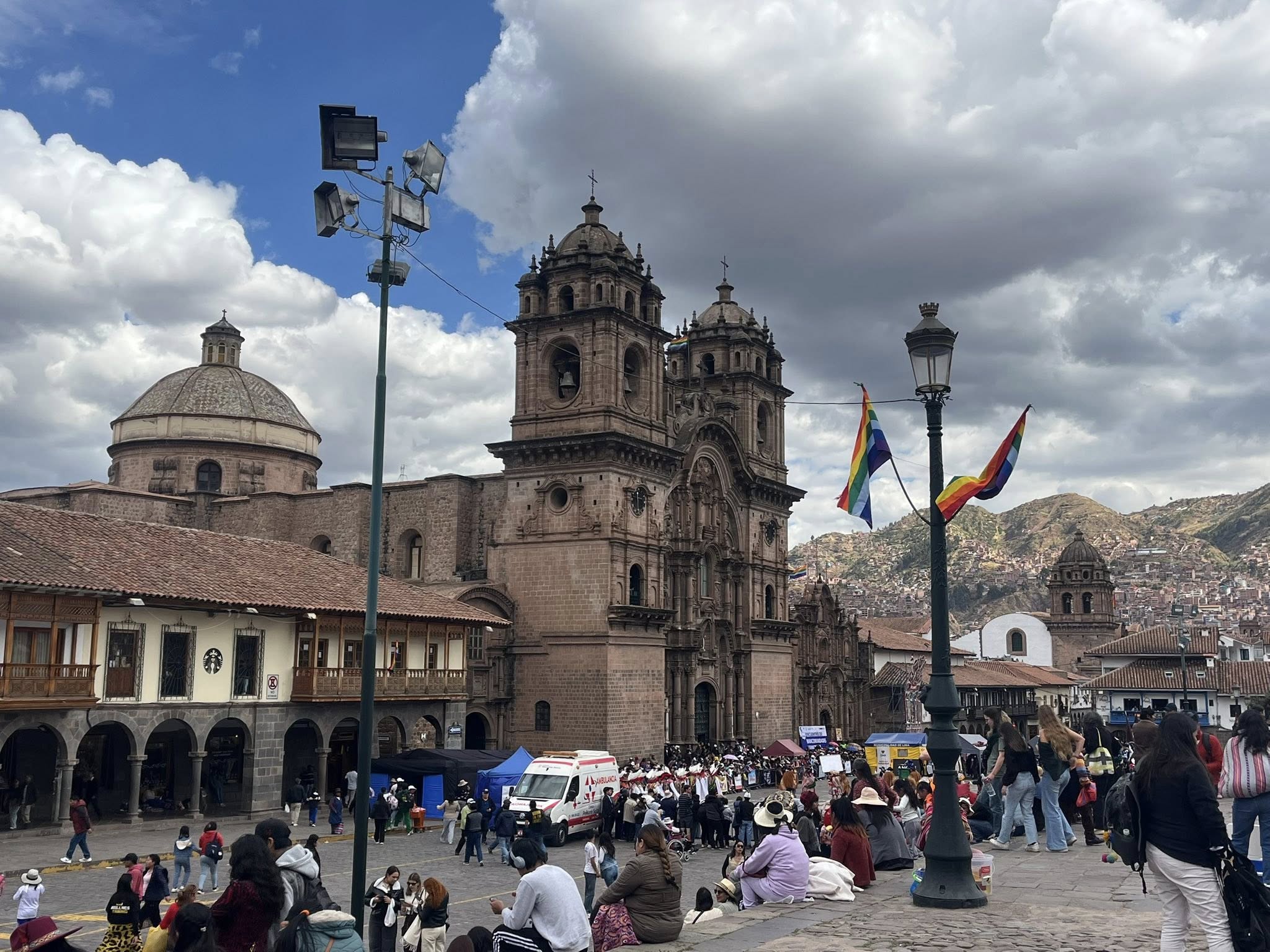
It was very crowded with many locals from surrounding towns. We watched the colorful and entertaining parade in the square. Our tour group went to a very nice restaurant on the square (see below interior).
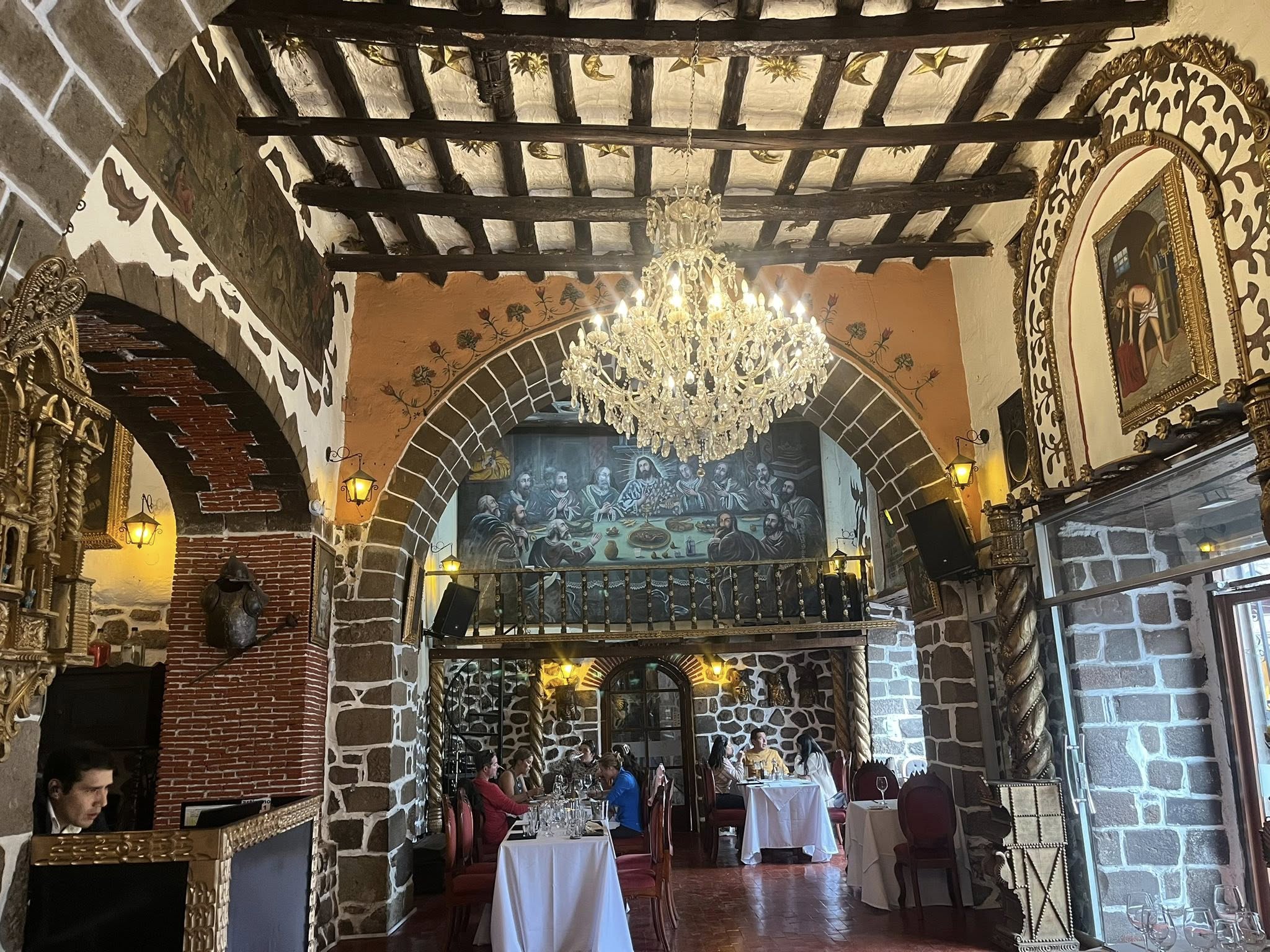
I broke down and finally tried the grilled Guinea pig which is local specialty in Peru. It tasted a bit like chicken but once in a lifetime was enough for me, especially considering my daughters had pet guinea pigs when they were young.
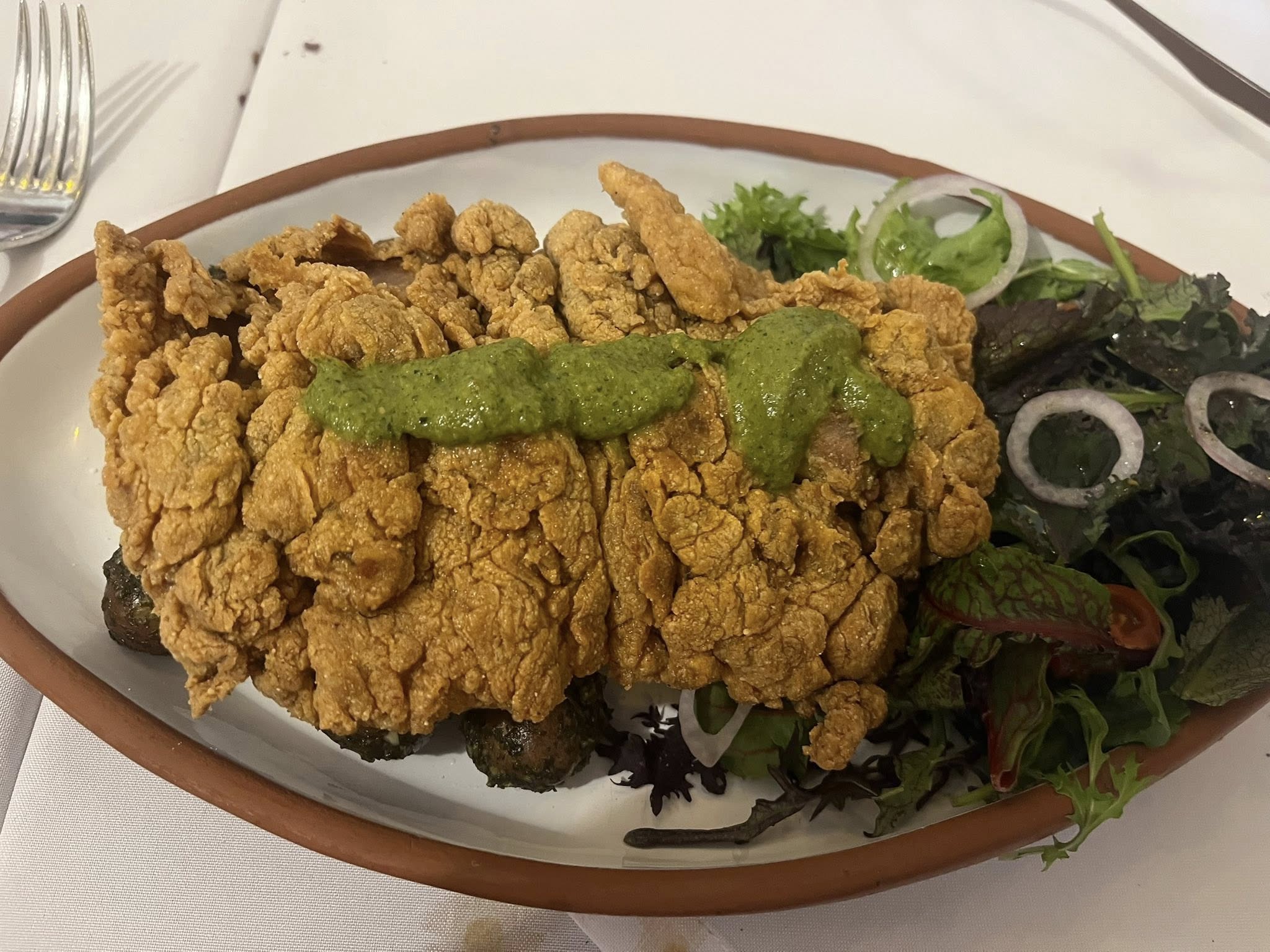
Day 10 – Machu Picchu
Need I say that this day was the highlight of our trip and the main reason I wanted to visit Peru. I had seen picture of this magical place for years and had it on my bucket list to see in person one day.
We had an early morning to catch the train from Cusco and the scenic 3.5 hour scenic trip. The train was very ornate and comfortable.
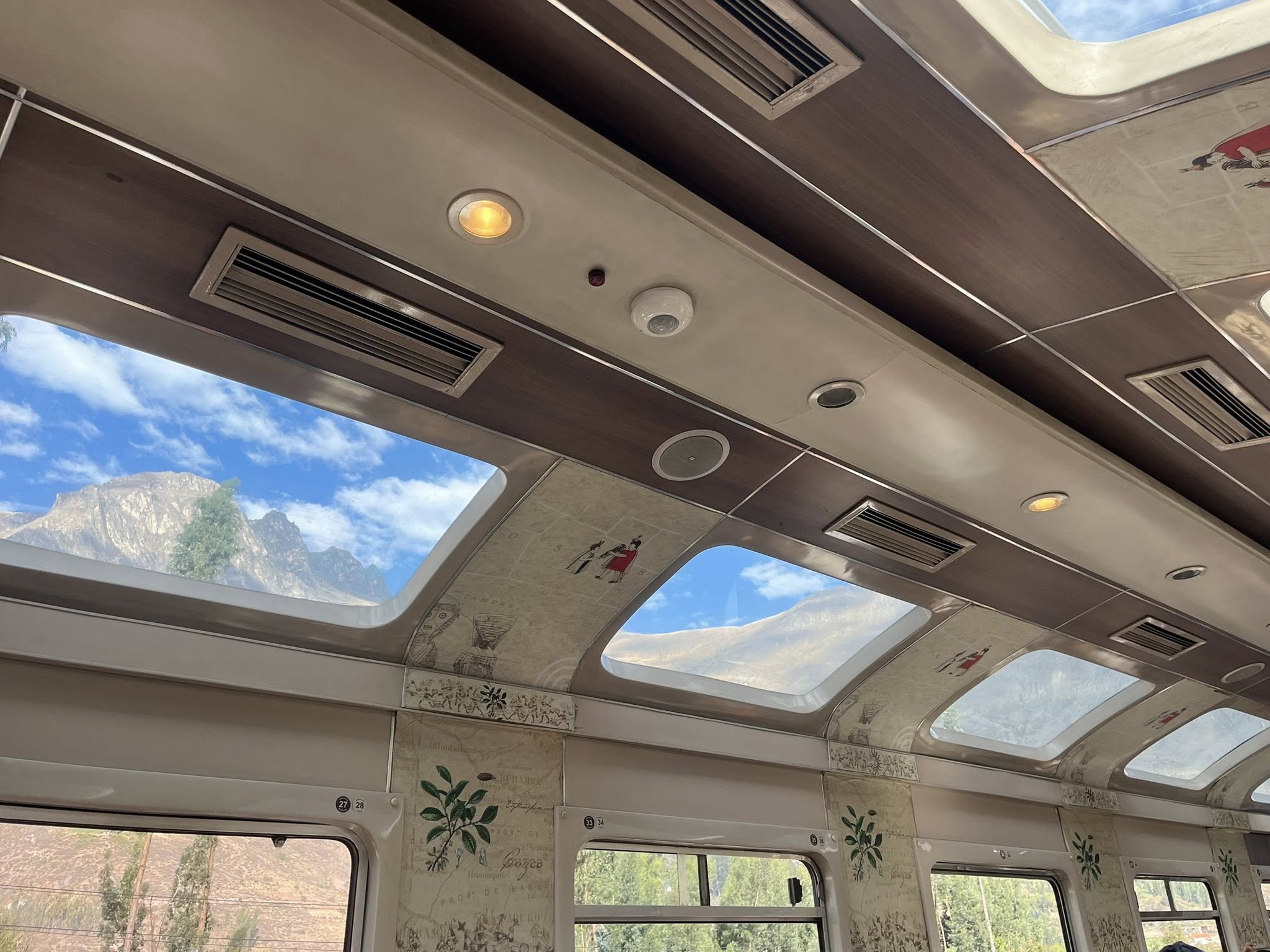
We passed mountains and the Urubamba river before reaching Aguas Calientes, also called the Machu Picchu village. The time passed quickly as I did not expect the views to be so sensational.
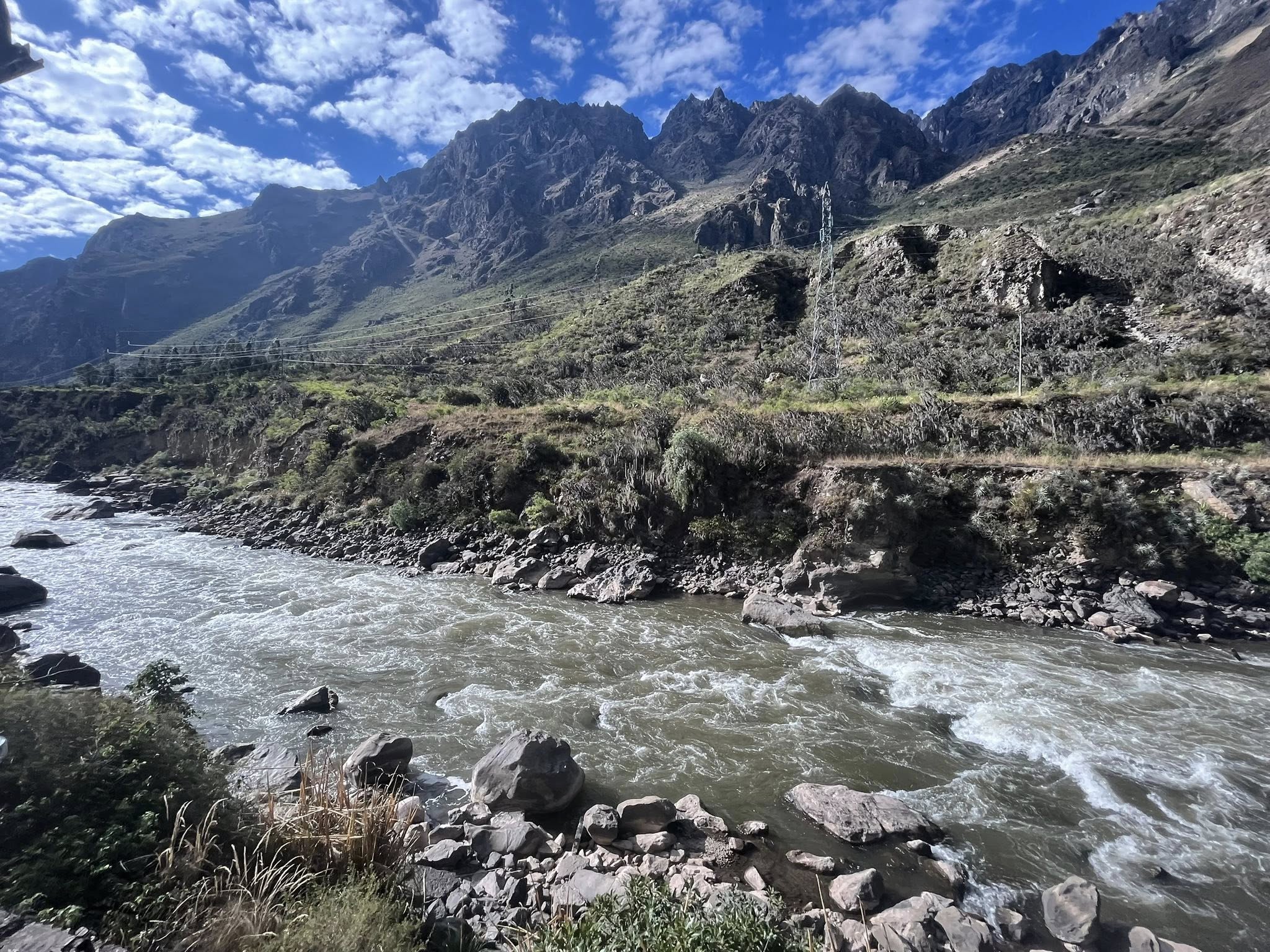
I have to say that the schedule on this day was very precise. Our tour company took care of all the reservations in advance, but the timing was very important. The site of Machu Picchu only lets a certain amount of people enter within a given window. We were told as soon as the train arrived in the village, we had to quickly walk to the line for the buses. A large bus took us up the hillside for 30 minutes and we then had to get in line for the site entrance.
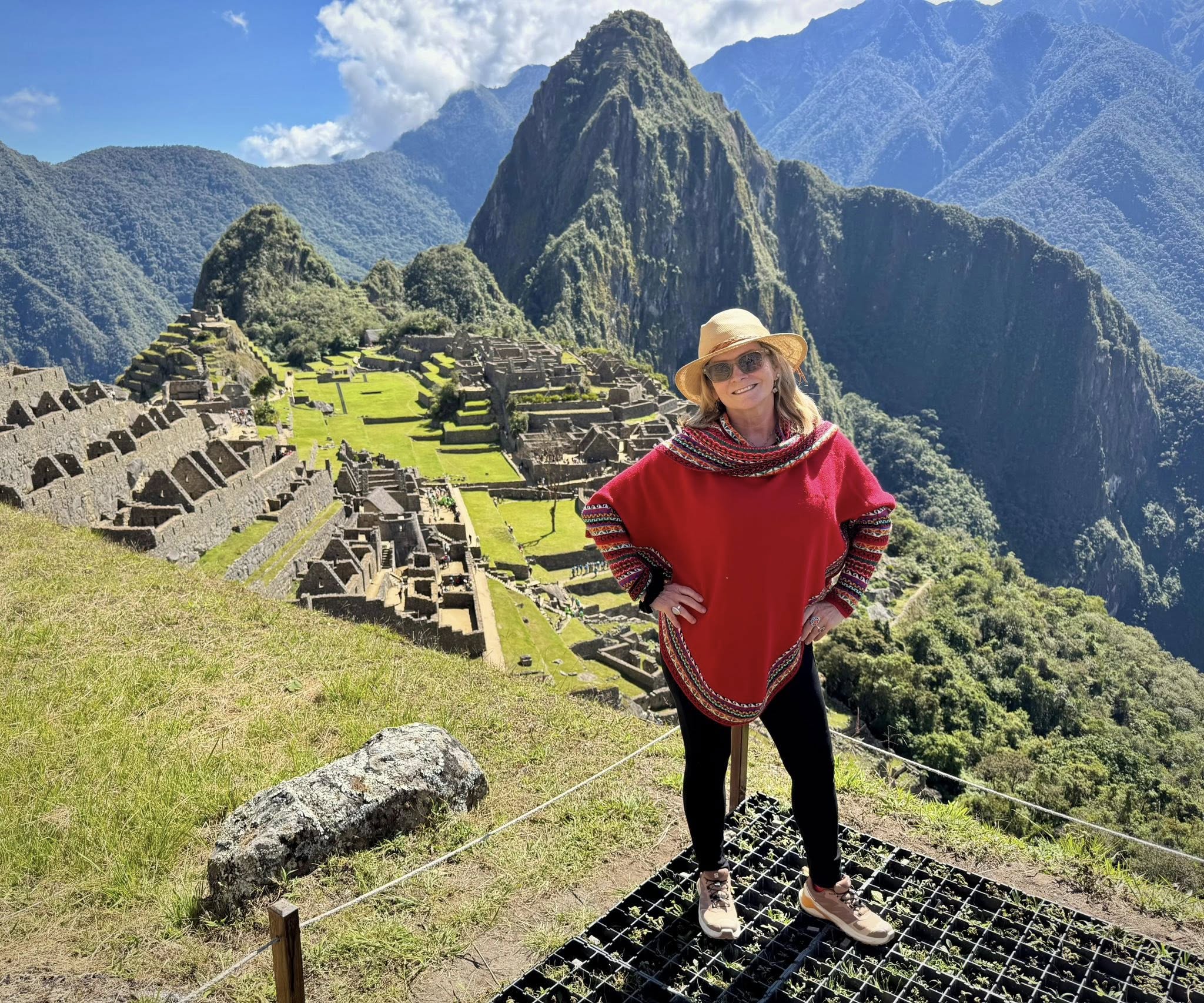
Upon walking into the site, I immediately saw the vision that had been in my head for so long. The place looks exactly like all the photos you see! It was a beautiful day and warmer than expected (around 24c). We had a private tour guide that walked us through the Circuit No. 2 for two hours.
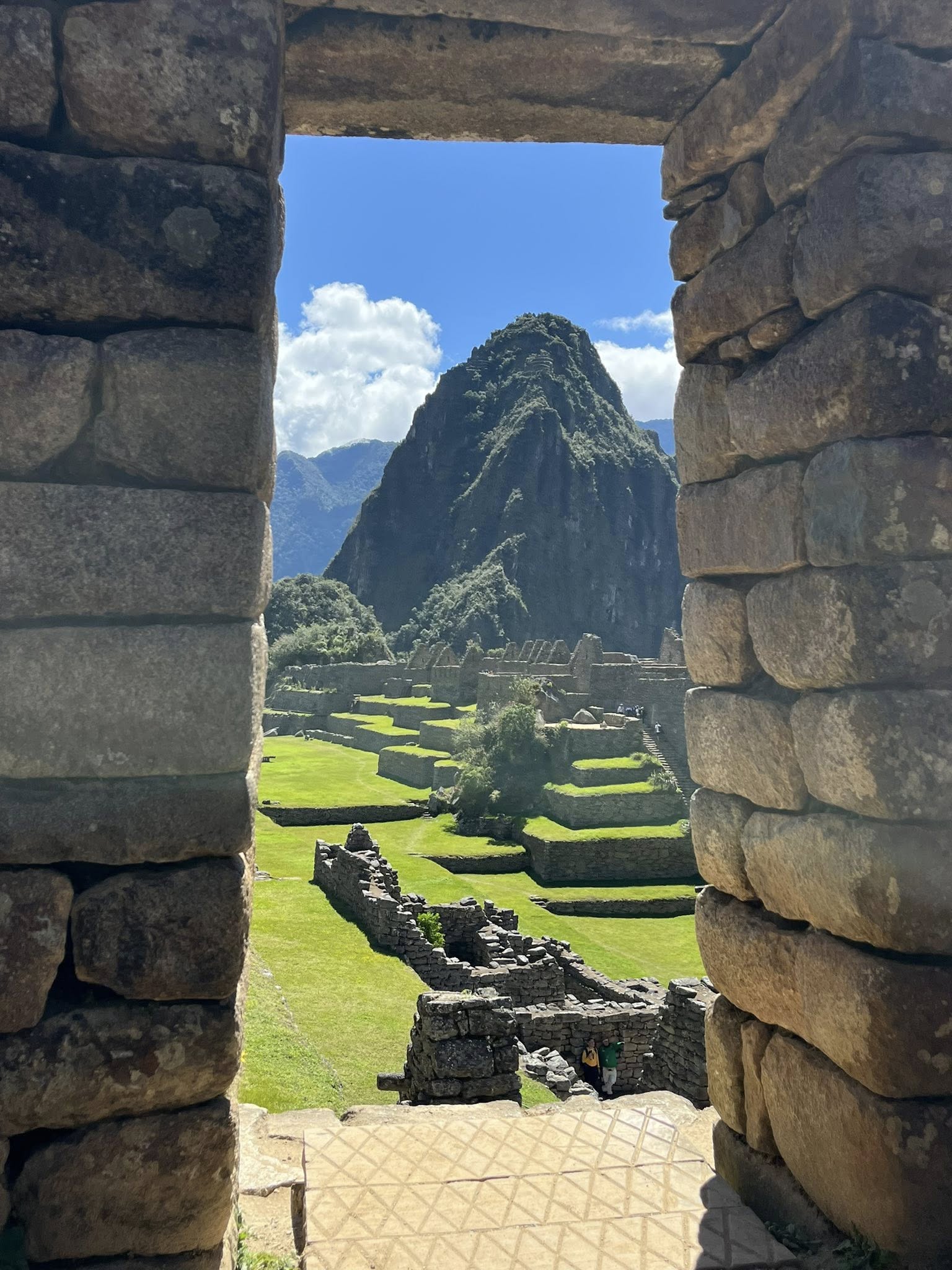
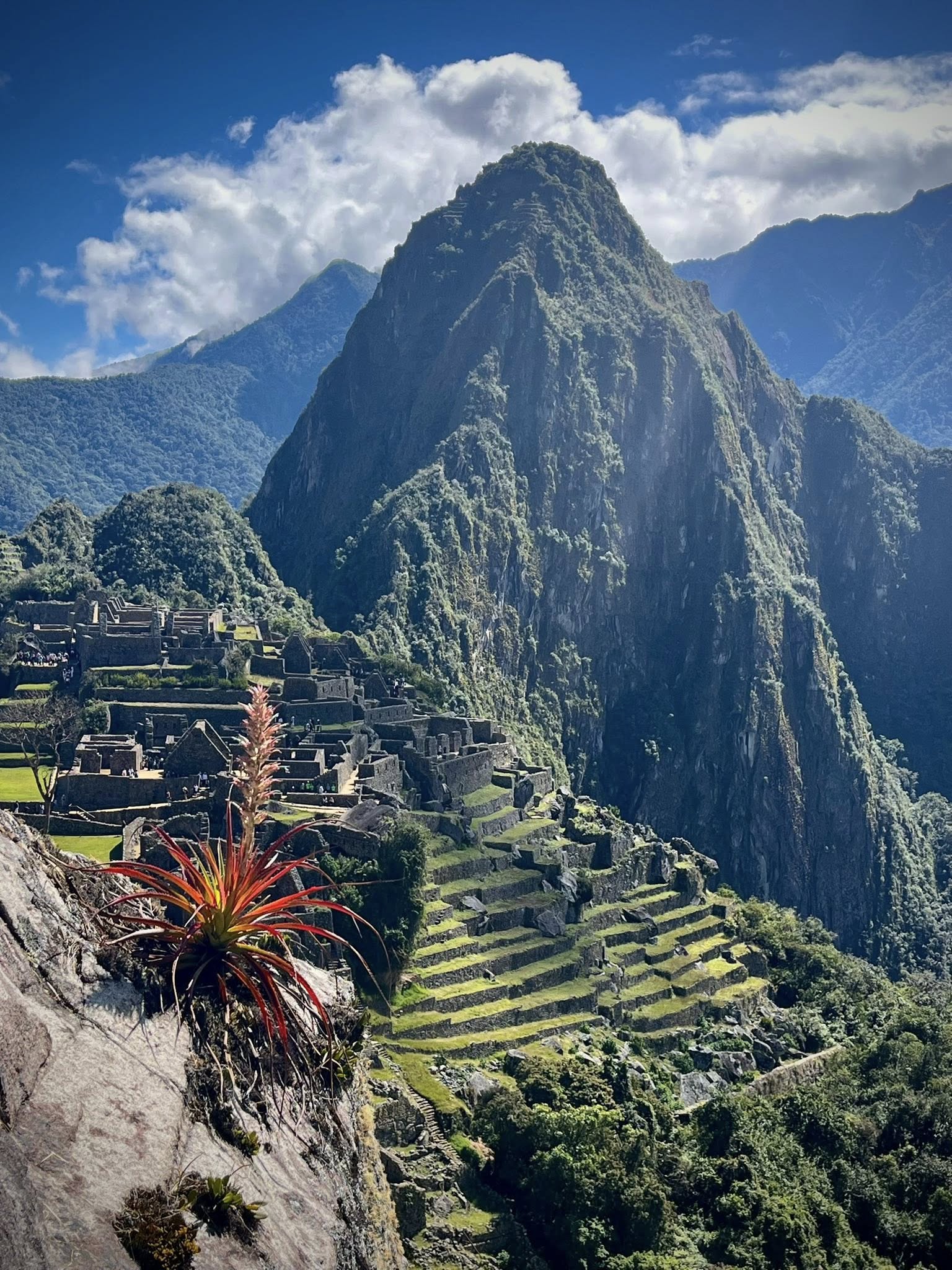
Machu Picchu stands at 2,430 meters above sea-level in the middle of a tropical mountain forest and covers 32,592 hectares of mountain slopes, peaks and valleys. The World Heritage Sanctuary is among the greatest artistic, architectural, and land use achievements anywhere.
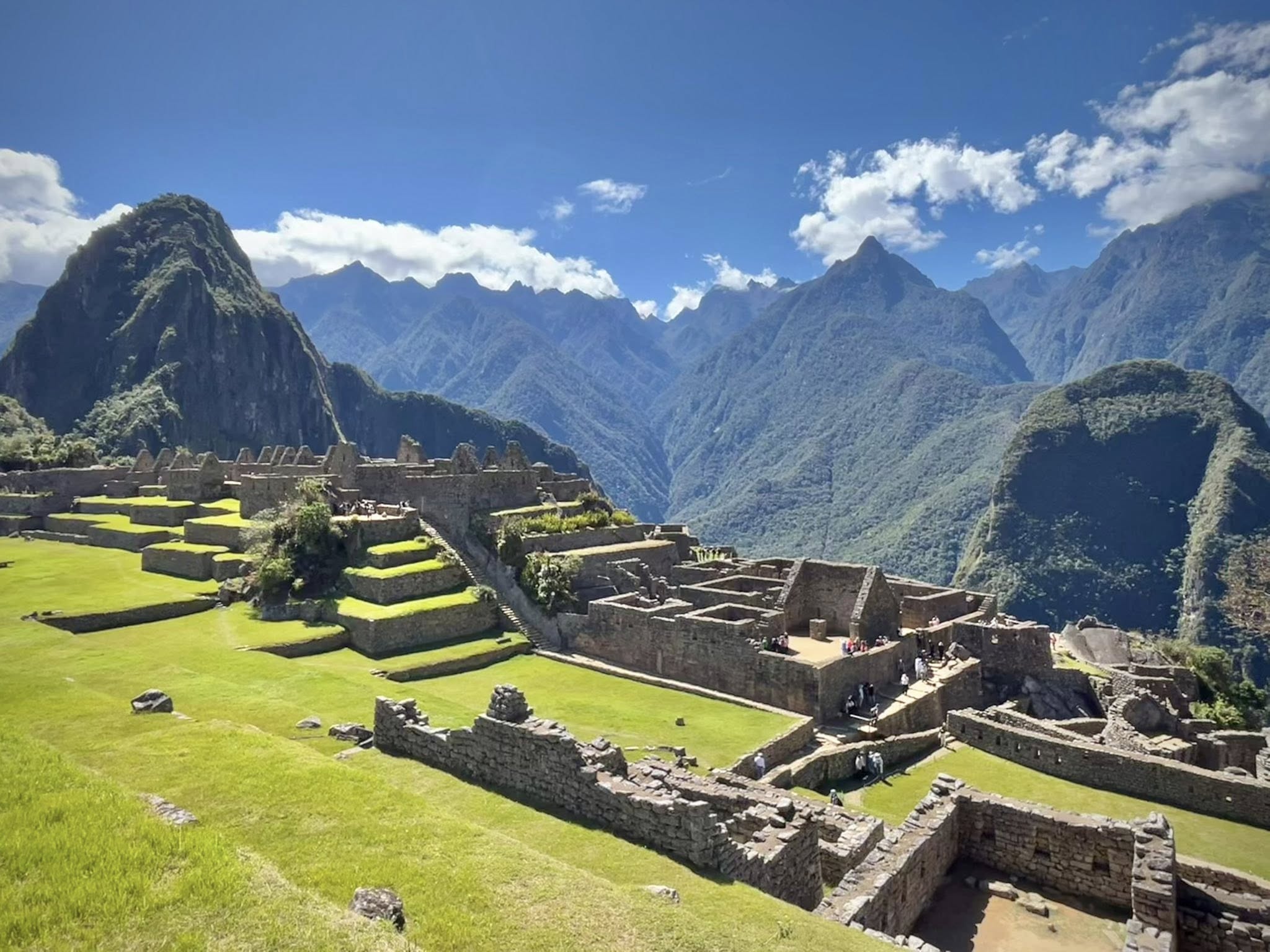
There are approximately 200 structures making up the most significant legacy of the Inca civilization. The city is divided into a lower and upper part, separating the farming from residential areas, with a large square between the two.
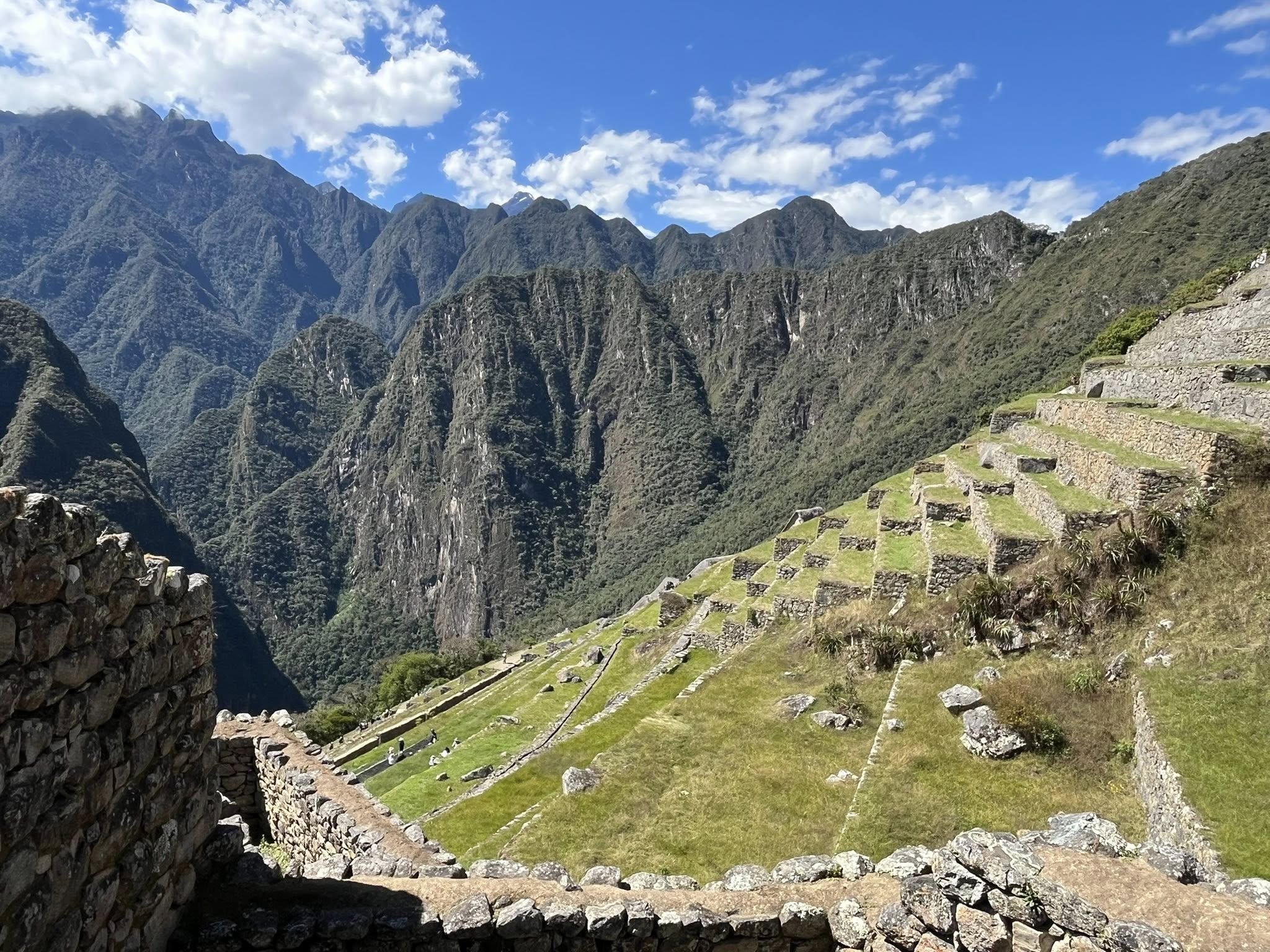
Built in the fifteenth century, Machu Picchu was abandoned when the Inca Empire was conquered by the Spaniards in the sixteenth century. It was not until 1911 that the archaeological complex was made known to the outside world.
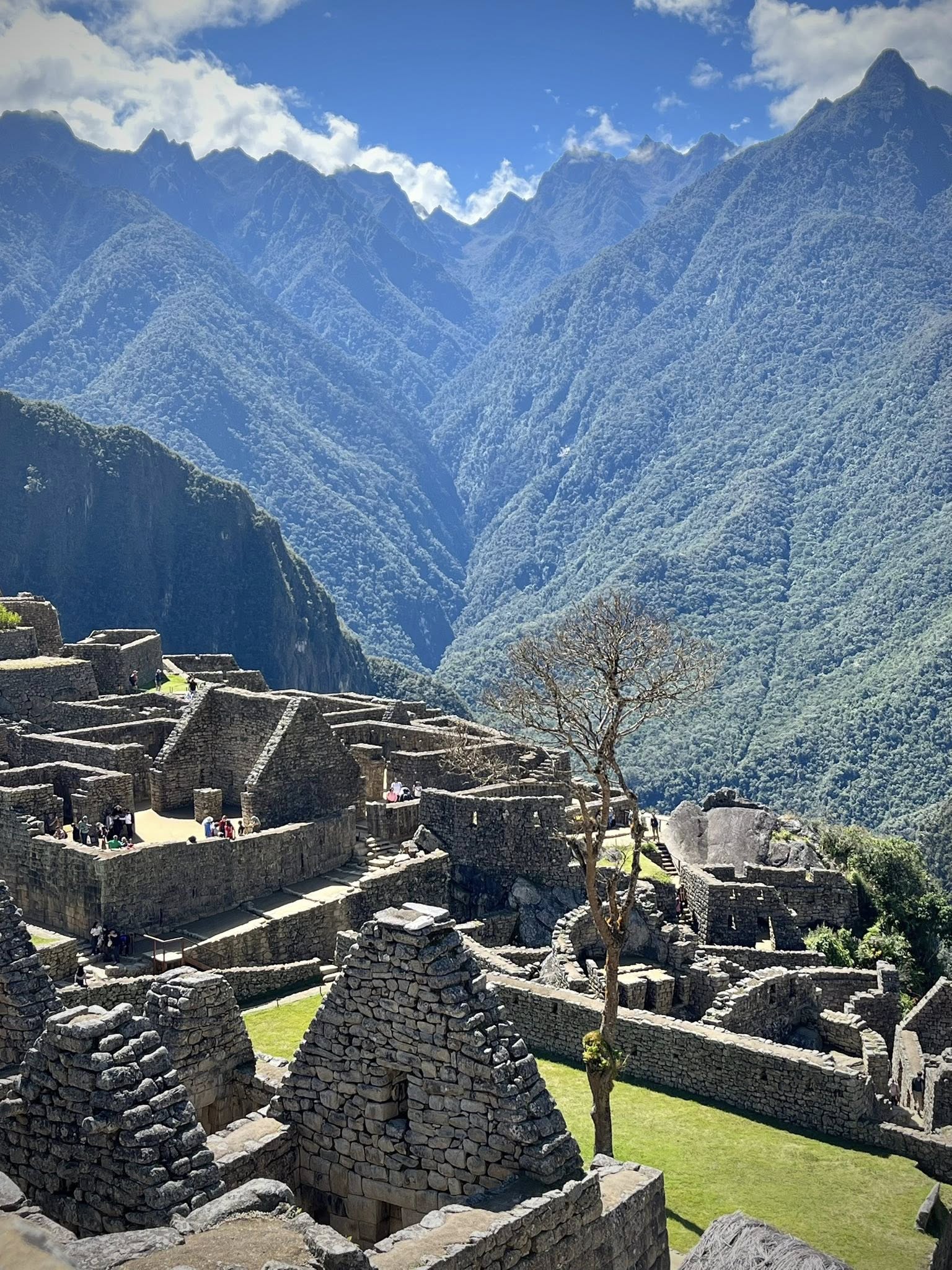
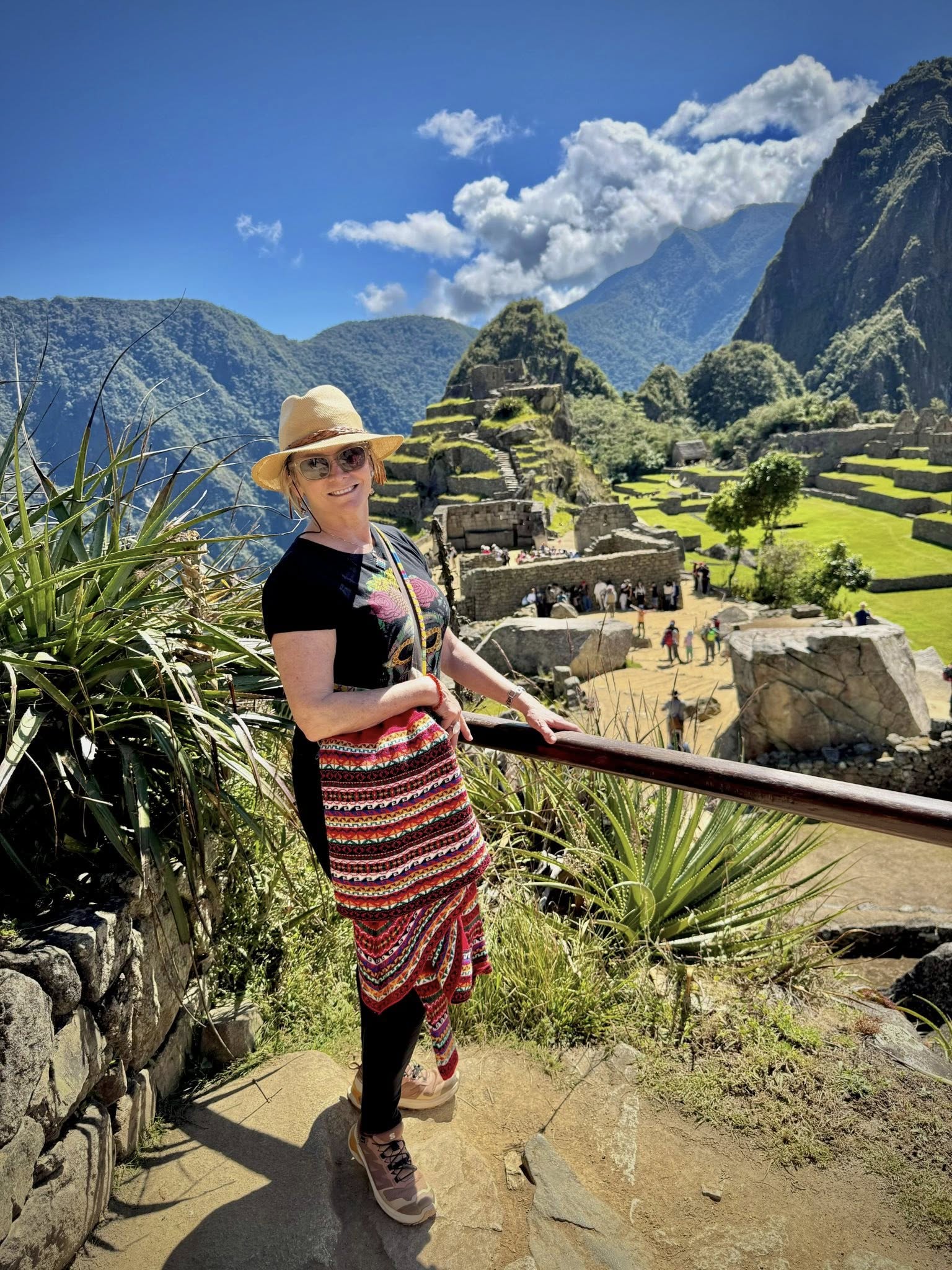
After leaving the premises, we had to wait in a long line for 45 minutes to get a bus down the hill. Once back in the village, we had a reserved lunch spot at the Cafe Inkaterra.
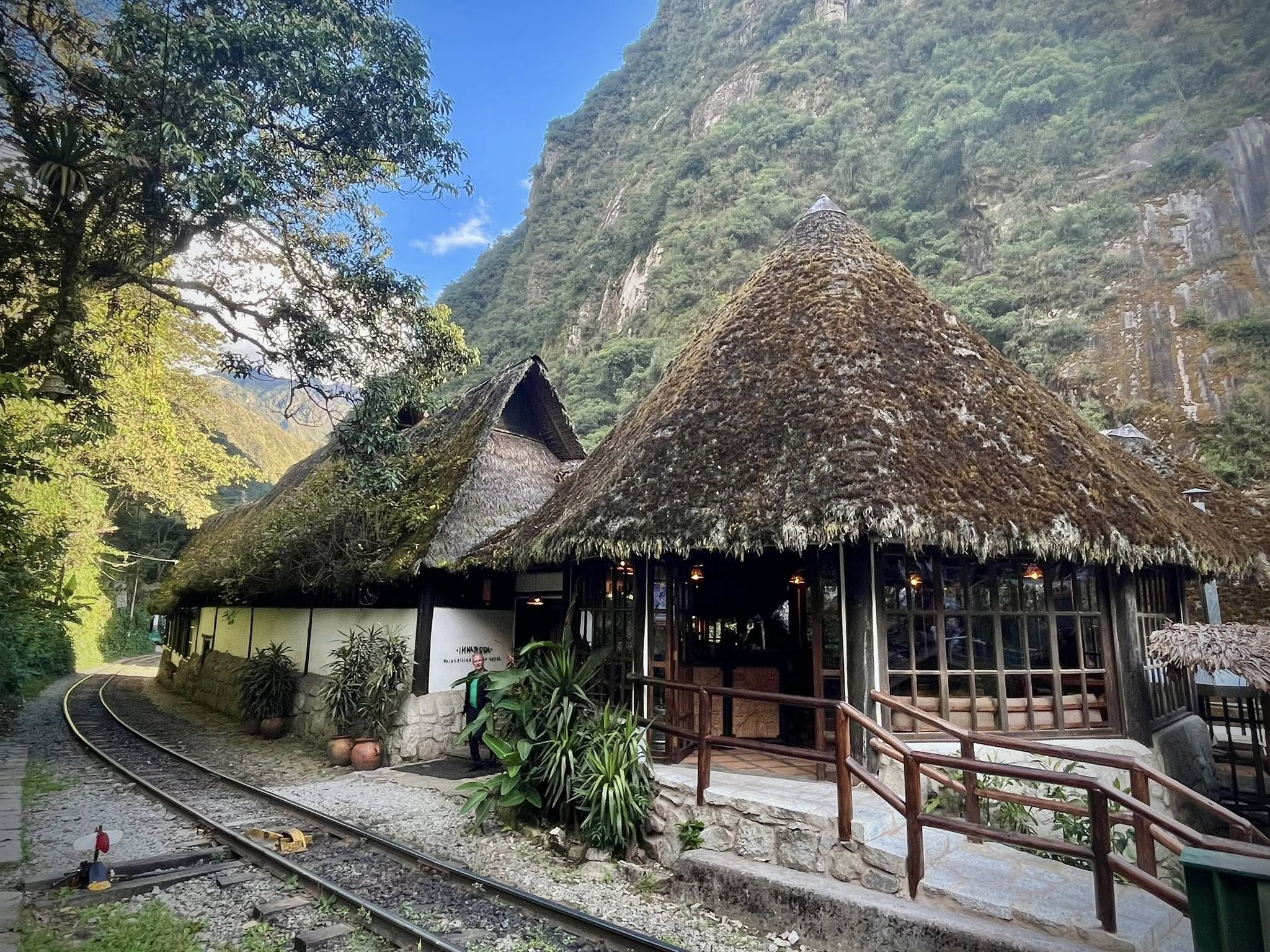
The nicely decorated restaurant was situated between the two train tracks entering the town. It was quite funny to feel the rumbling of the trains as we ate our meal.
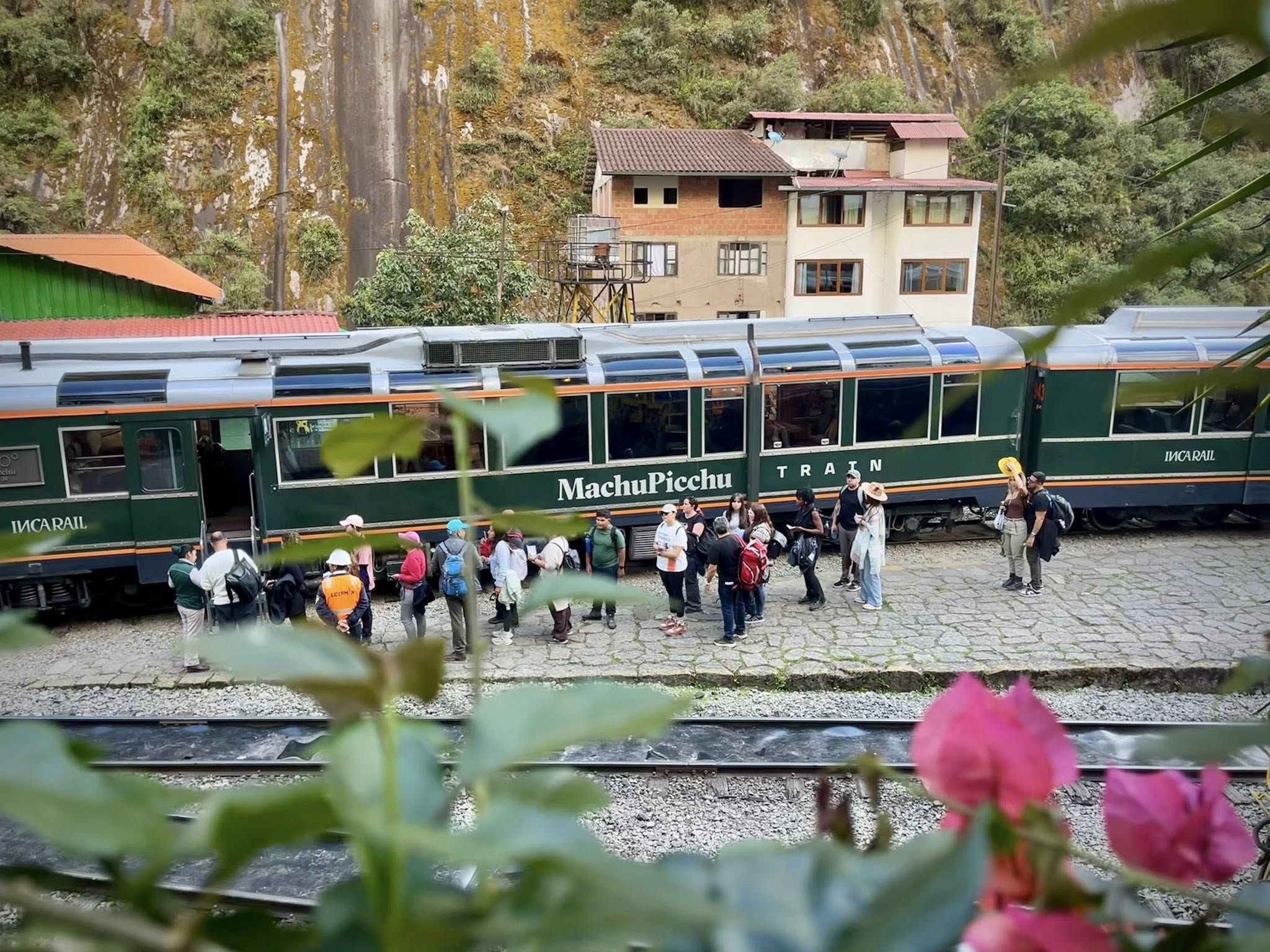
We returned on the train but got off early in the town of Ollantaytambo where we were taken to our hotel for the night in the small village of Yucay.
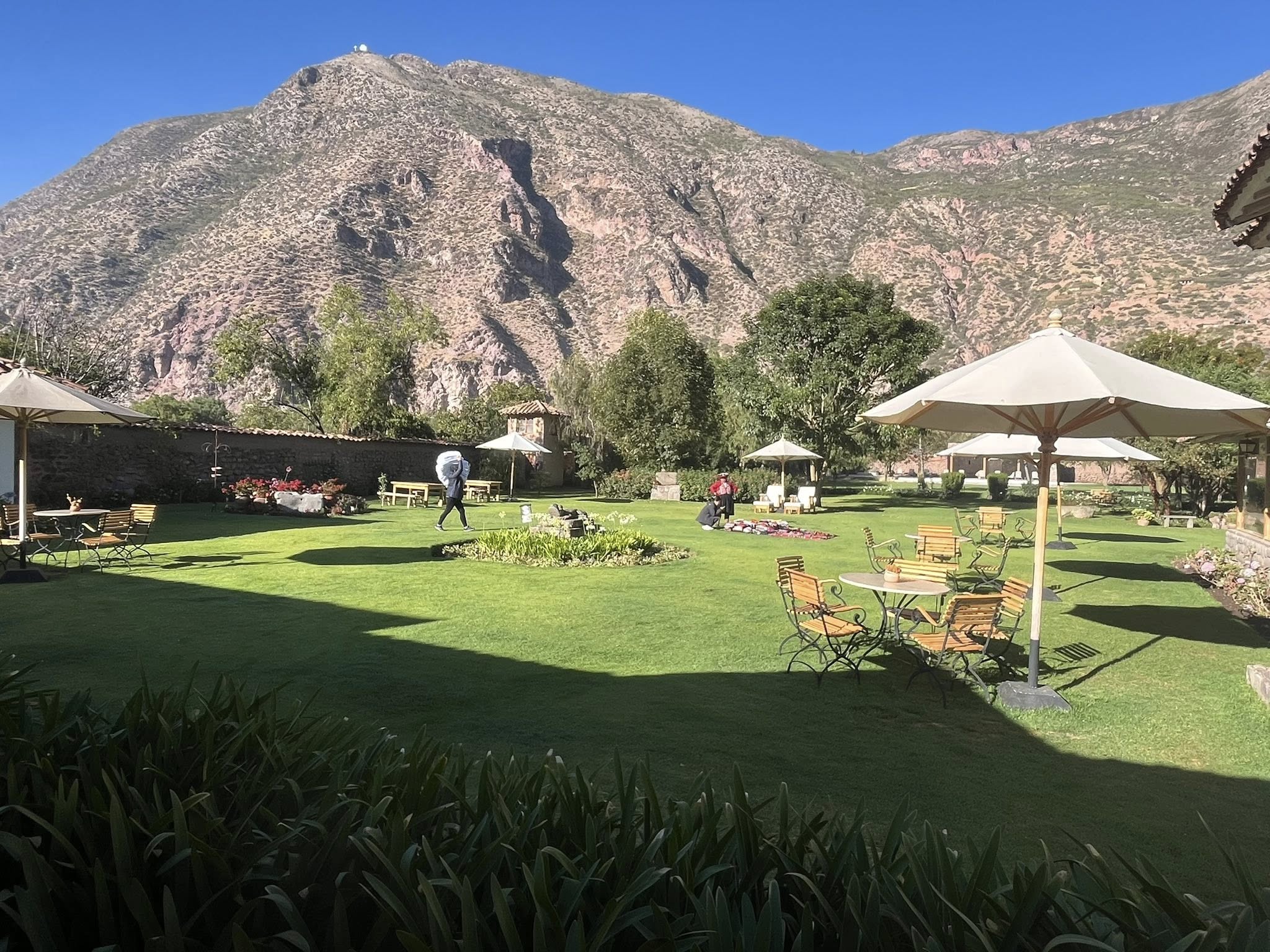
Day 11 – Peru Sacred Valley
On this day (June 22, 2025), we left Yucay and spent the day touring the sites in the Sacred Valley of the Incas. The below map shows the different sites we visited while in the Cusco area.

Chinchero
This mountainous region was breathtaking. We drove up high to our first stop to visit the village of Chinchero.
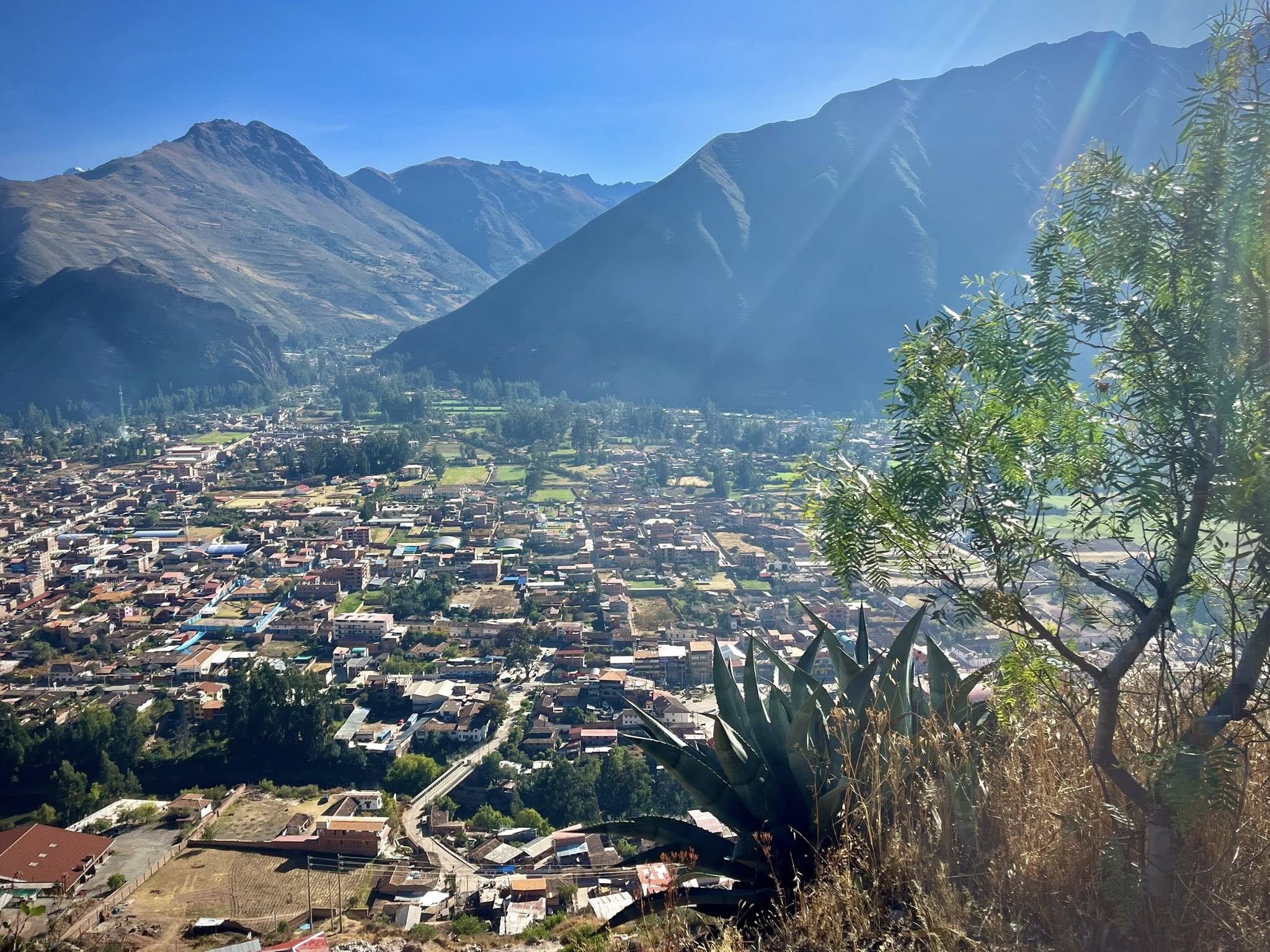
In Chinchero, the Incas built an impressive network of Inca platforms and roads surrounding the Túpac Yupanqui palace.
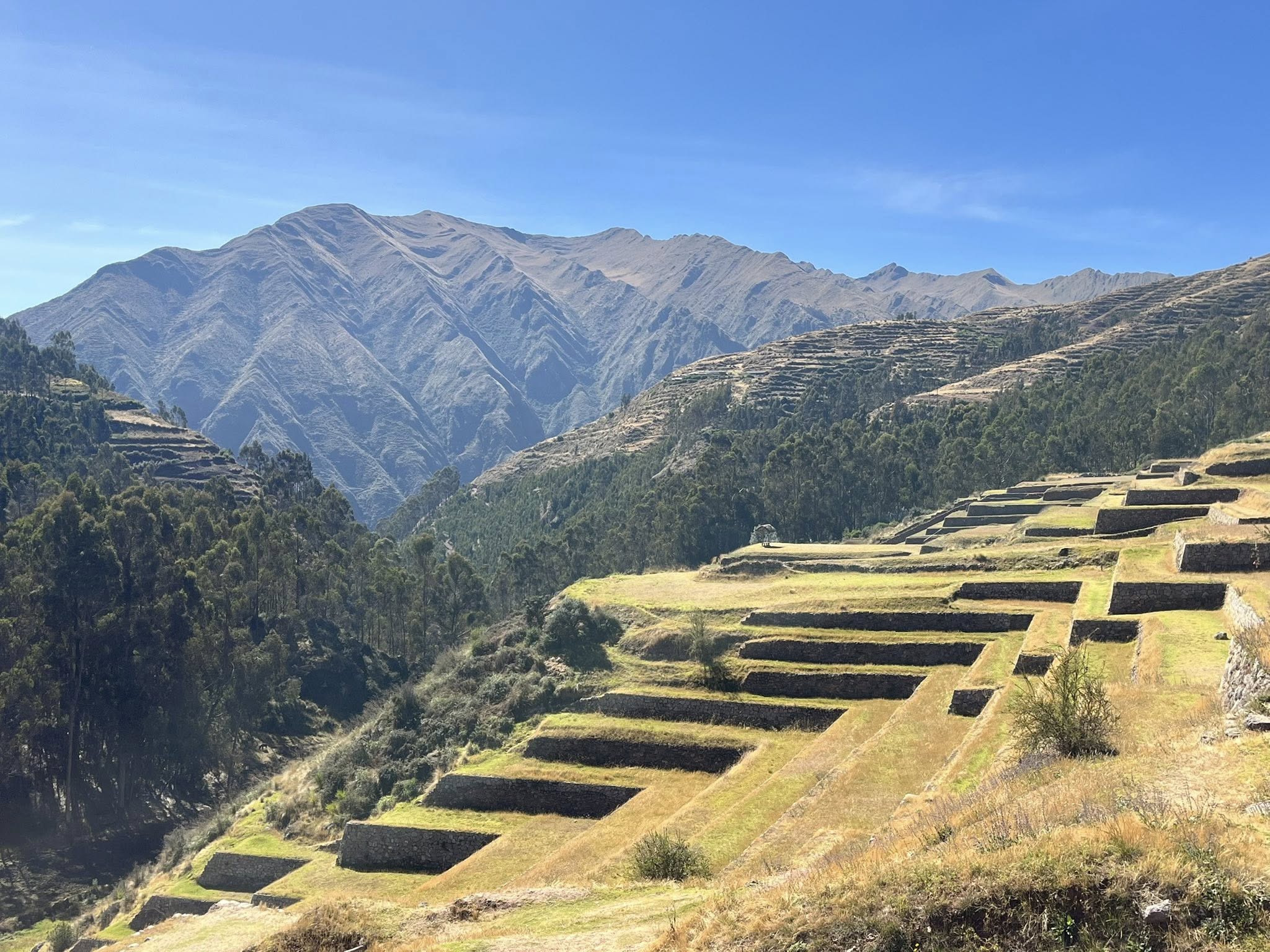
The archaeological site covers an area of up to 43 hectares where you can see platforms, terraces, stone enclosures, Inca roads, and temples.
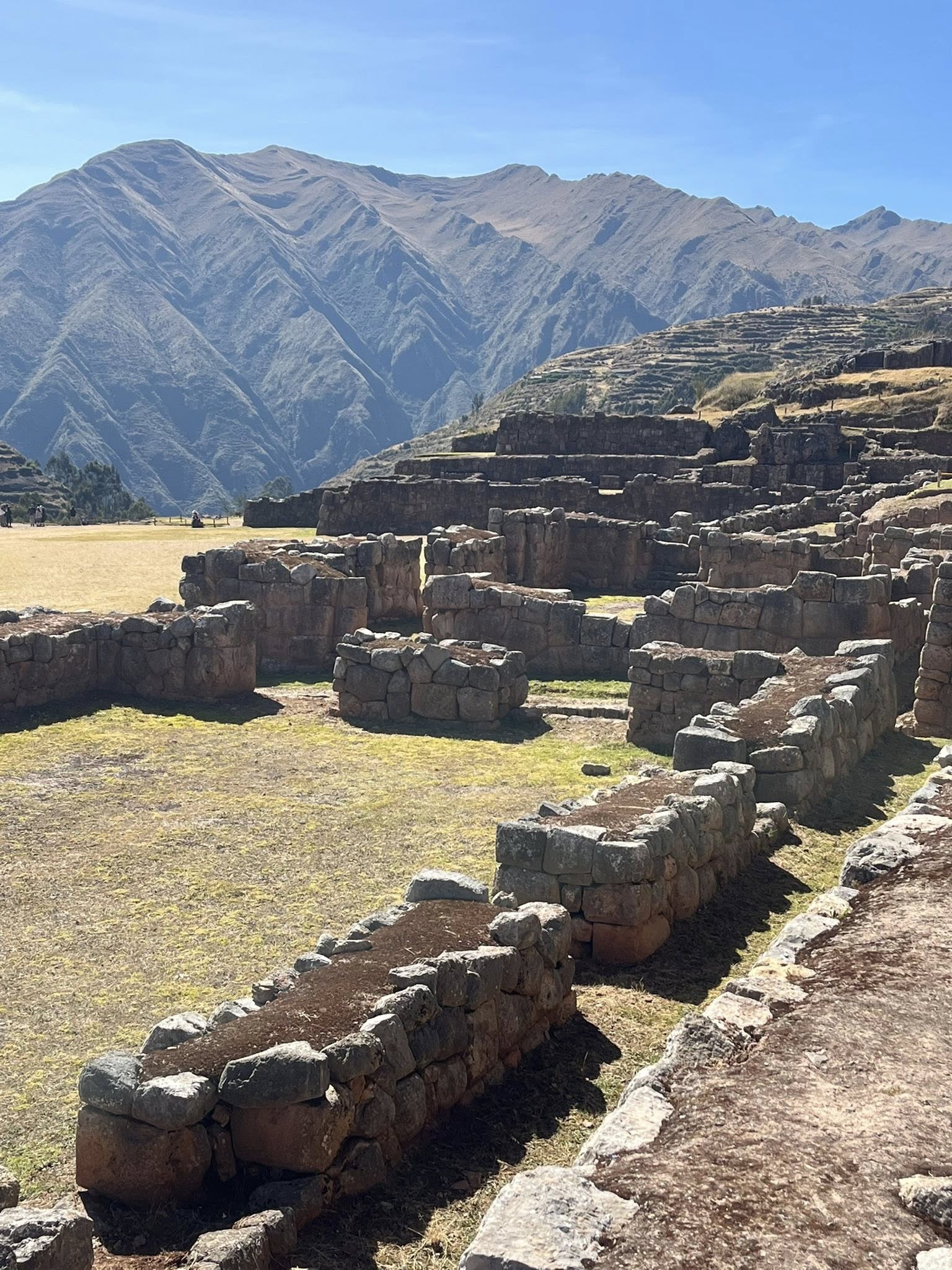
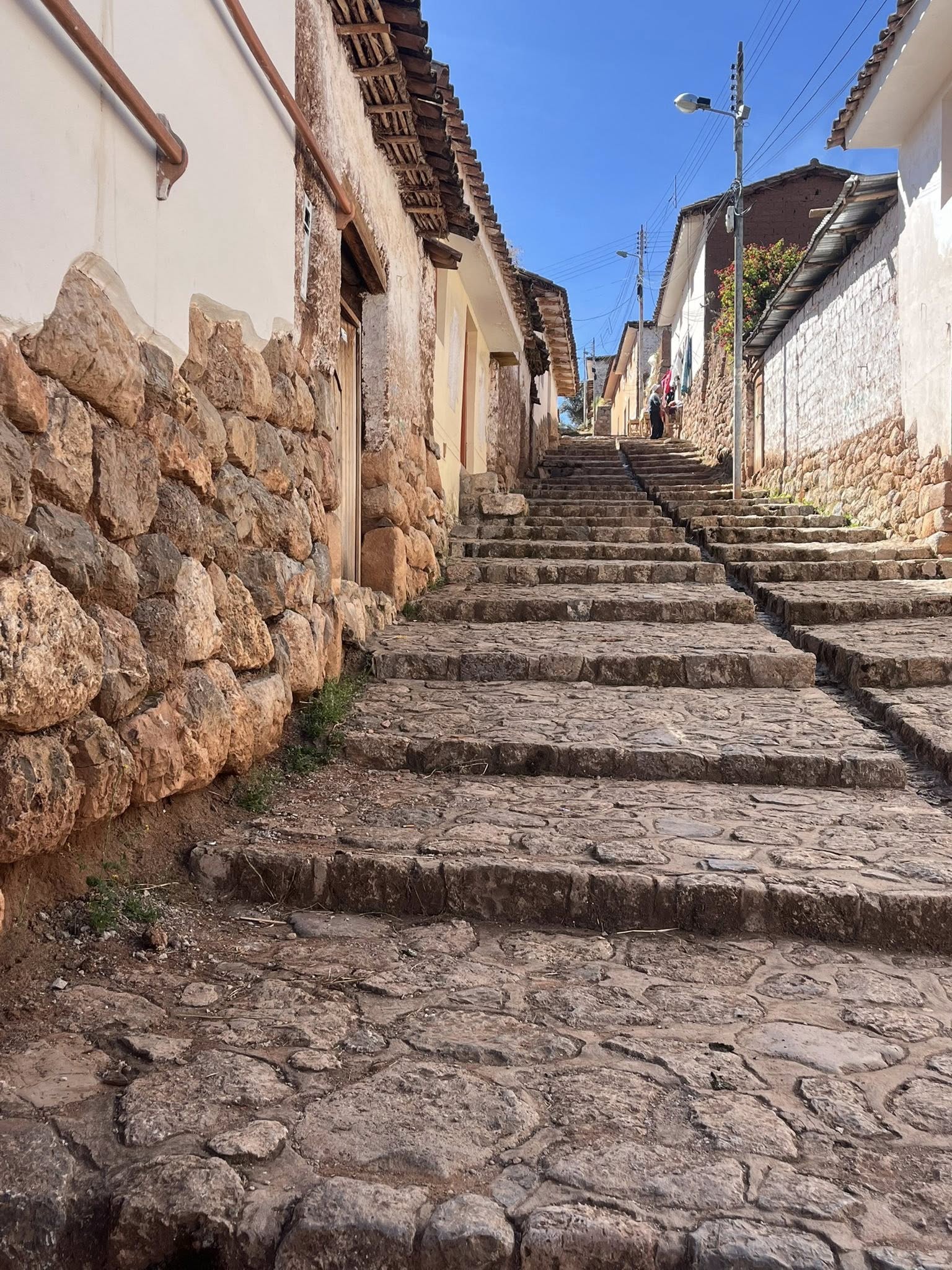
On the remains of the Túpac Yupanqui palace is the church of Chinchero. It was built around 1572 by Viceroy Toledo and completed in 1607, naming it the Church of Our Lady of Monserrat.
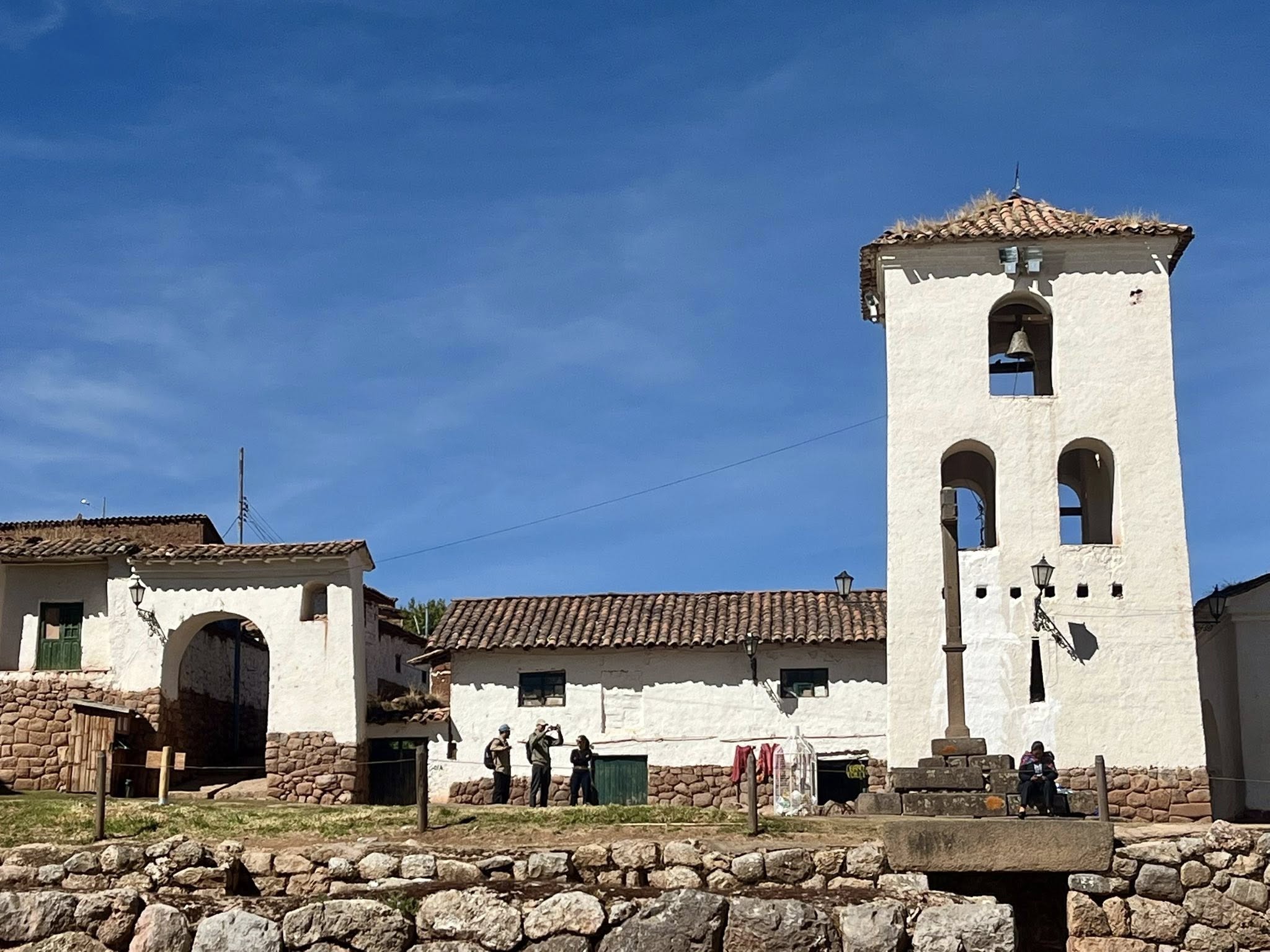
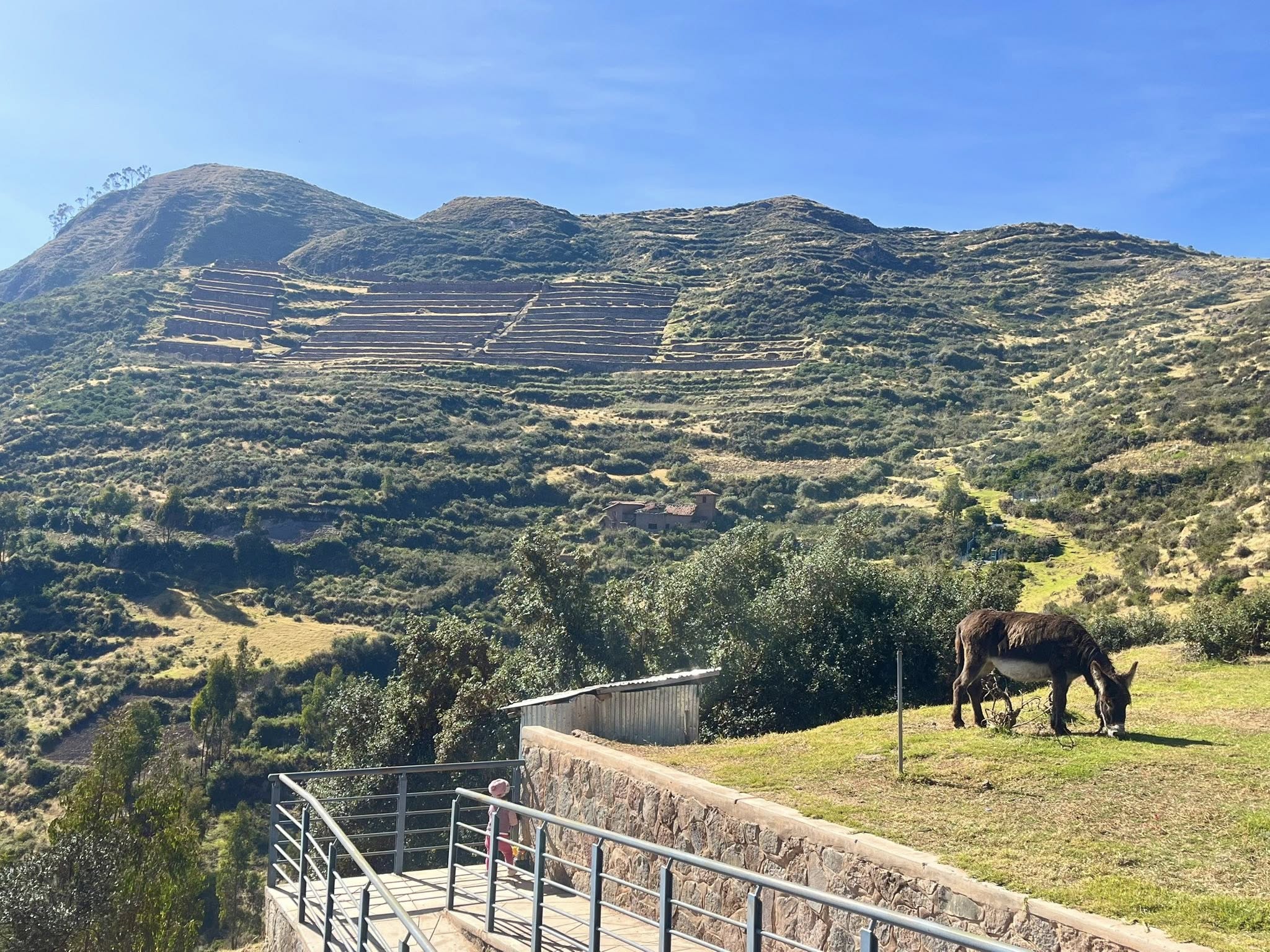
In Chinchero, we visited a center where the locals weave articles created from colored yard made from natural products and alpaca/llama fiber.
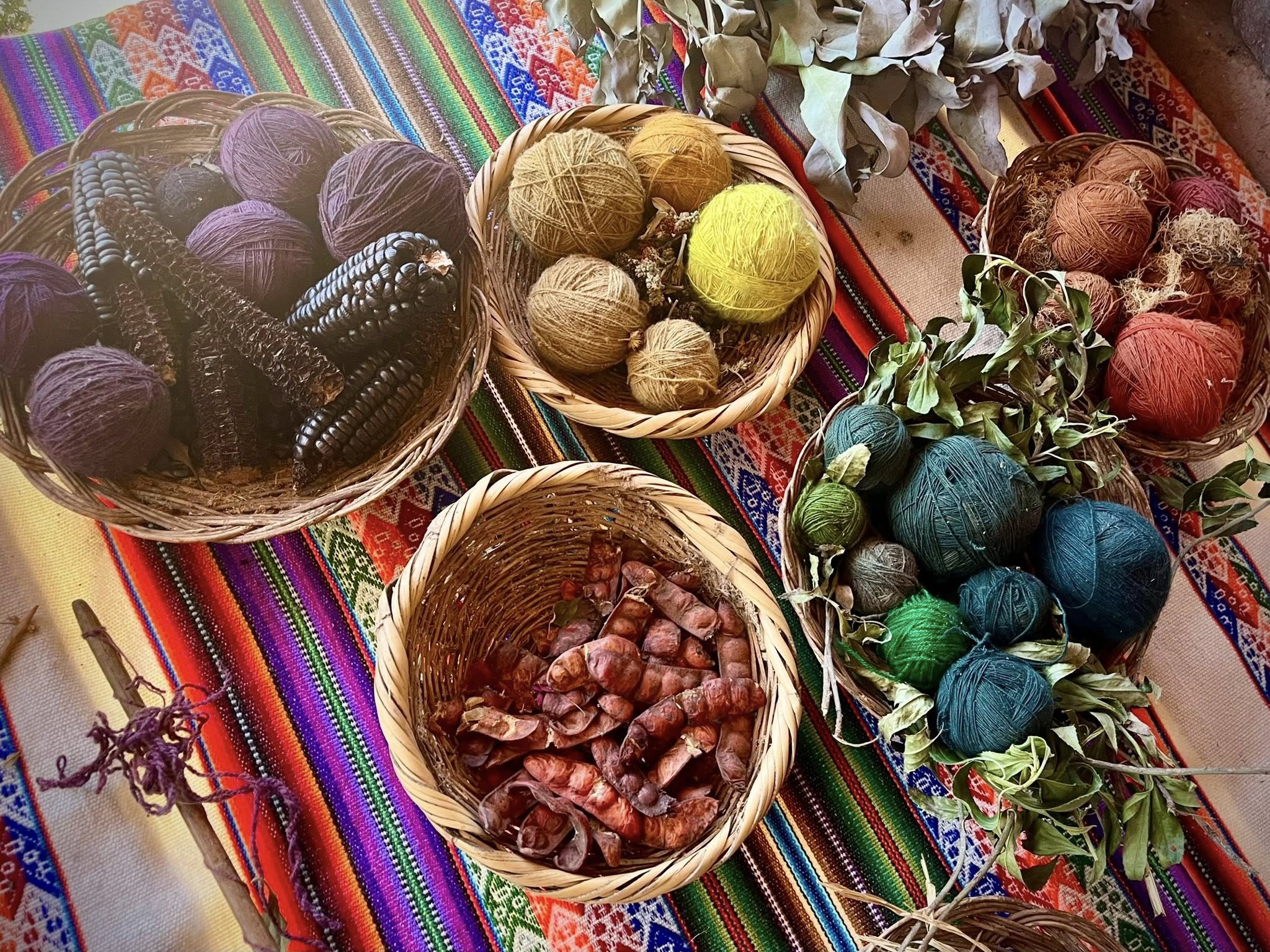
Our last stop in the busy village of Chinchero was the food market. Many locals were selling produce and traditional food. I found the people to be very friendly and open to the curious tourists.
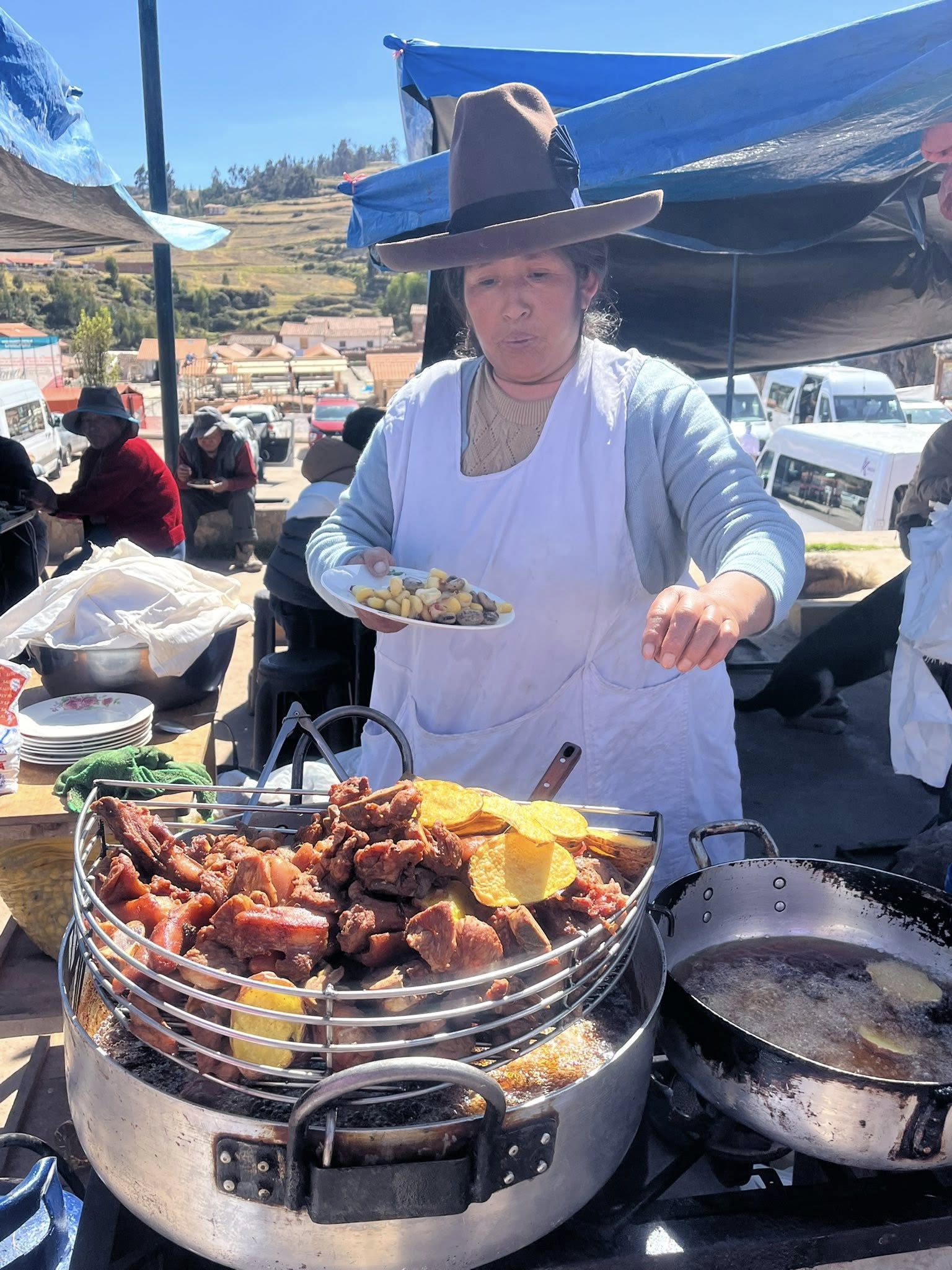

Ollantaytambo
The second visit of the day was the Ollantaytambo Inca ruins. The town and base of the ruins sit at approximately 2792 m (9160 ft). The Ollantaytambo Archaeological Site in Peru’s Sacred Valley is second in importance to Machu Picchu.
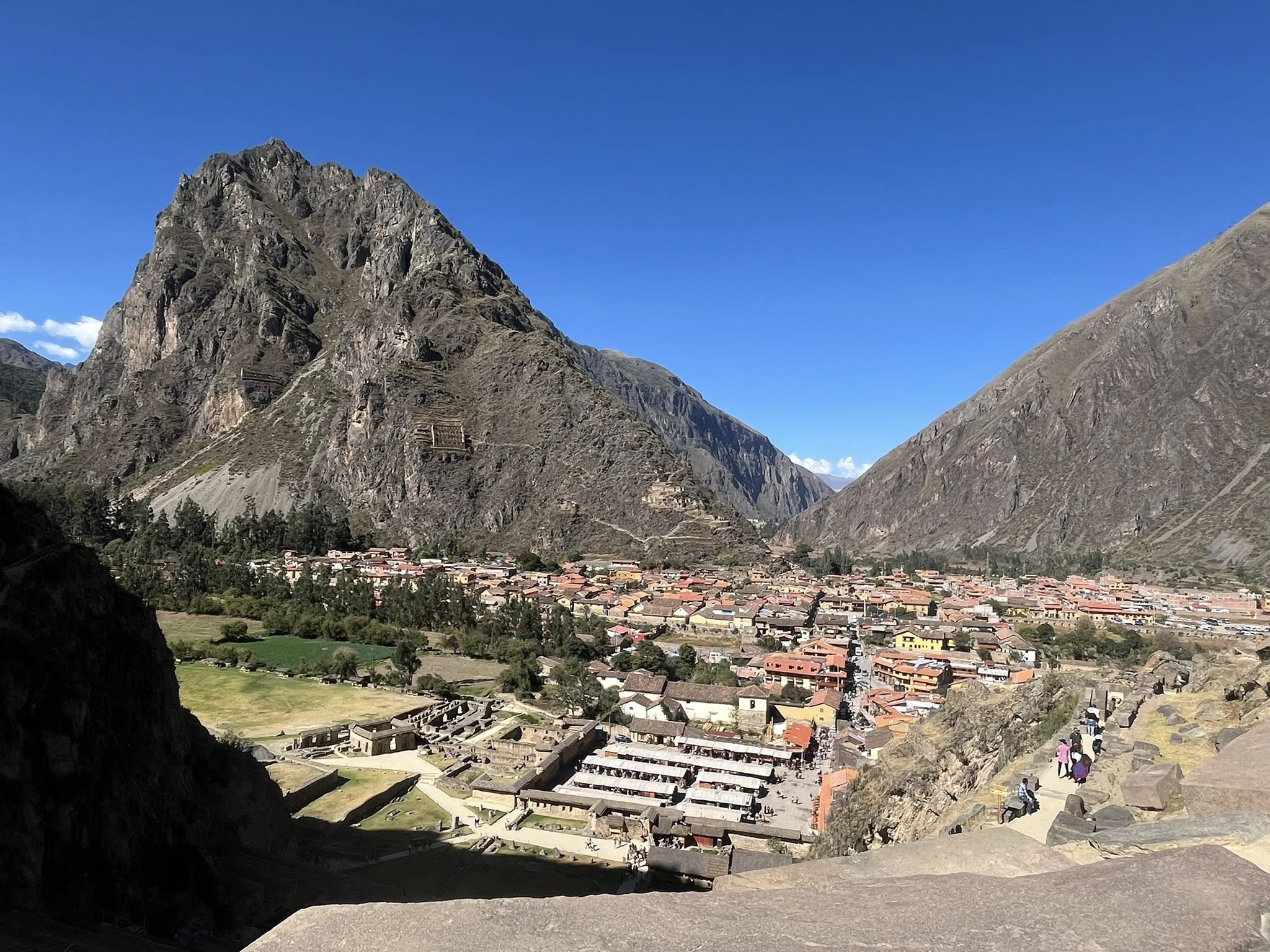
We walked up the many steps to the top of the site with a great view of Ollantaytambo. These prominent ruins overlooking Ollantaytambo townsite were the site of the only major Inca defeat of Spanish forces.

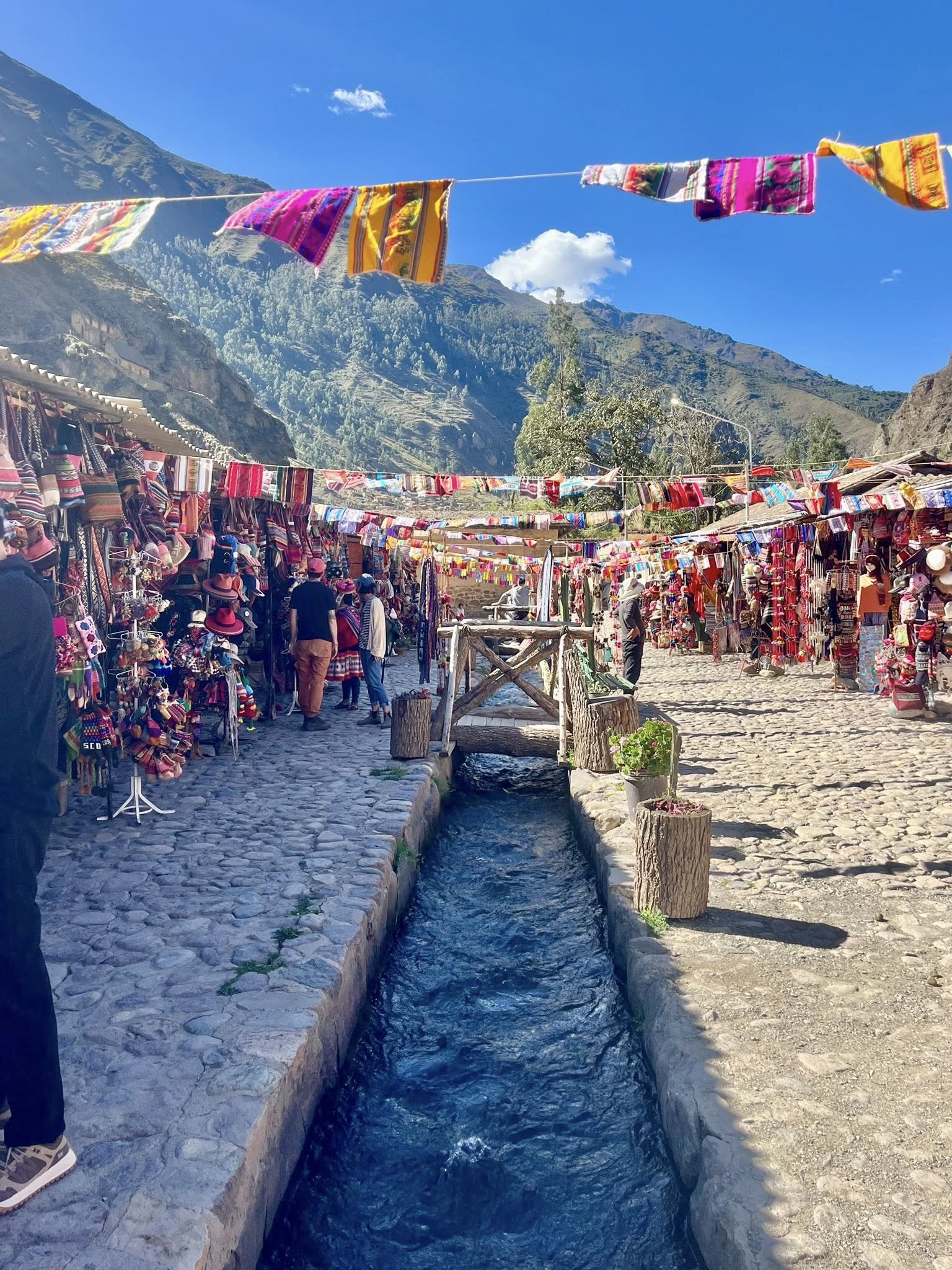
Moray Inca Terraces
Our final stop of the day was the Moray Inca Terraces. This ruin site is composed of three groups of circular terraces that descend 490 feet (150 meters) from the highest terrace to the lowest. Each area has 12 levels of terraces with the largest depression having a diameter of 600 feet.
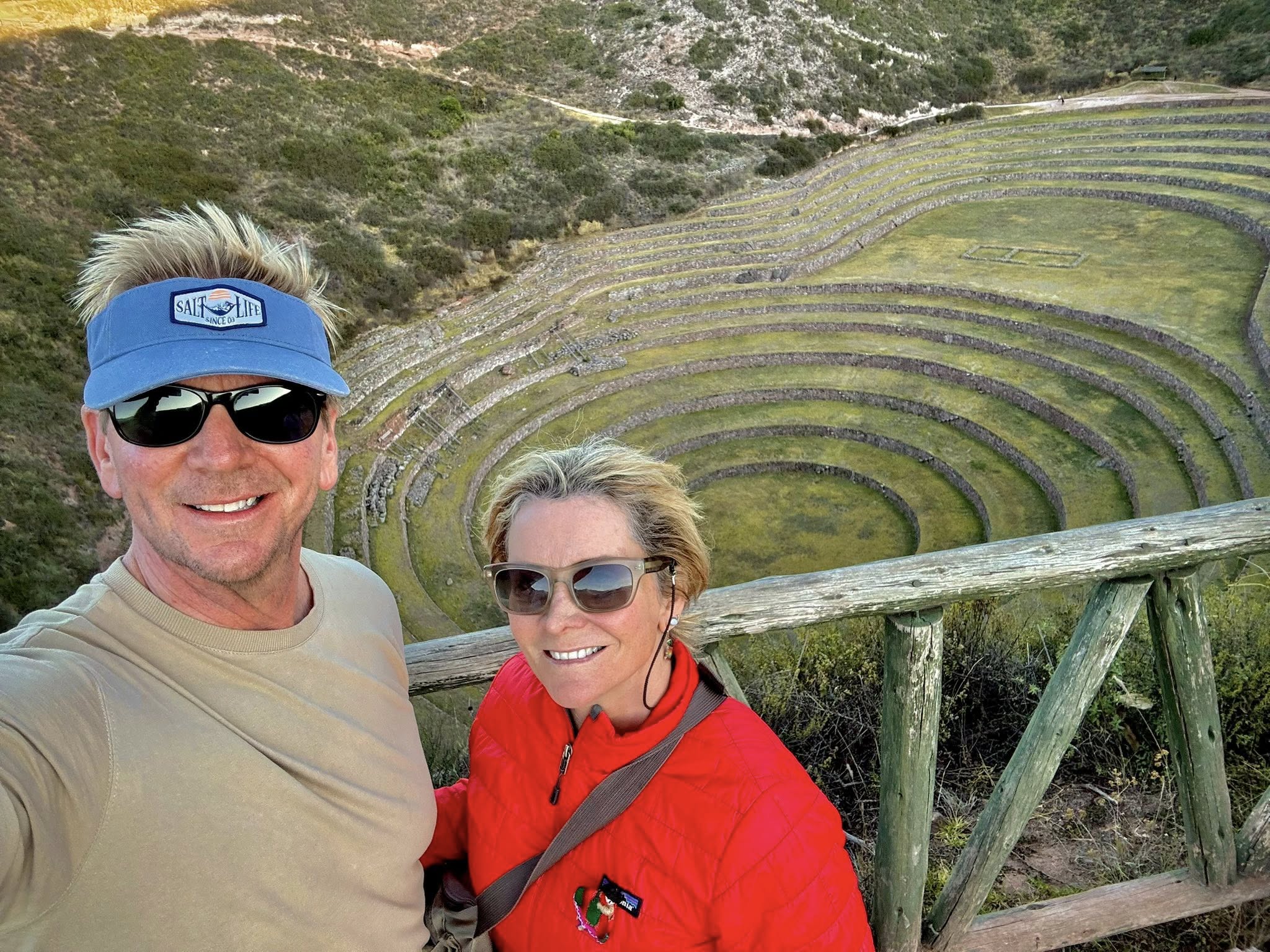
It is widely believed that the Moray ruins were used as an experimental farm by the Incas over 500 years ago. It would have been amazing to see this area with the crops growing.
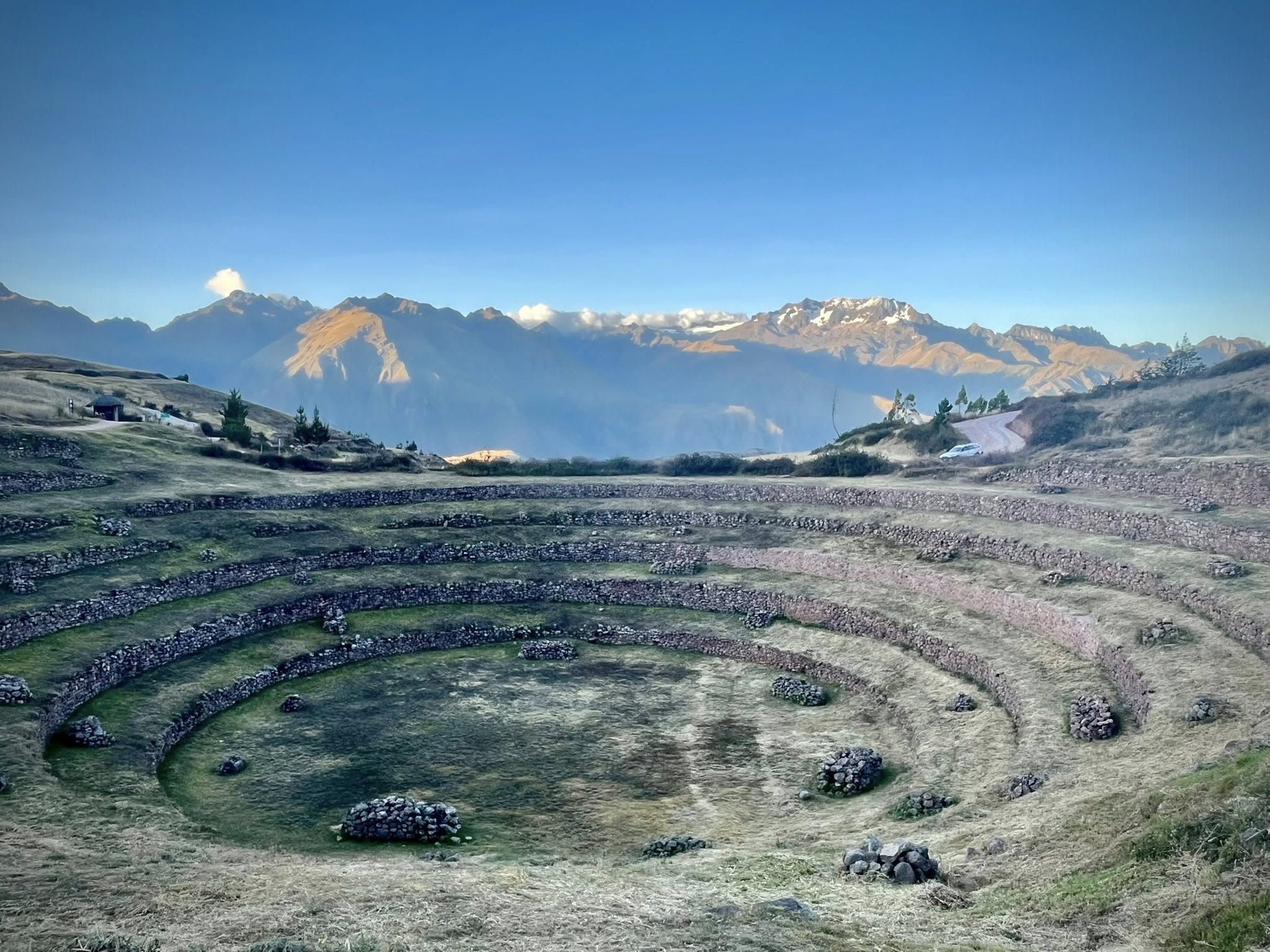
The theory was that the Inca Empire used each terrace at Moray as its own microclimate. This allowed the Incas to study the effects of altitude, temperature, and sun absorption on crop growth to determine ecological niches suitable for crops to thrive.
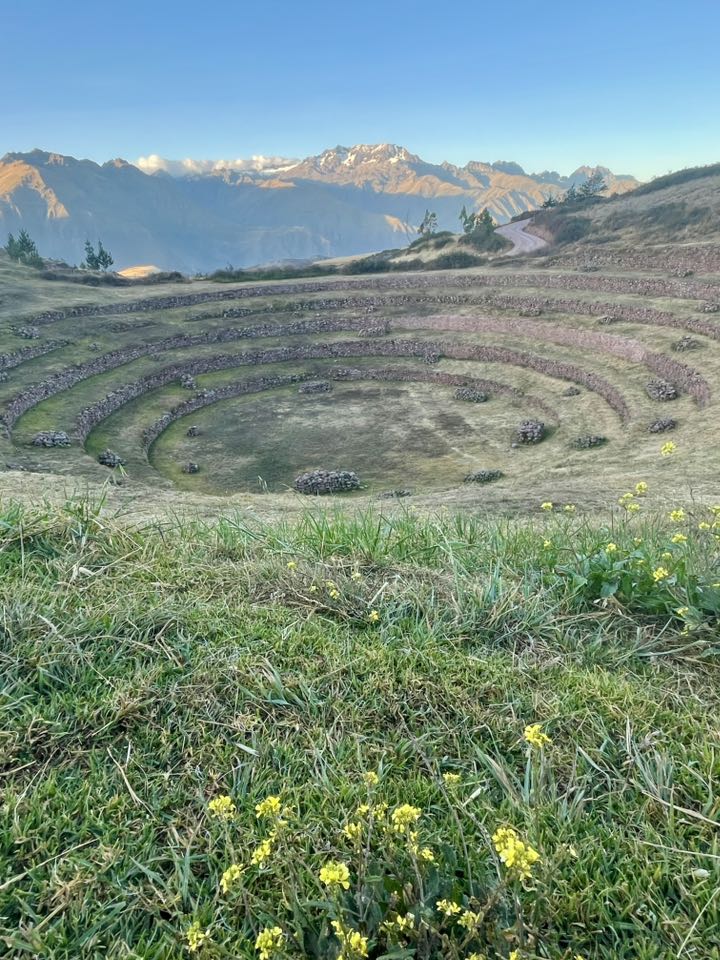
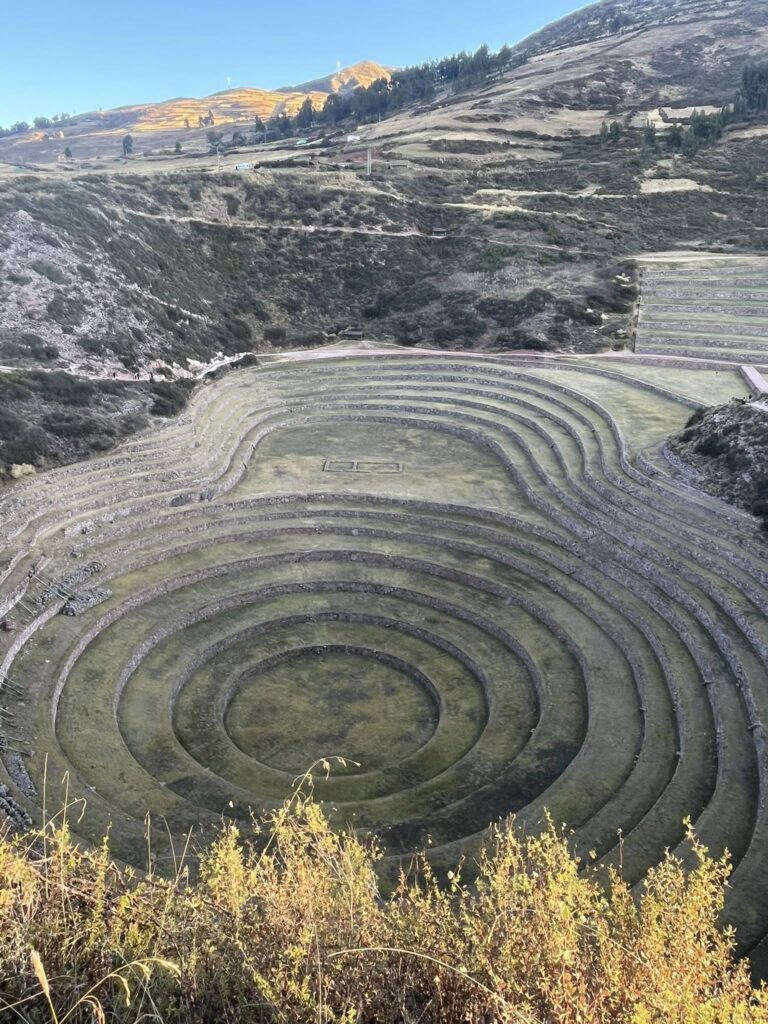
After this final Sacred Valley visit, we returned to Cusco for our last night. The following morning, we visited the busy San Pedro market where I bought some Peruvian souvenirs.


We walked into the square again to shop and watch the impressive parade and festival.
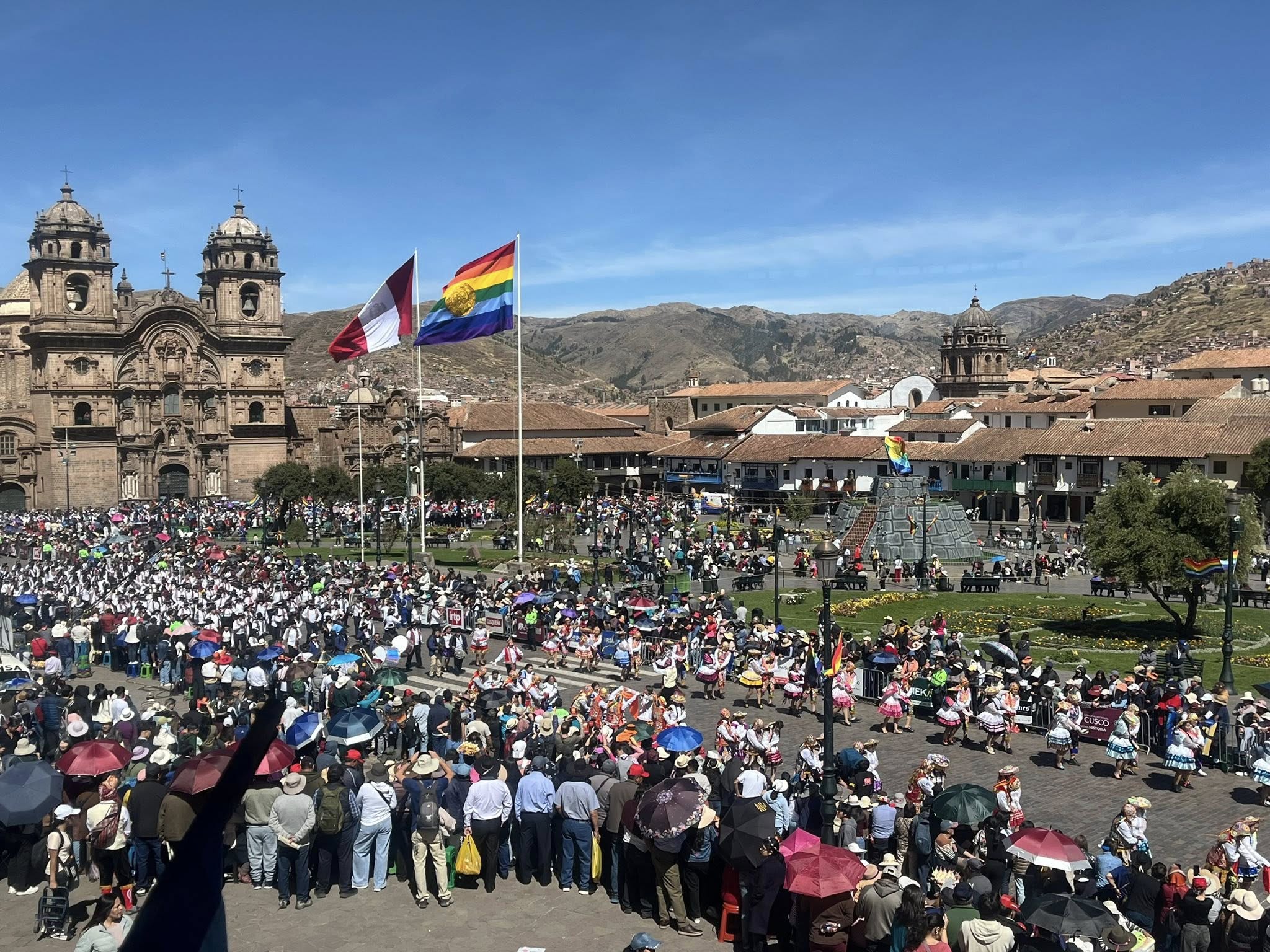
What a great trip it was to visit all these wonderful places in Peru and Bolivia. I feel like we covered a lot of ground during the two weeks. Of course there were places not included in our agenda such as Rainbow Mountain and Huacachina oasis, but we enjoyed this organized tour. I hope you’ve enjoyed reading about our Peru and Bolivia Itinerary!



